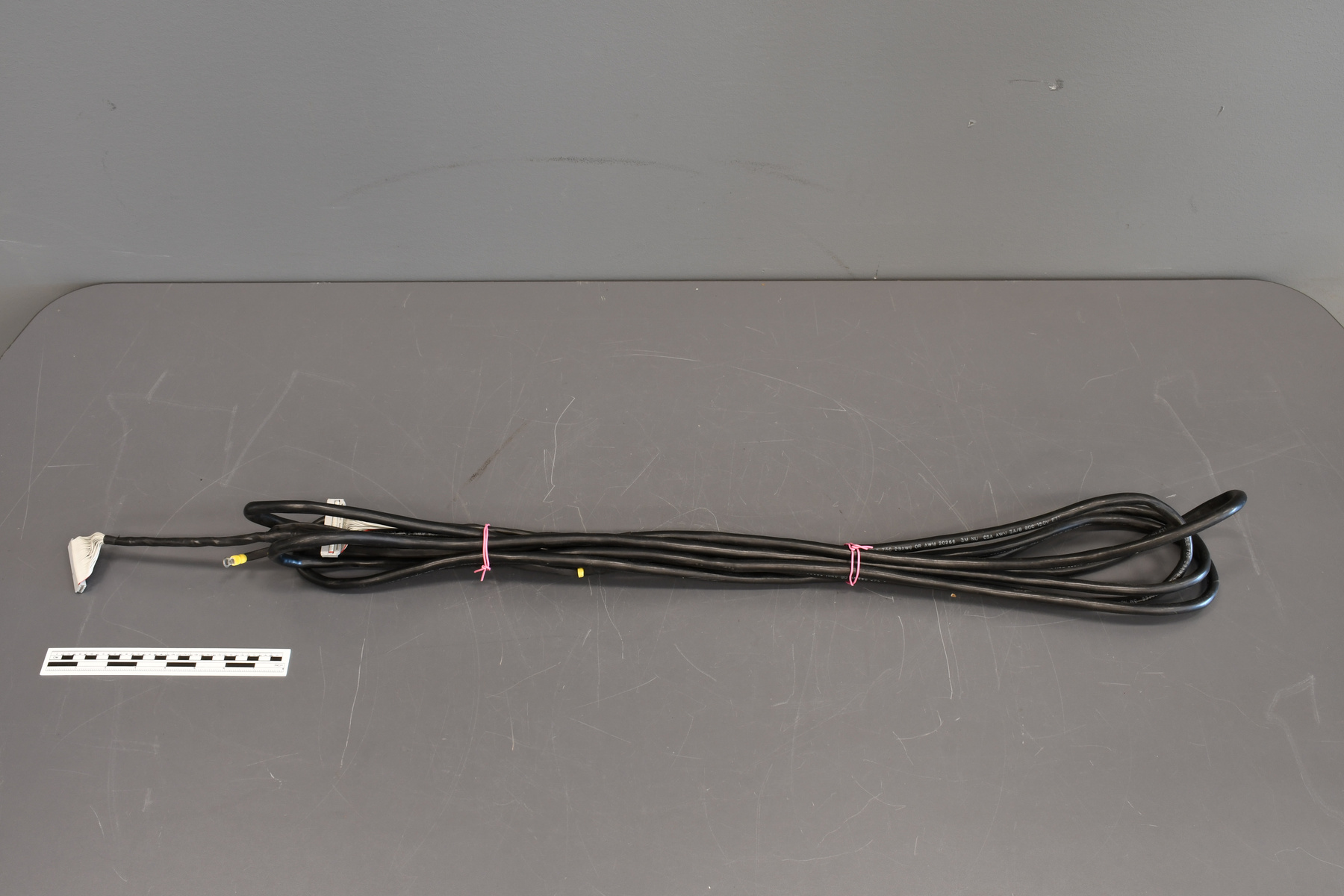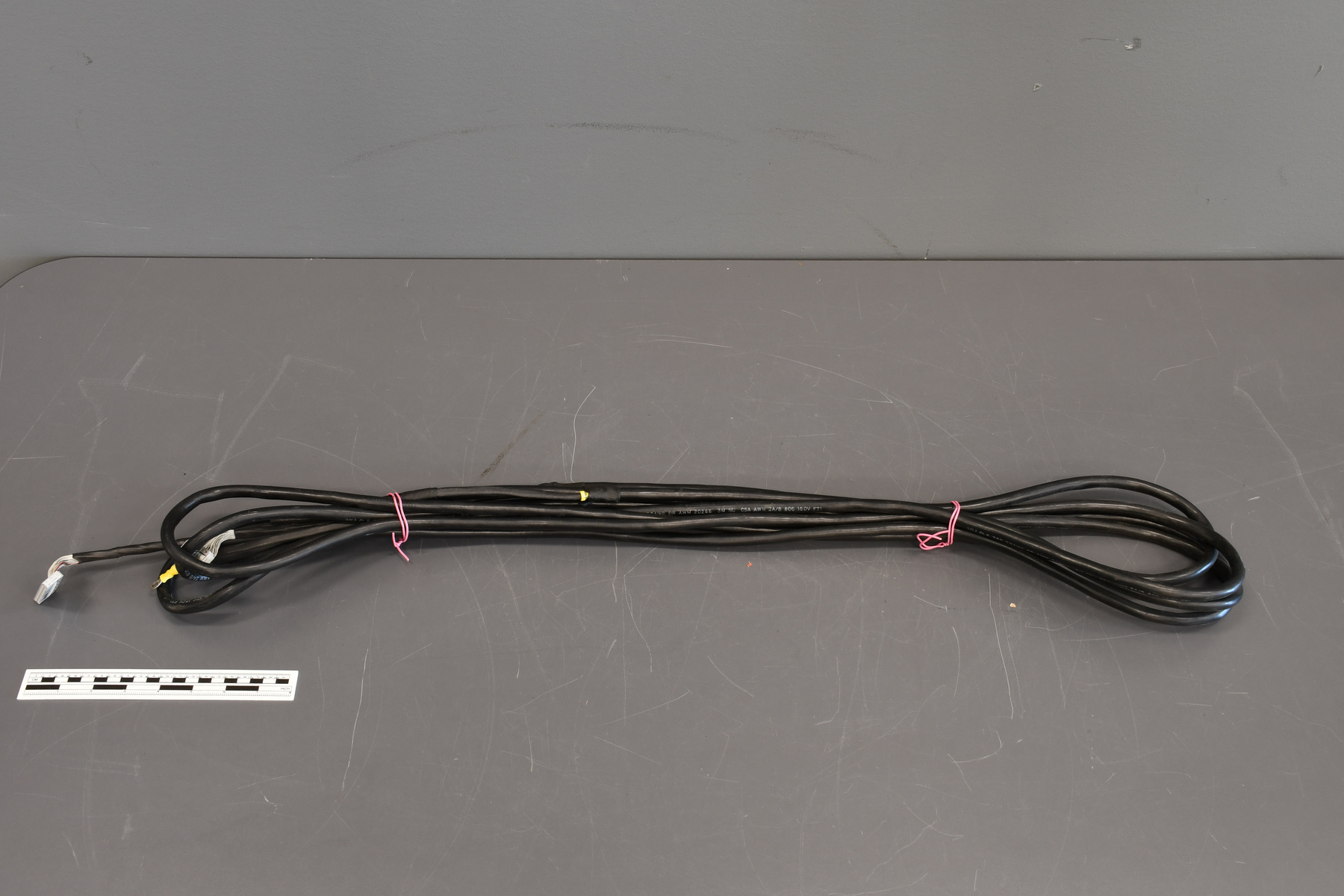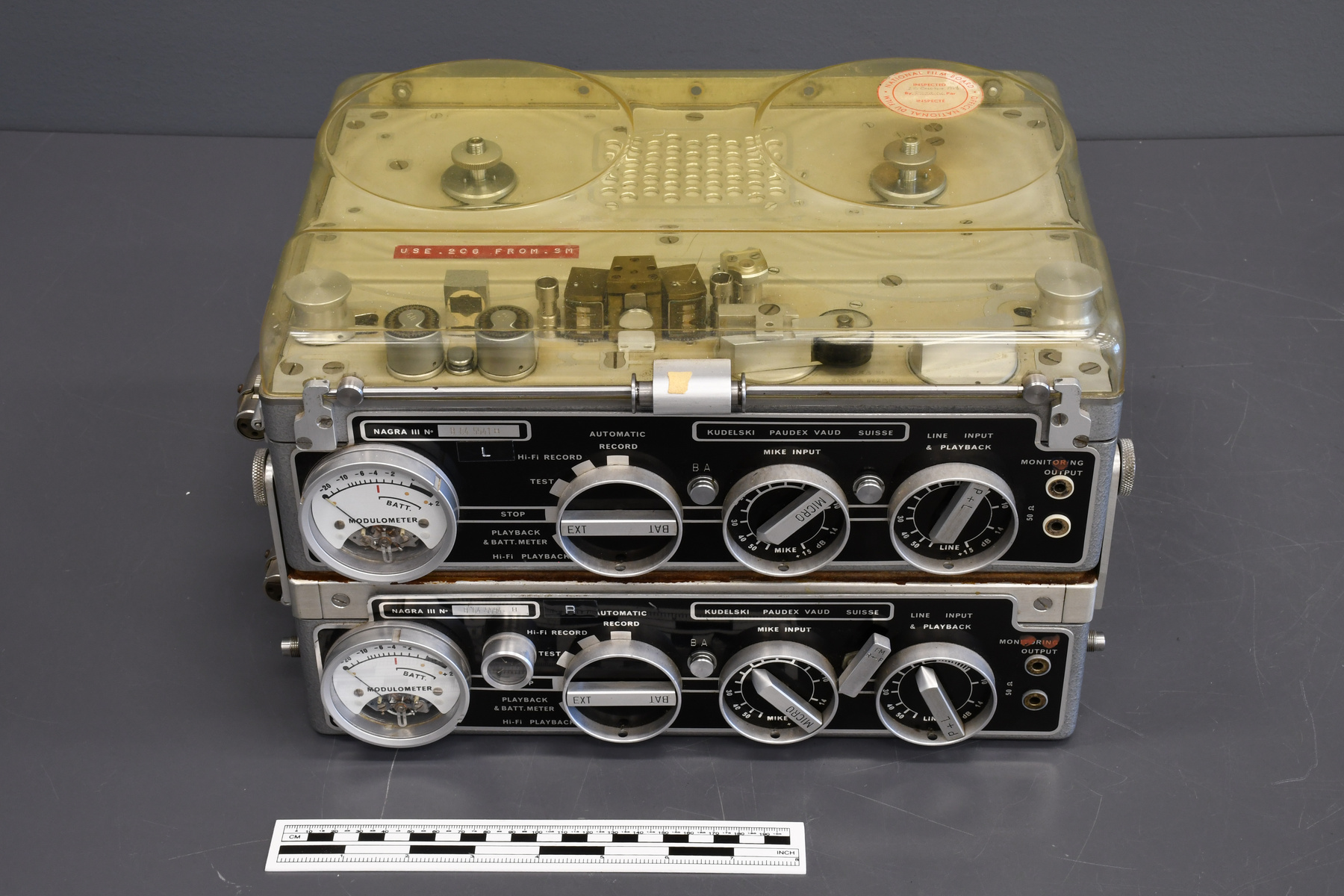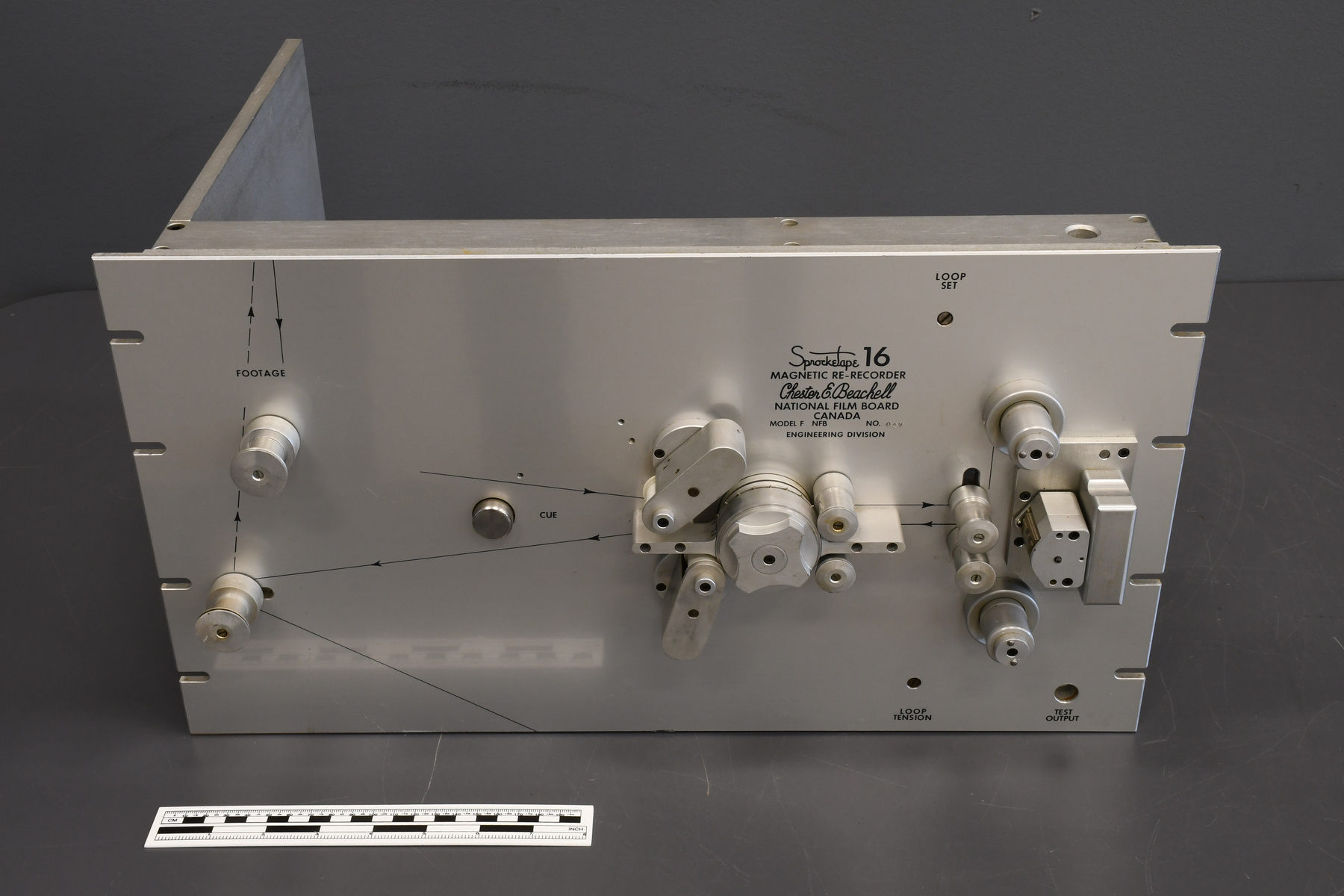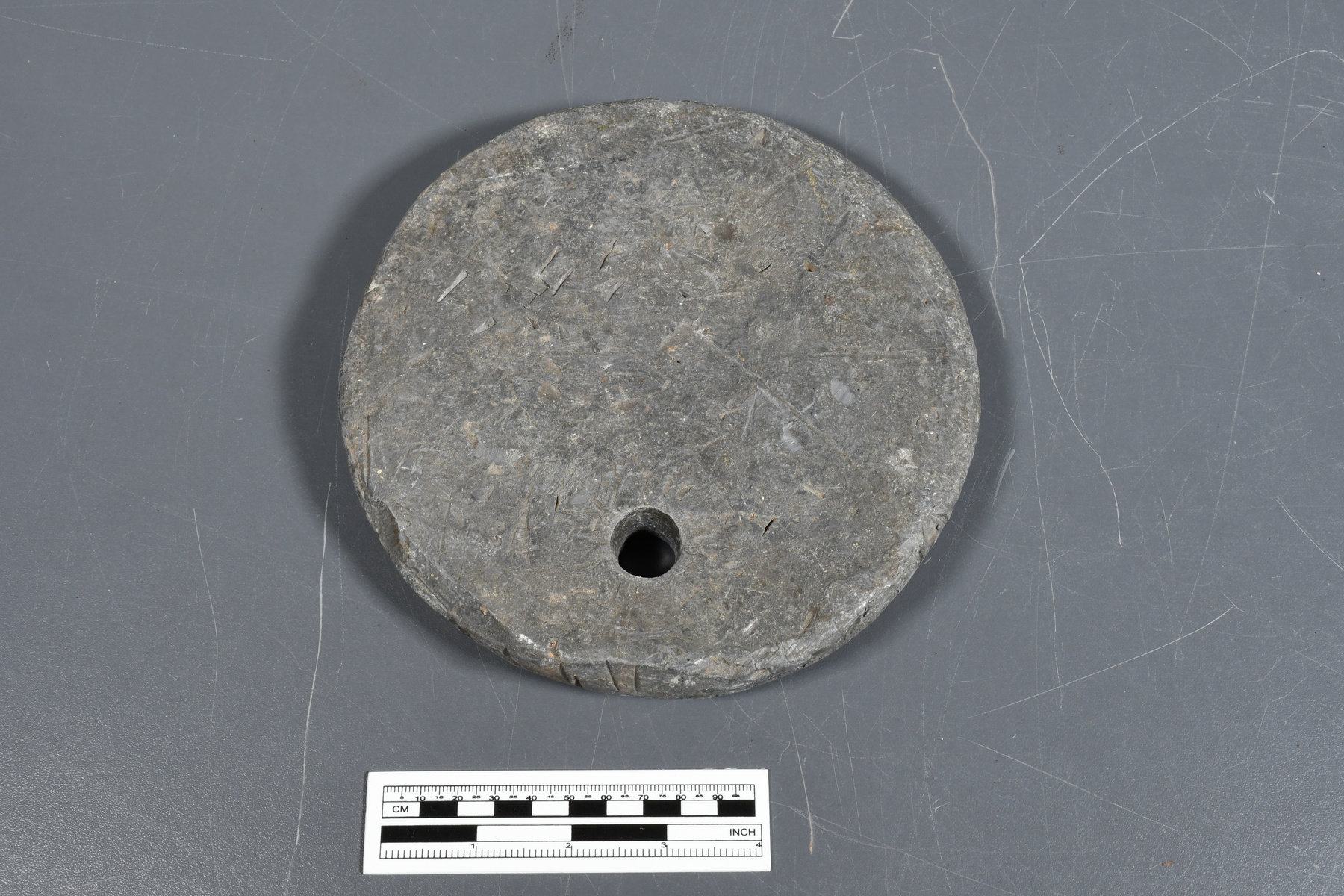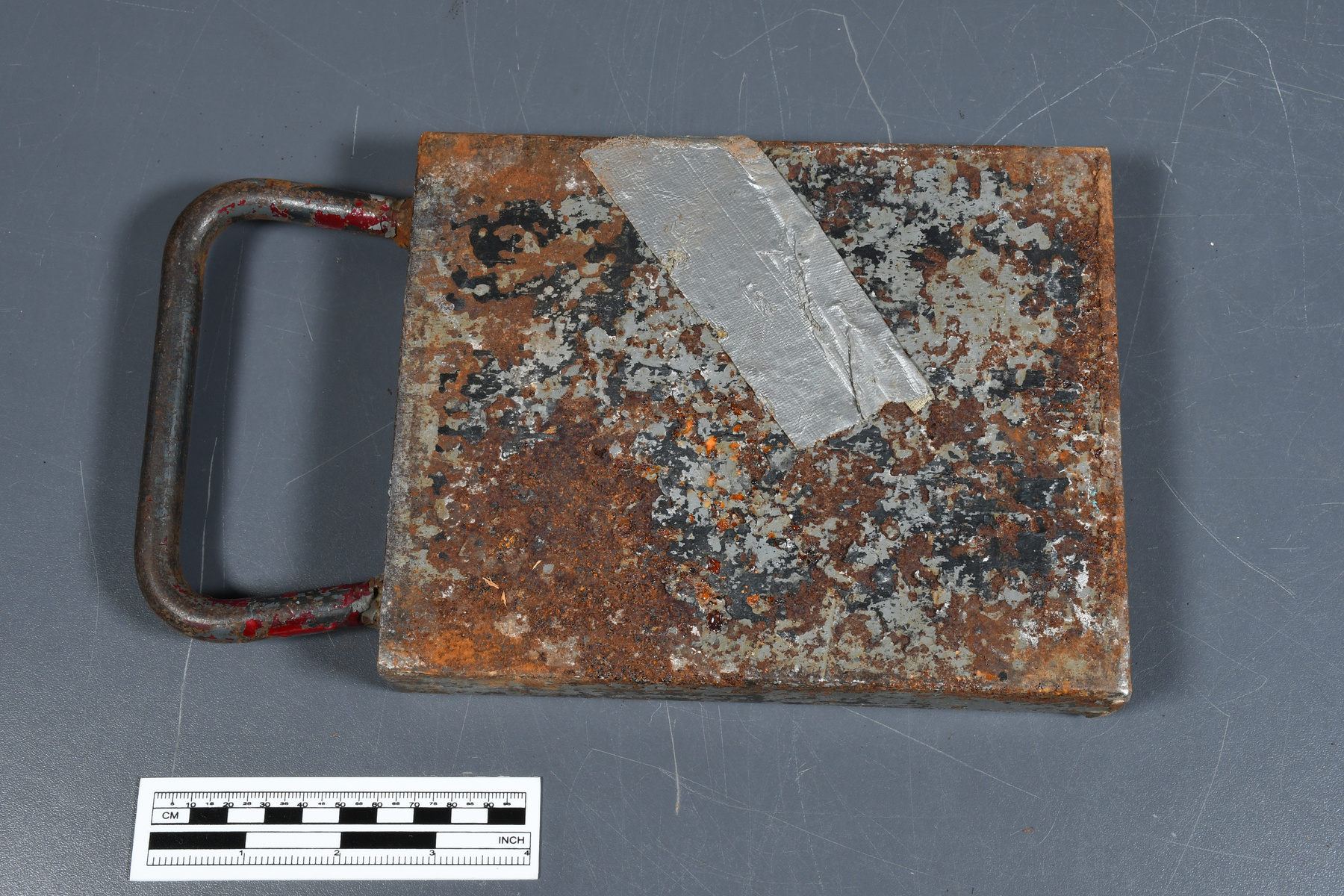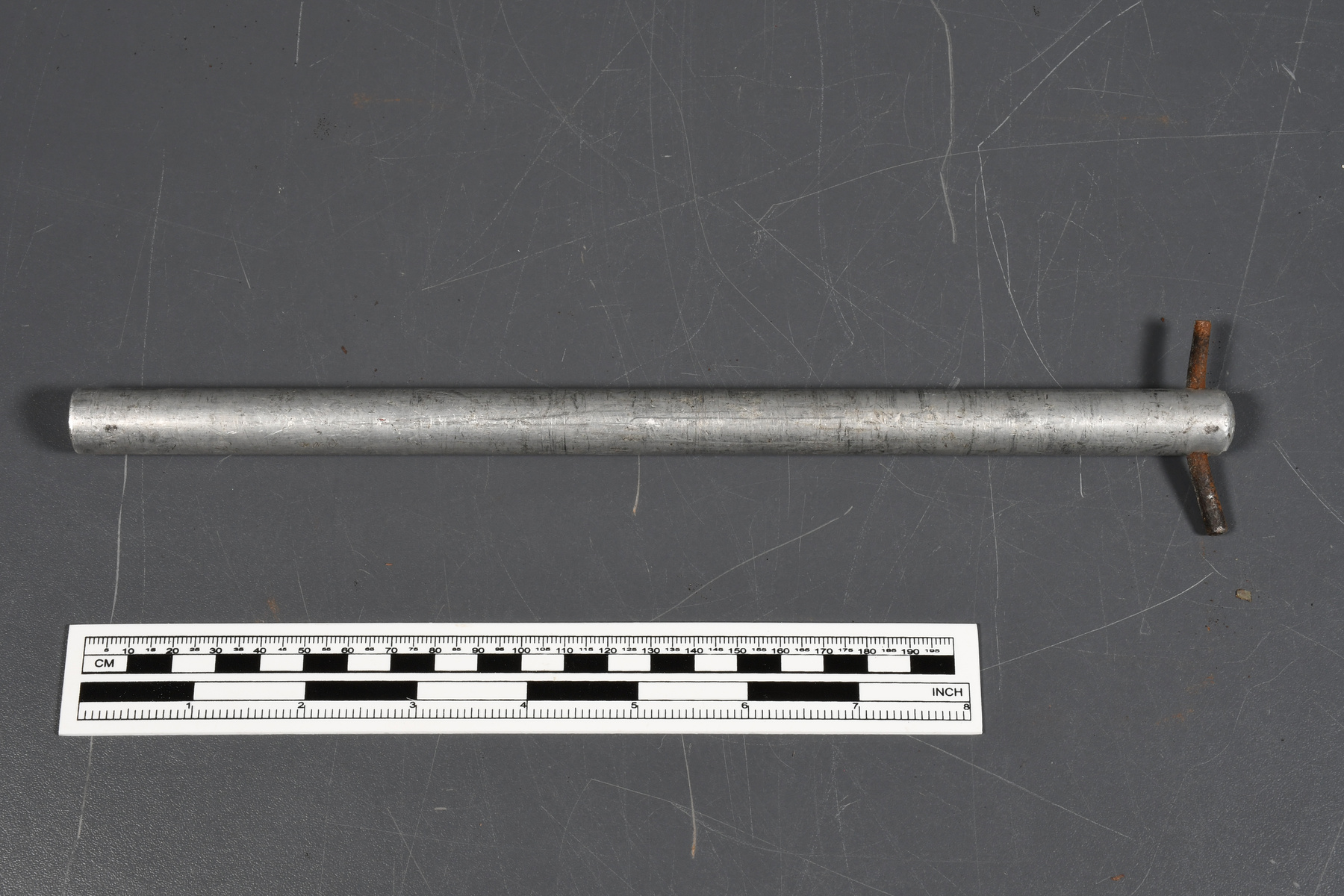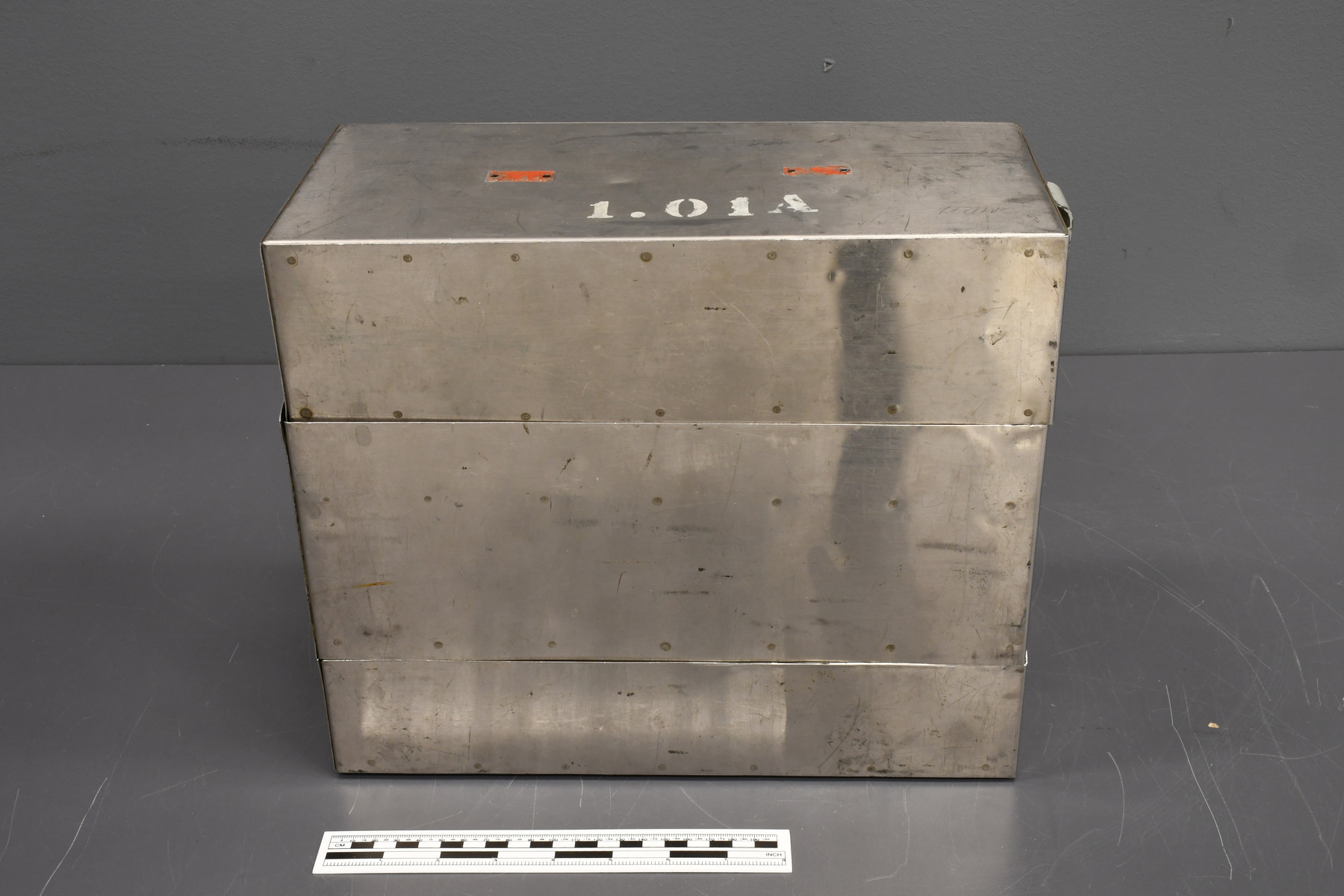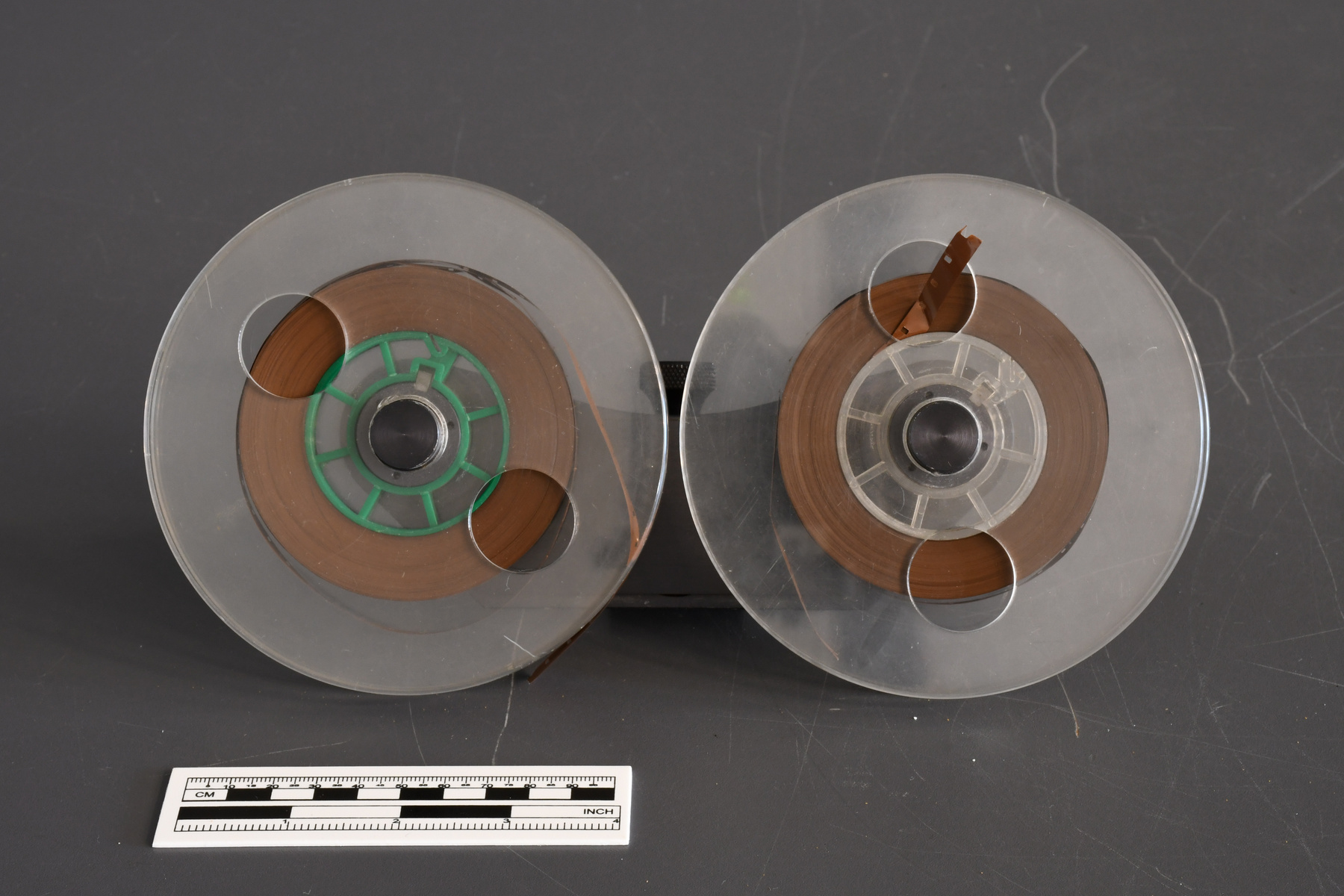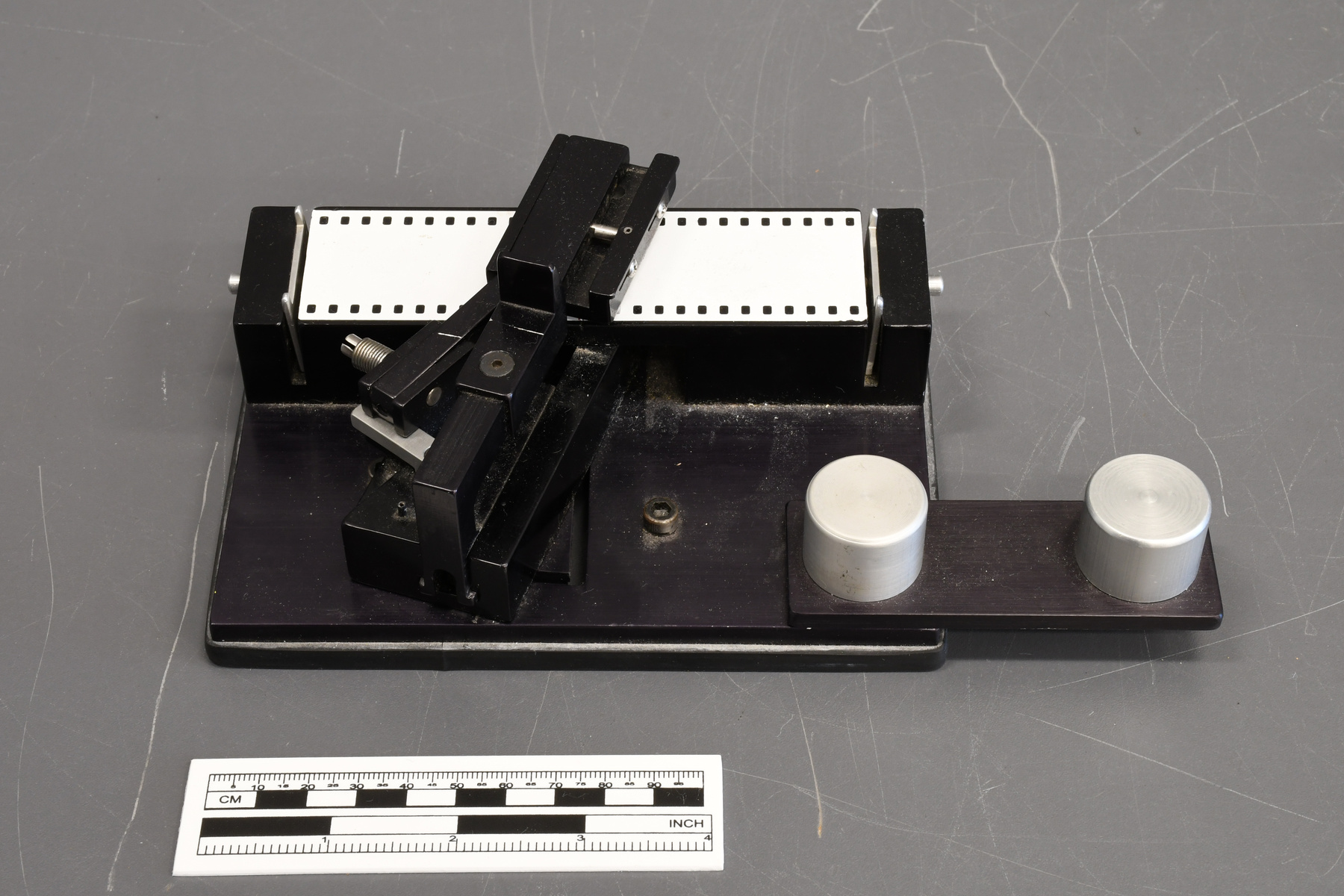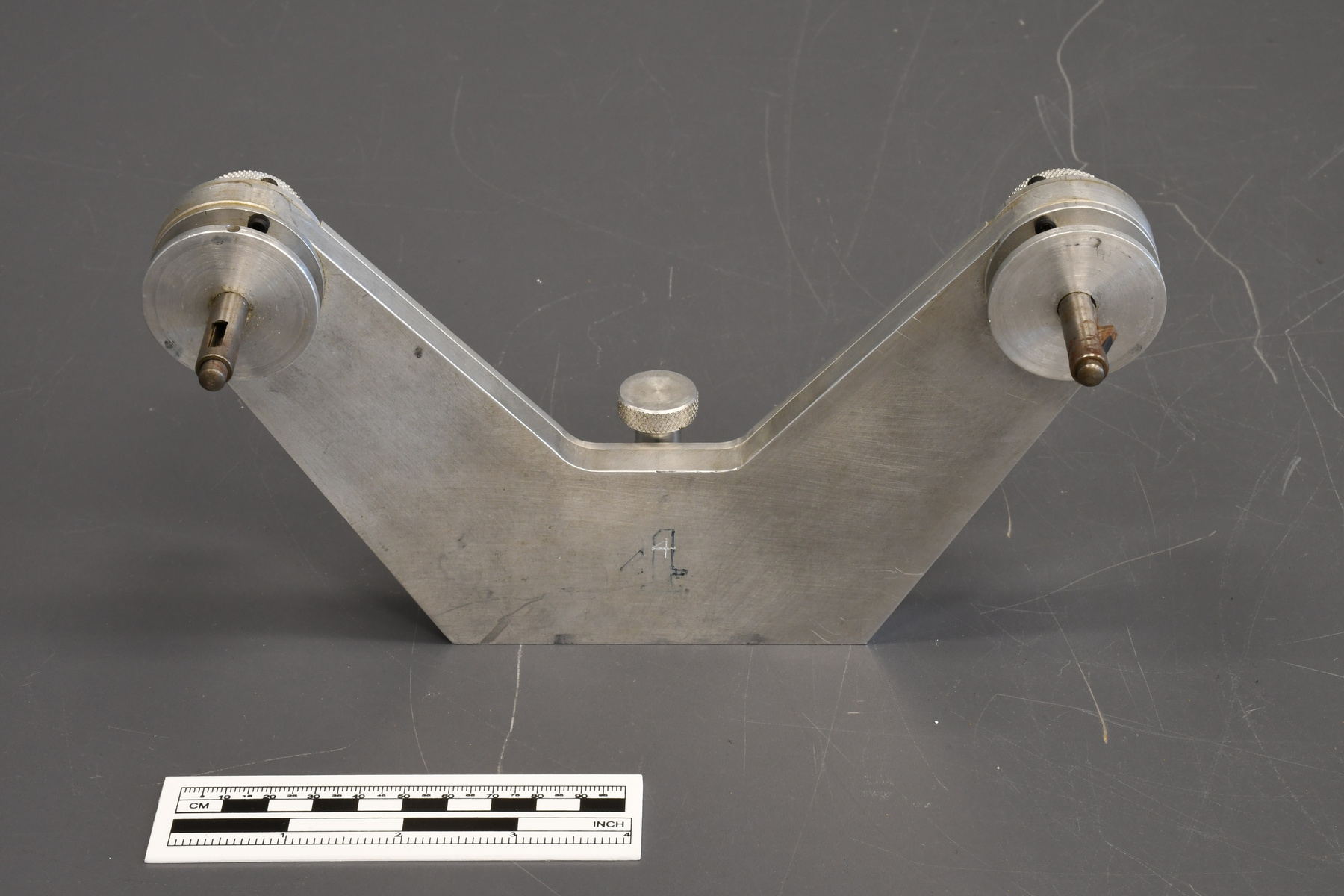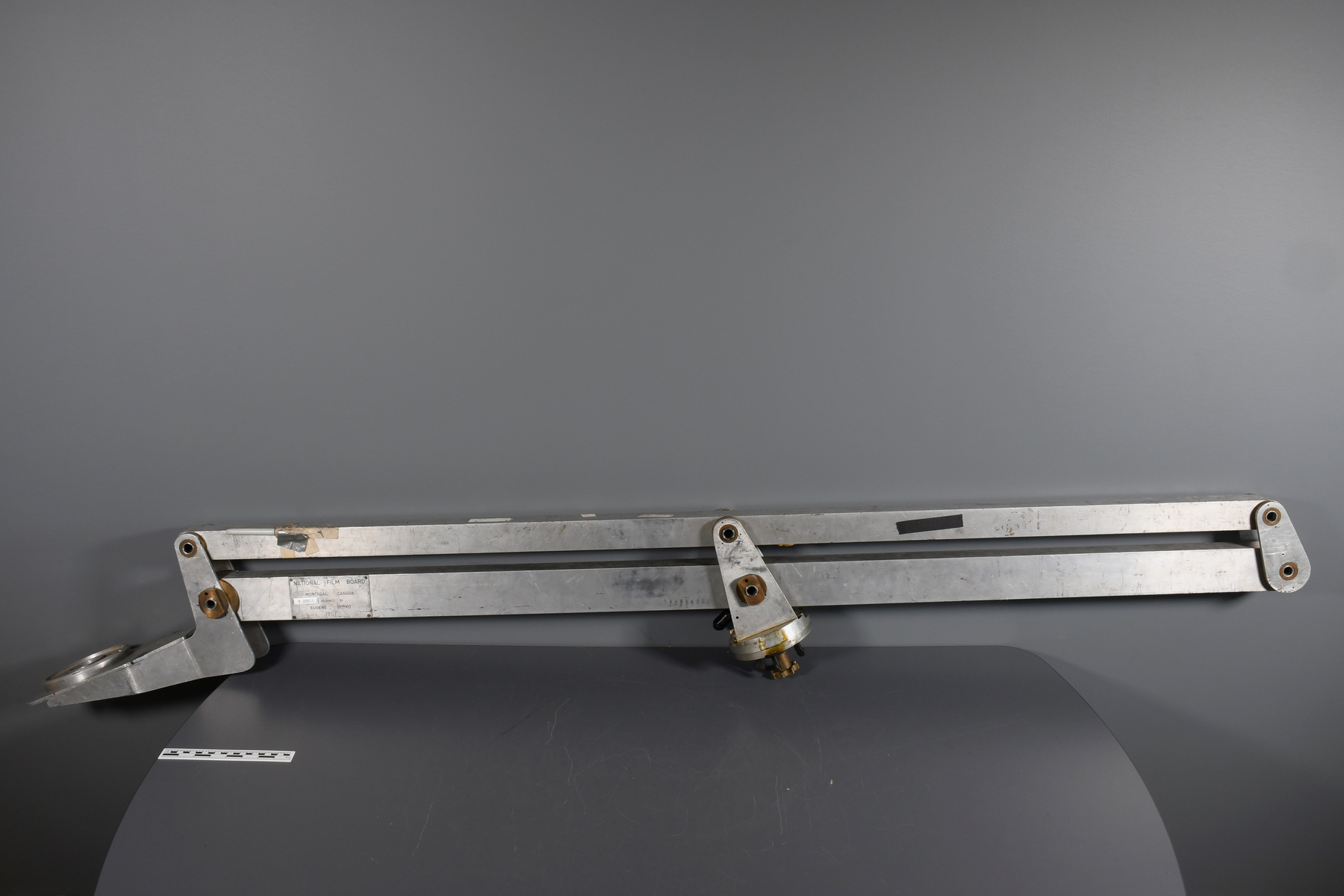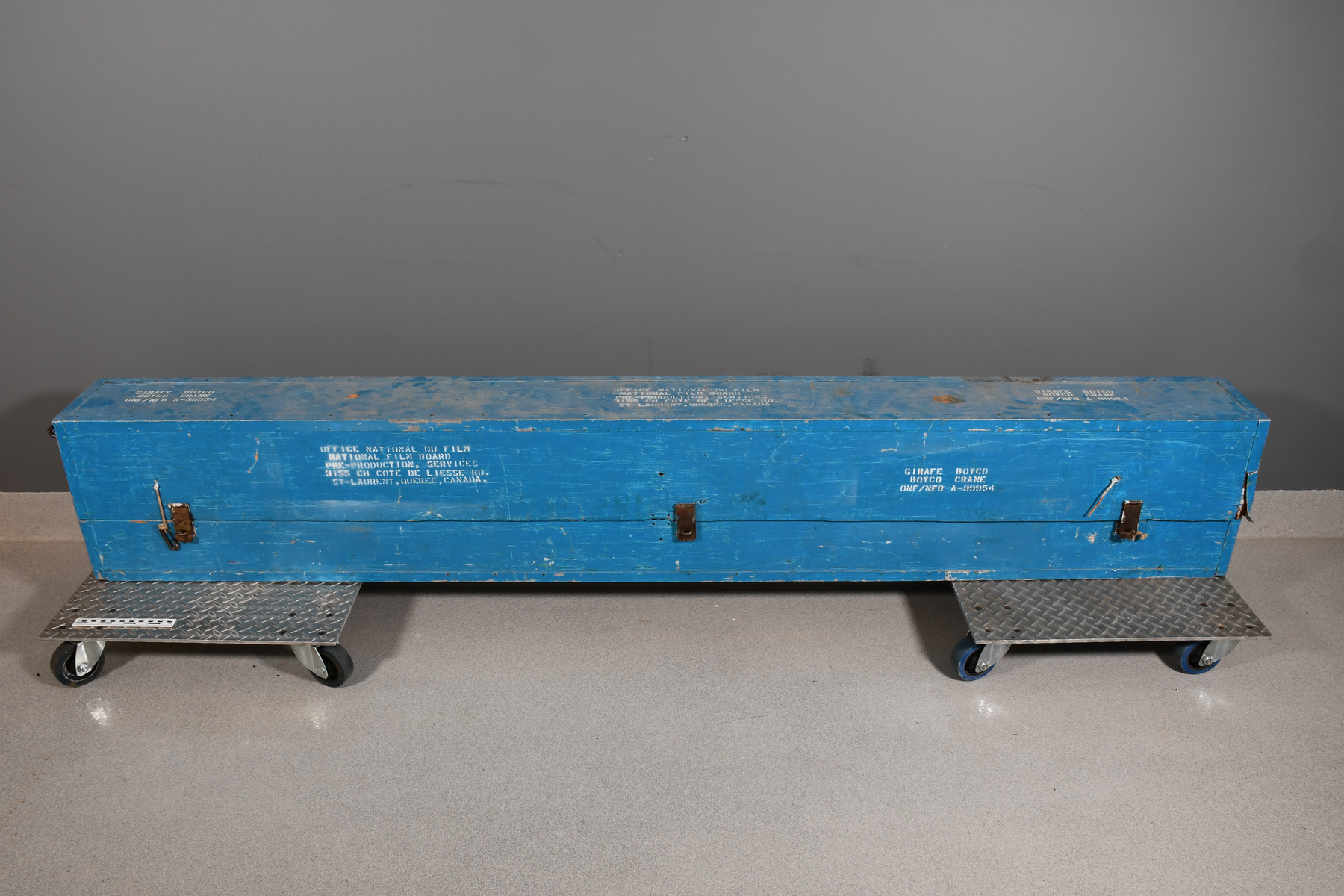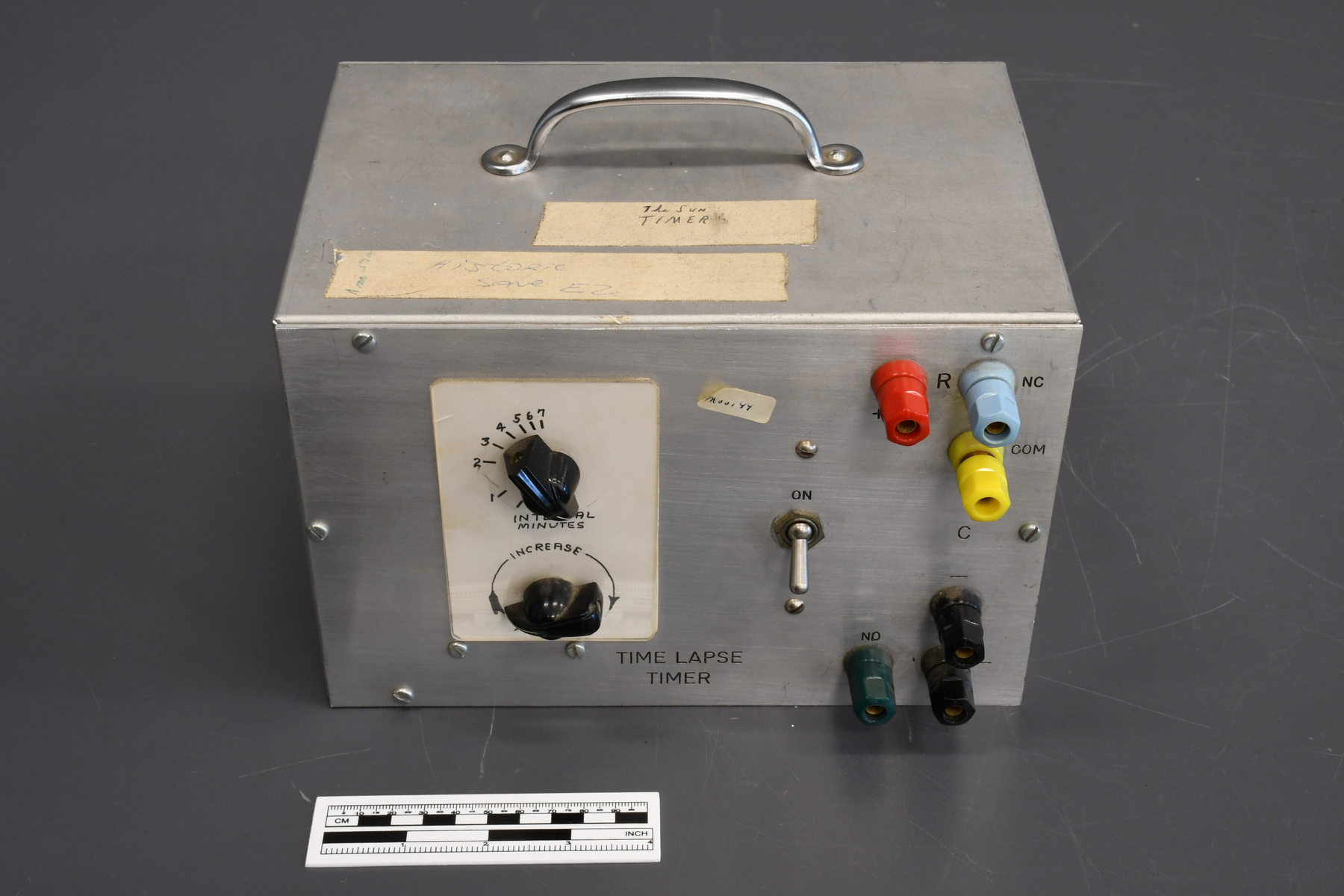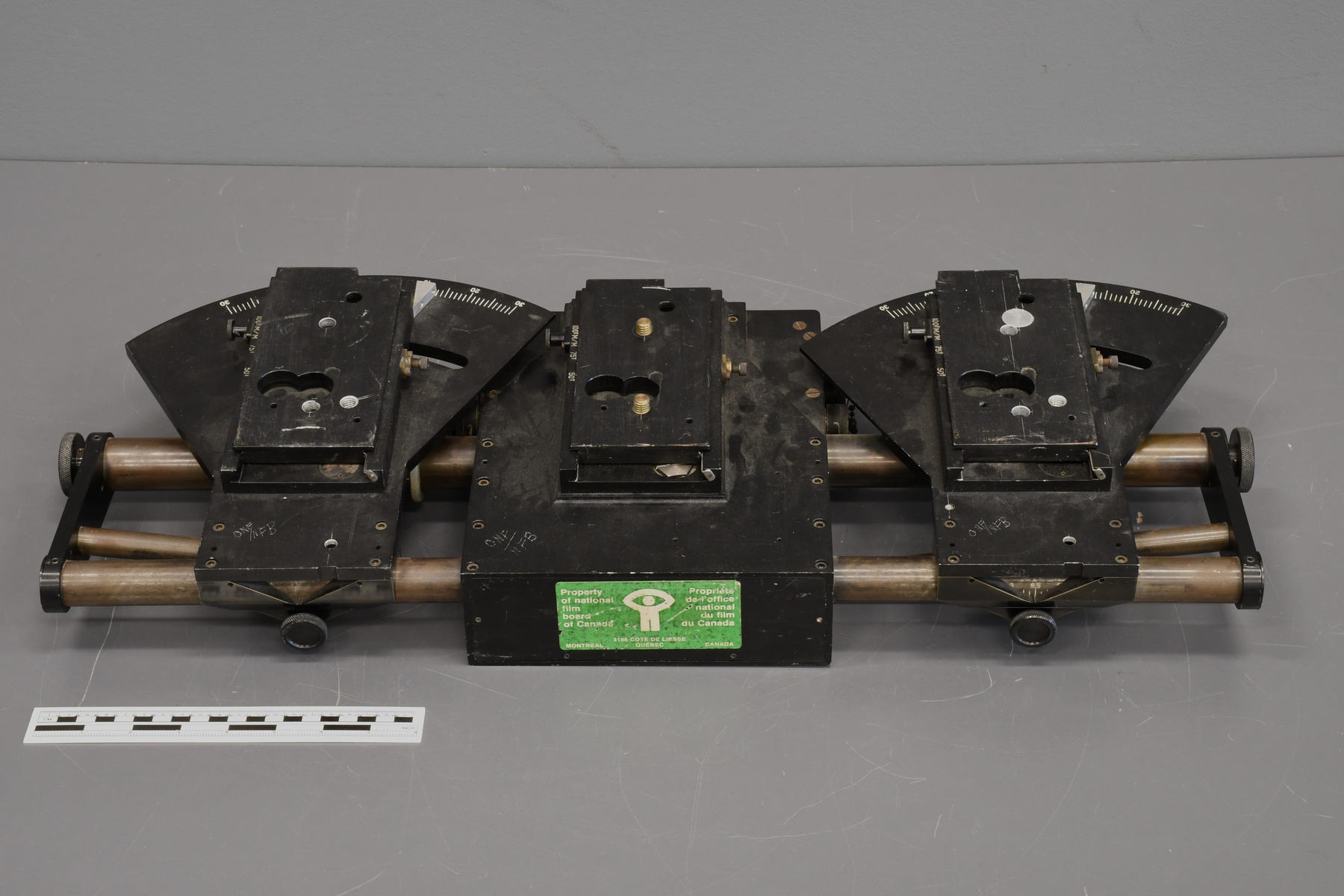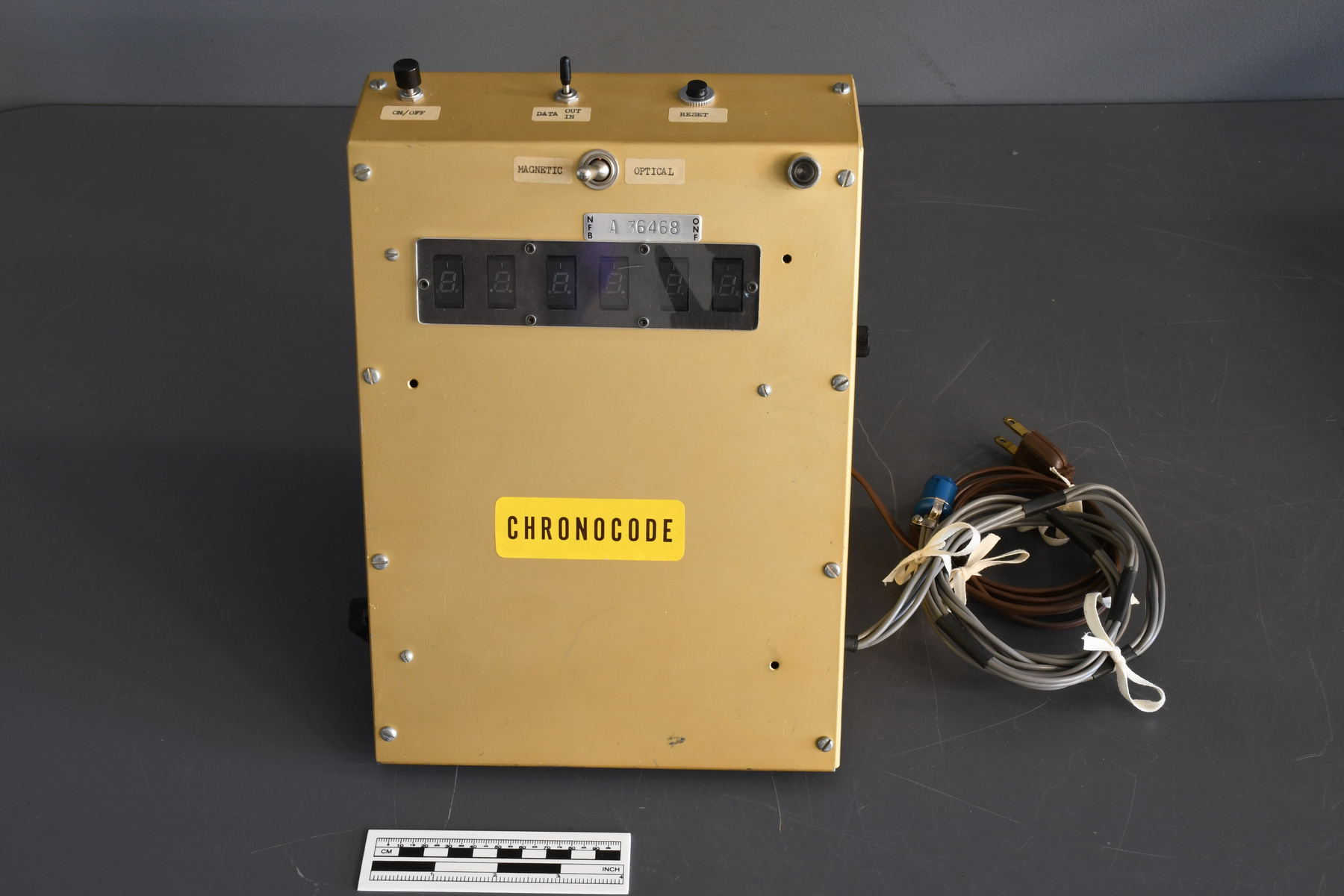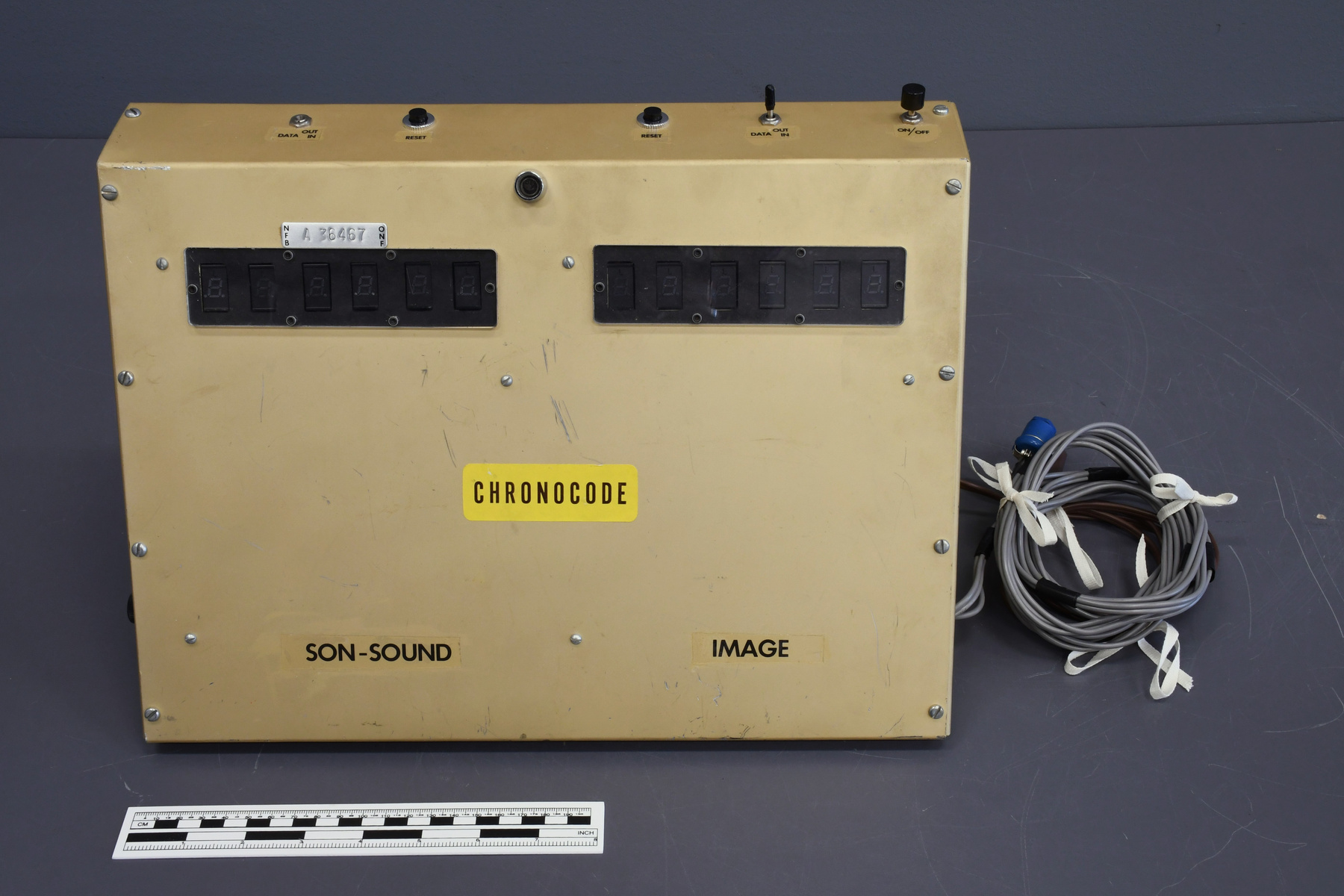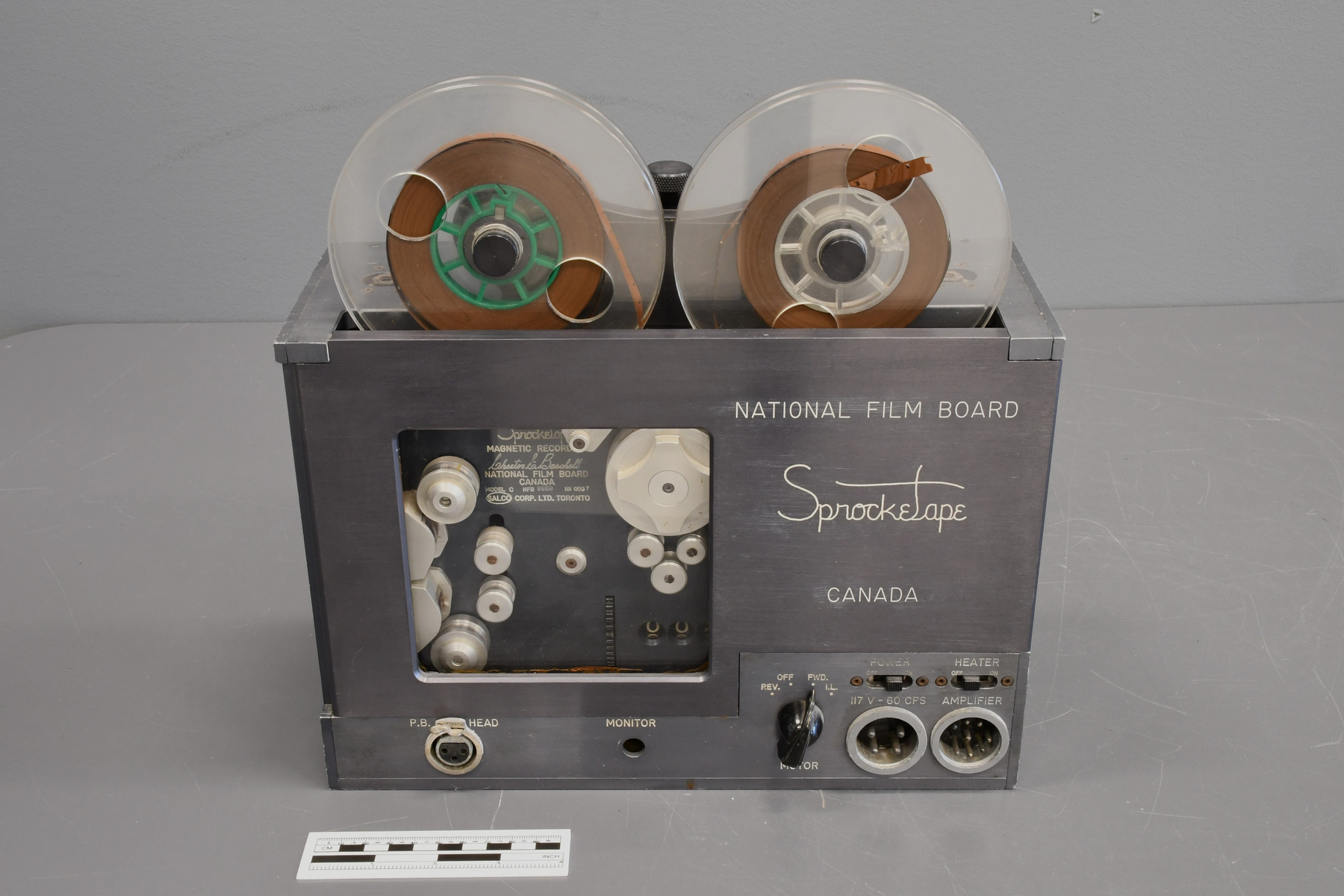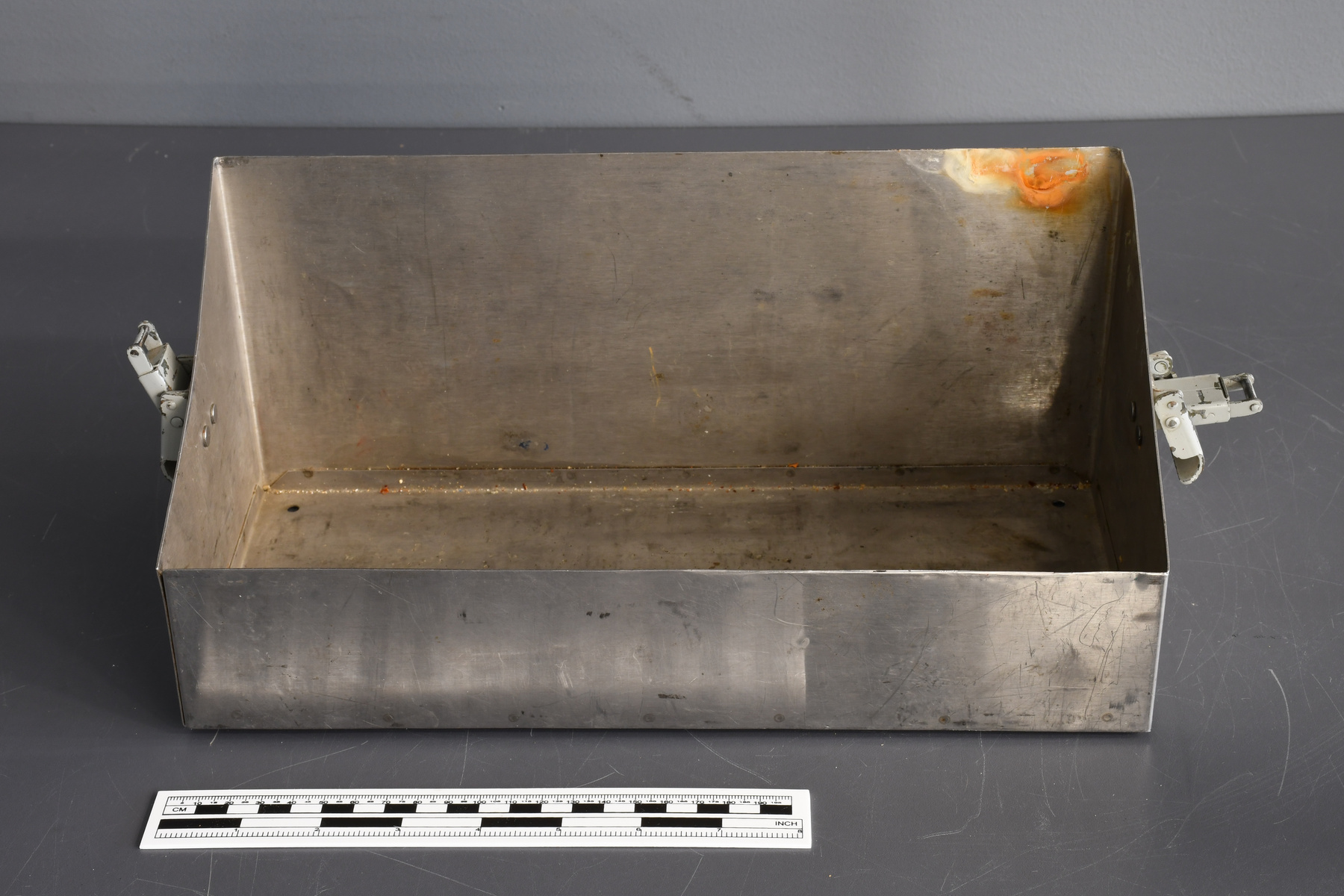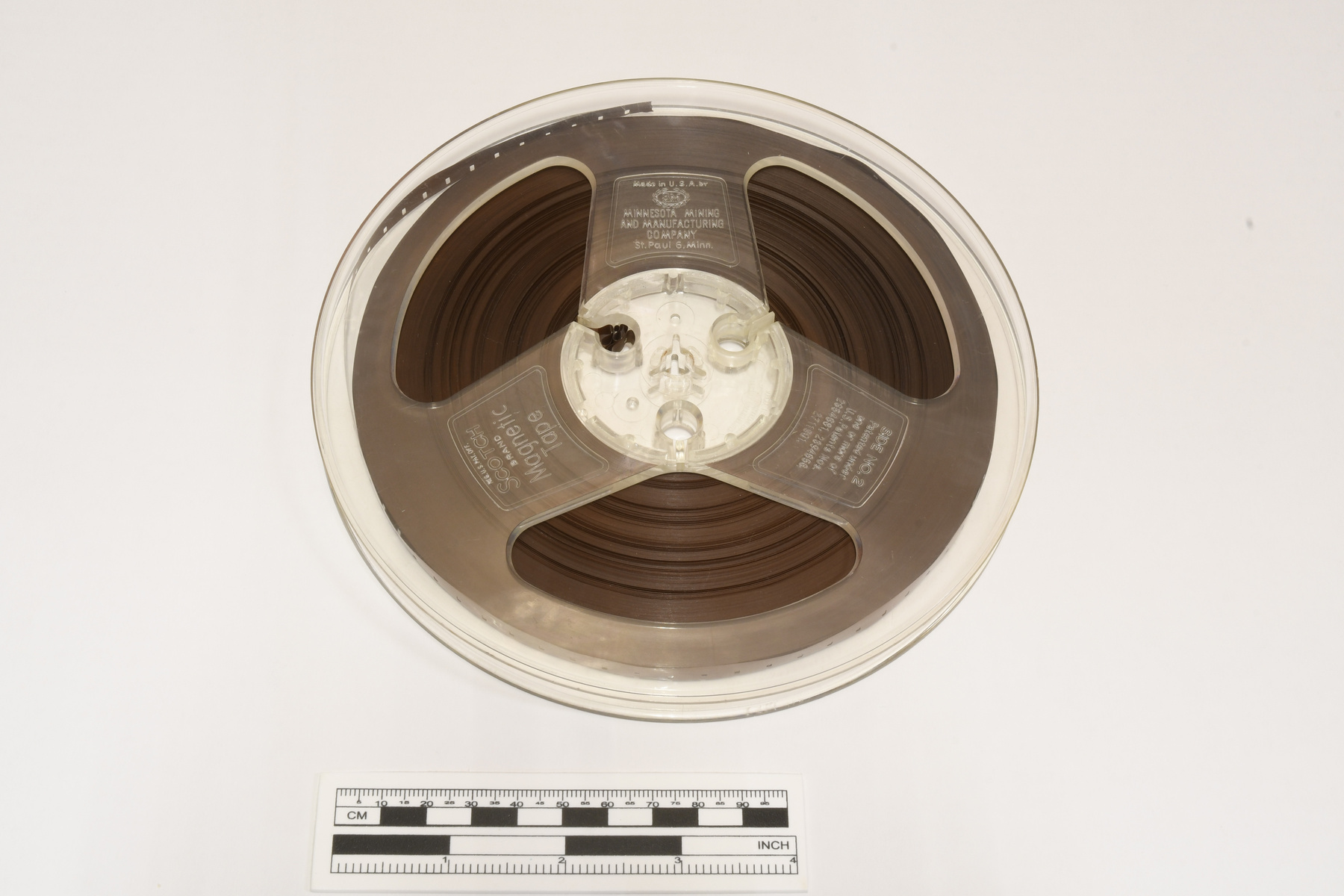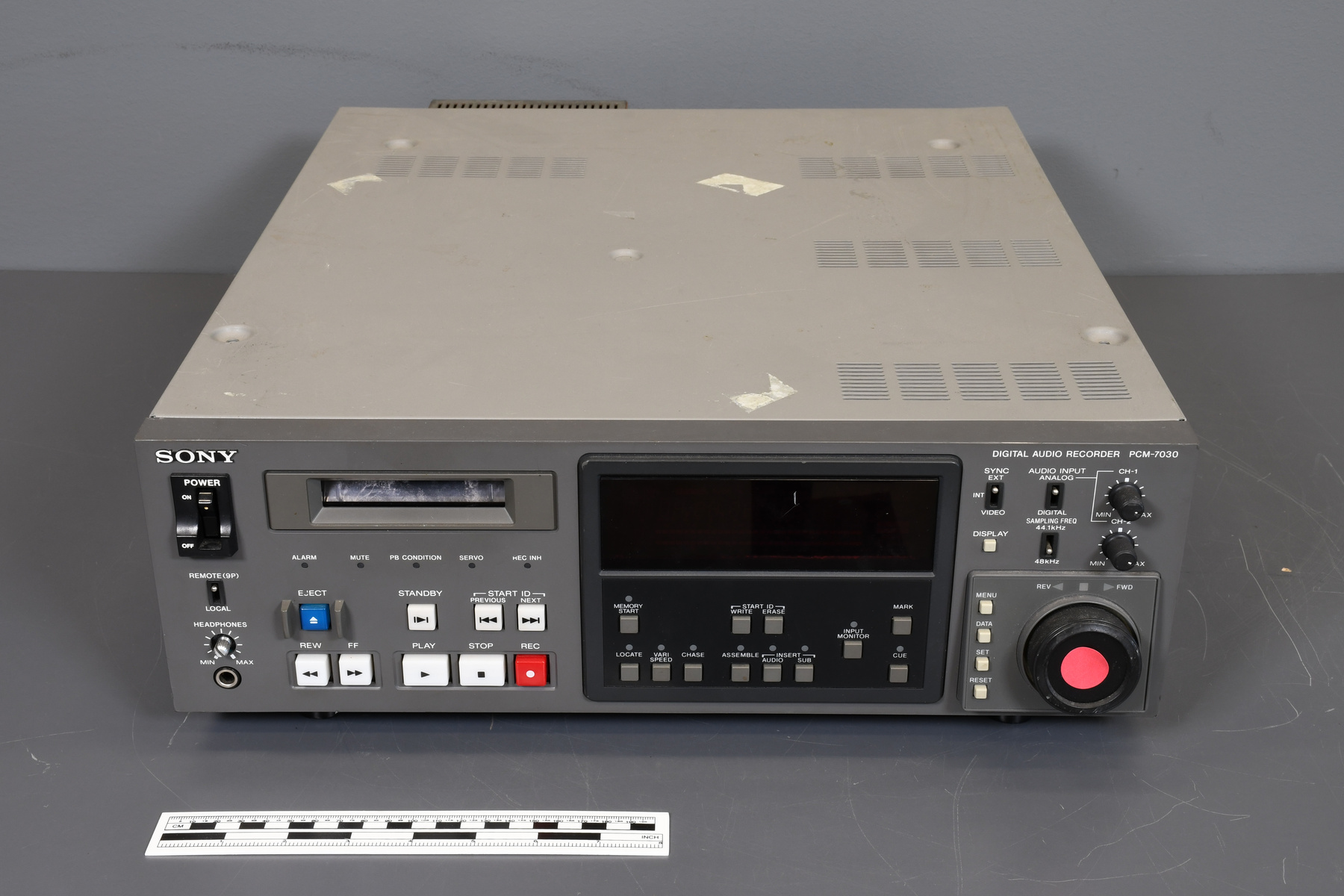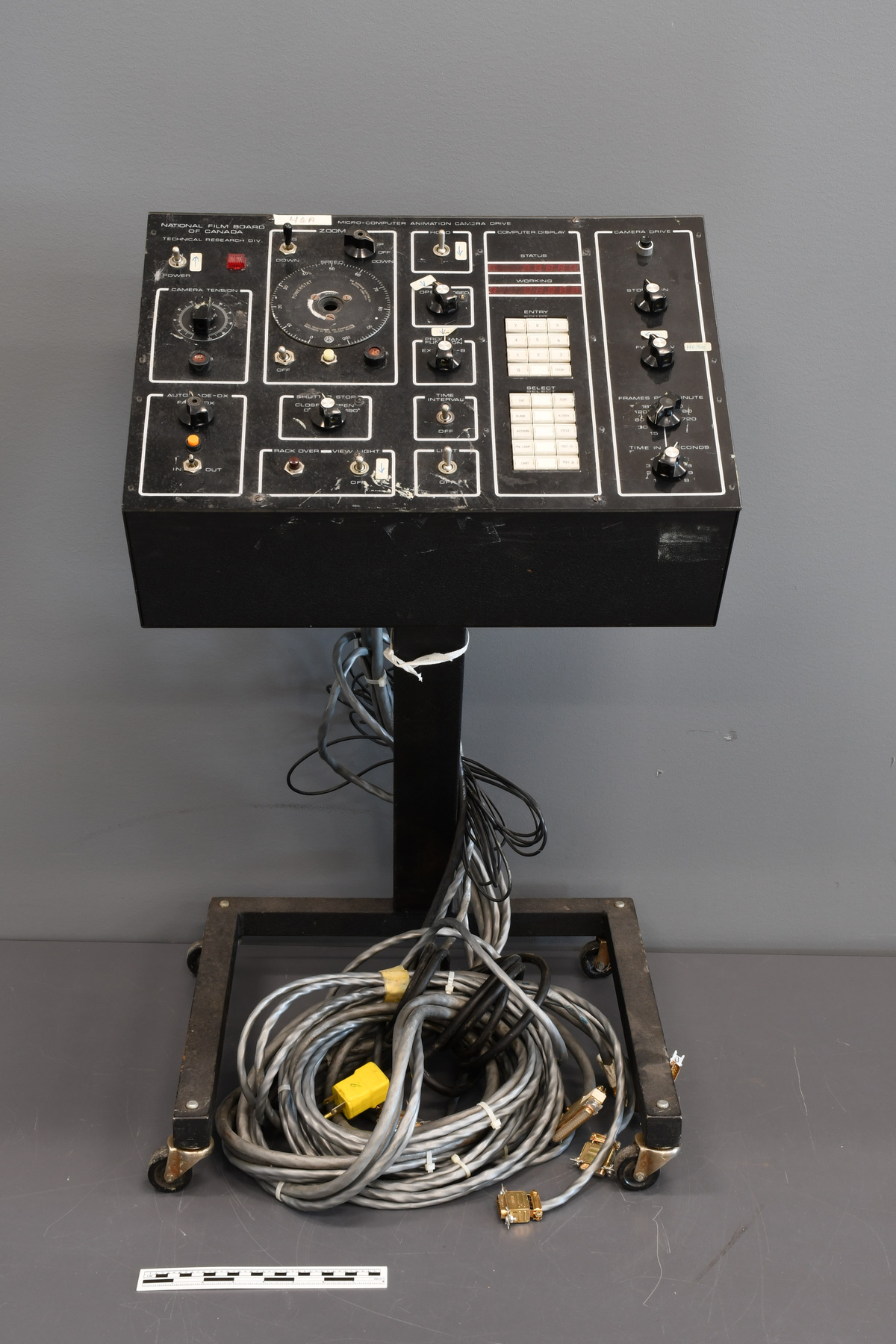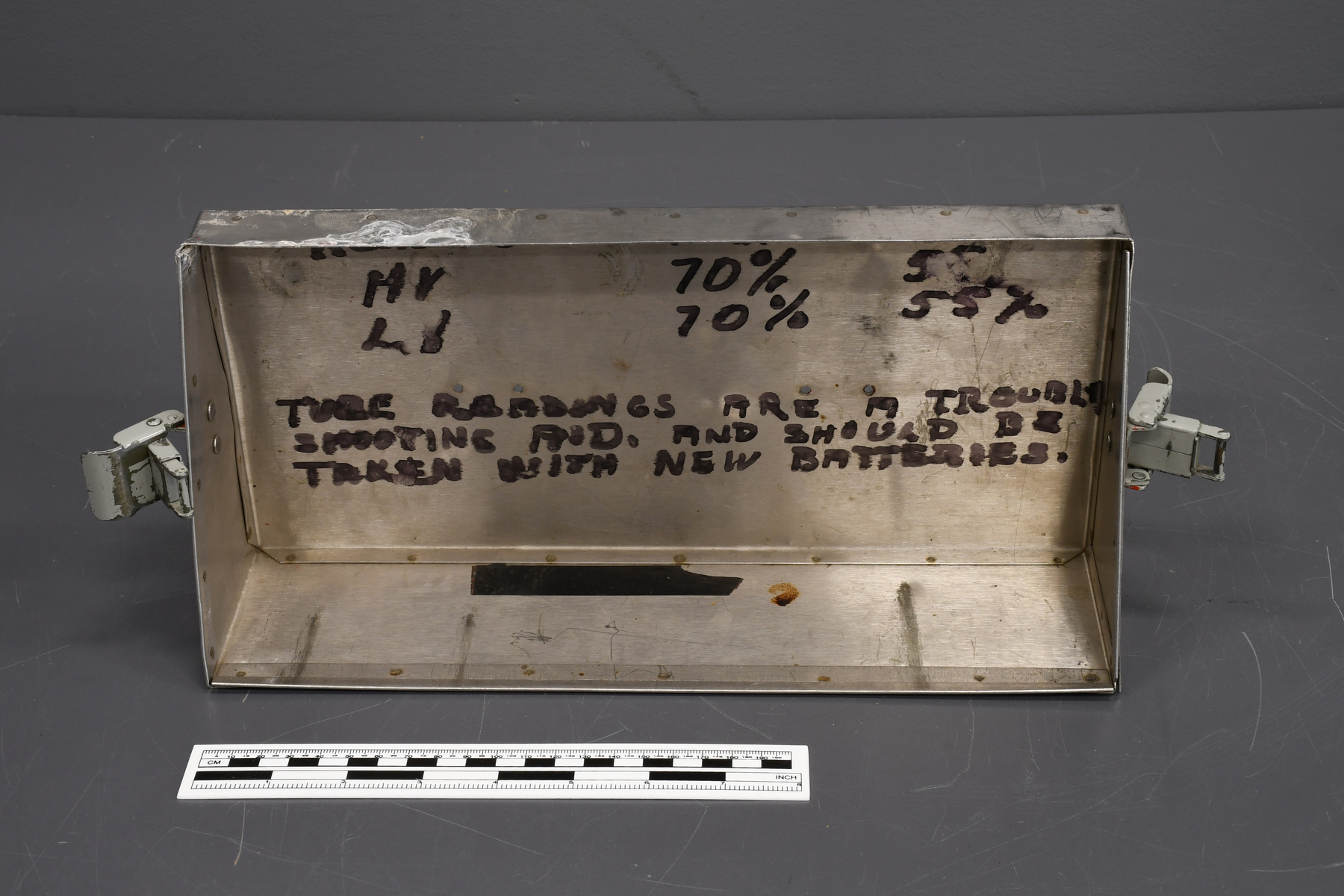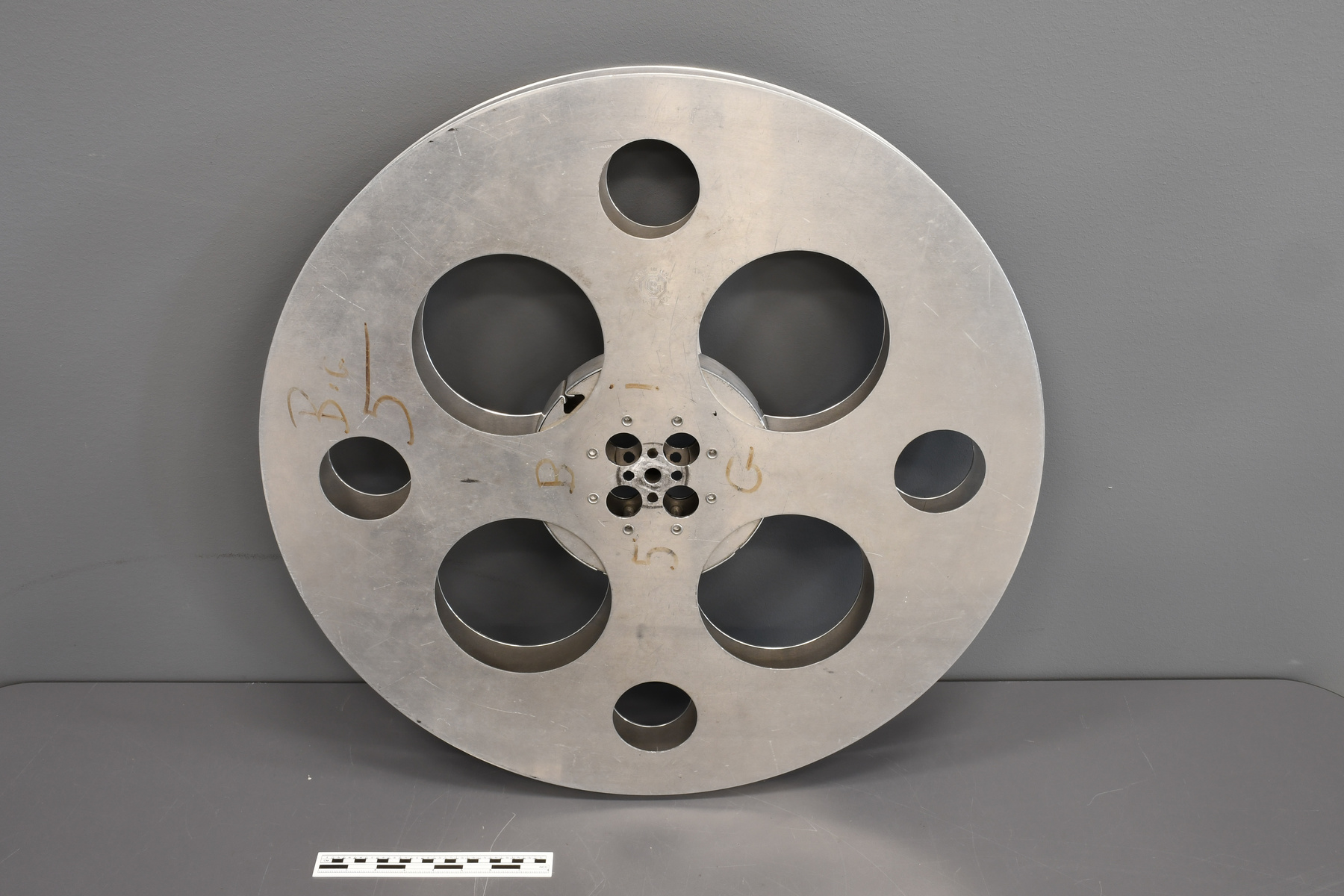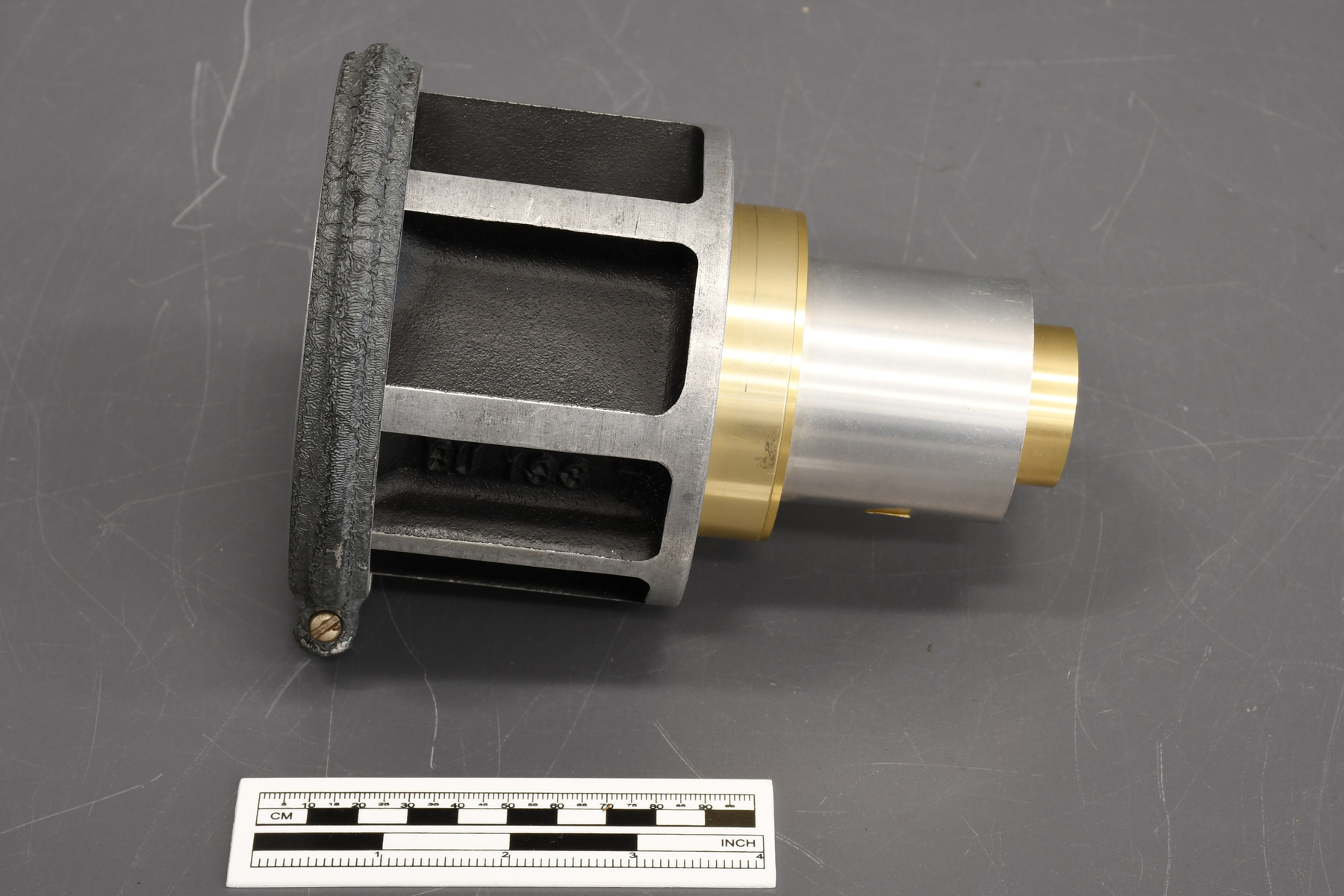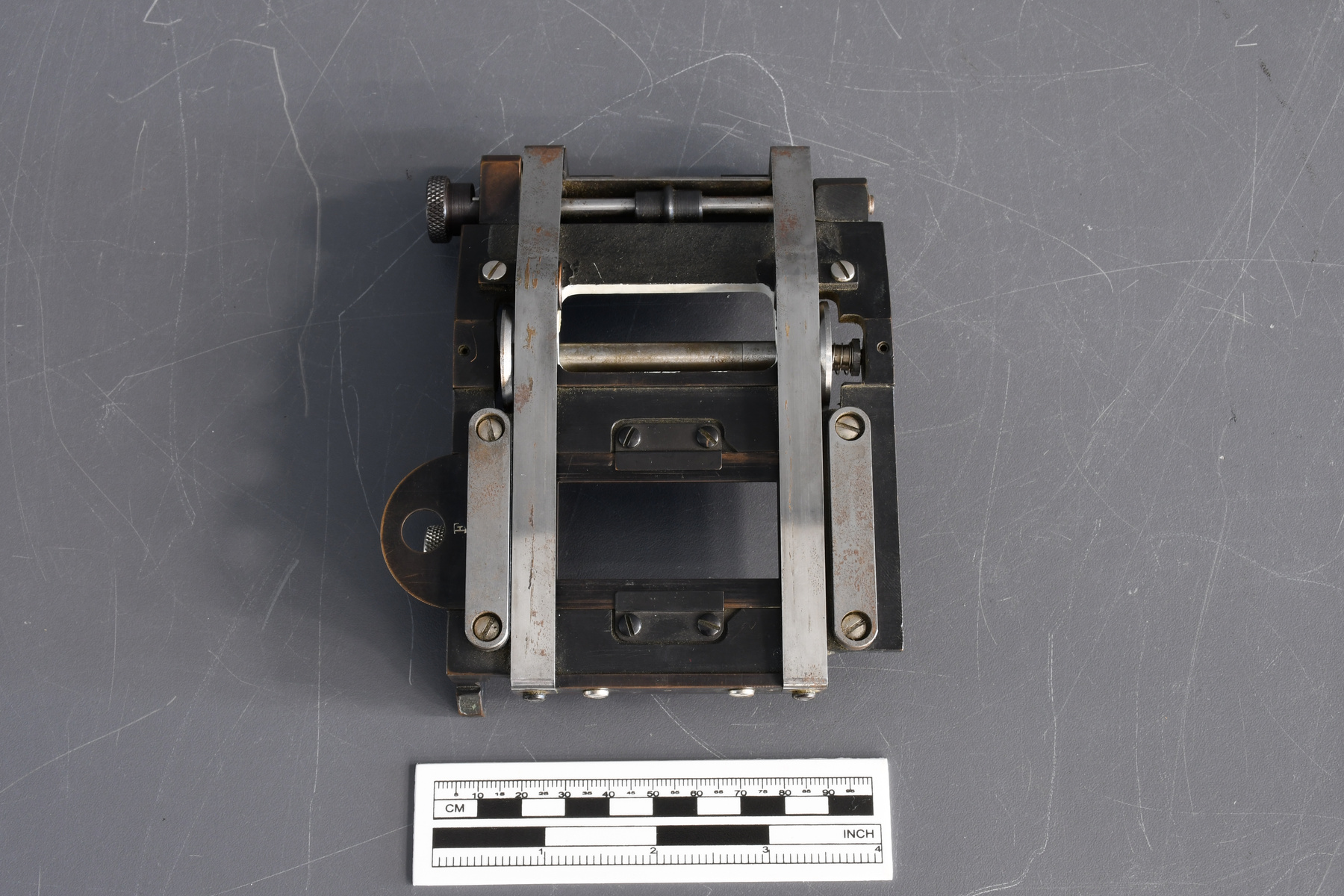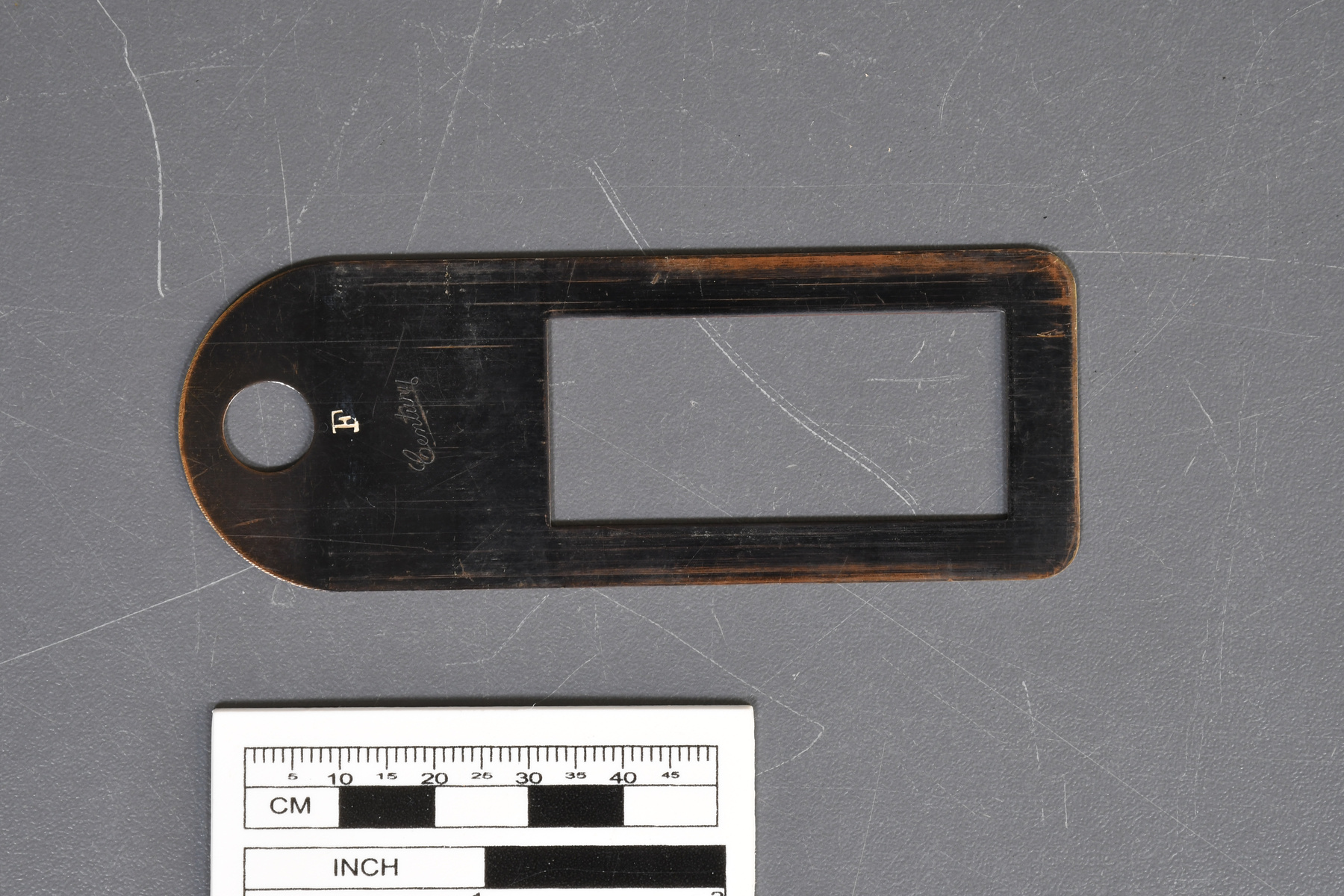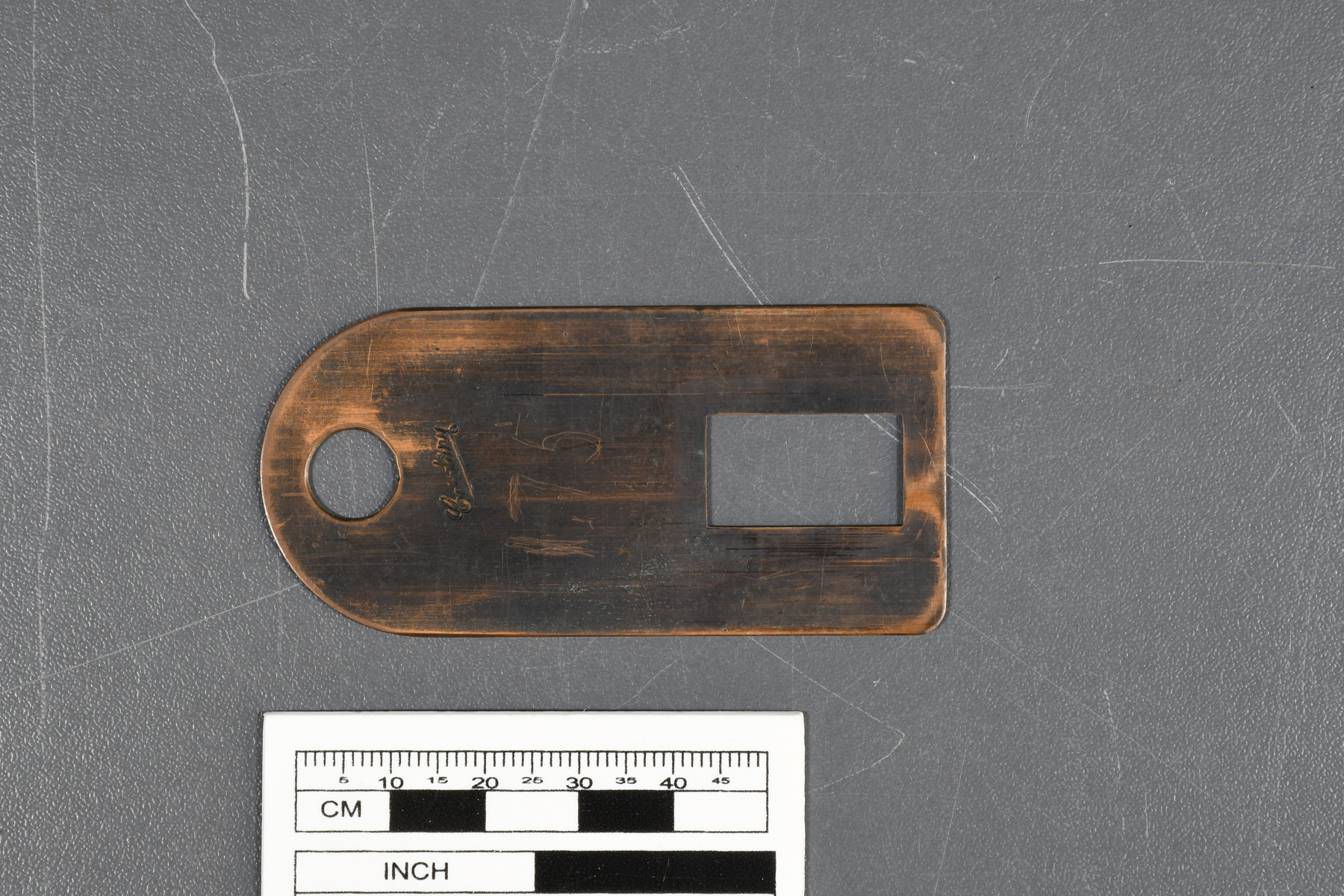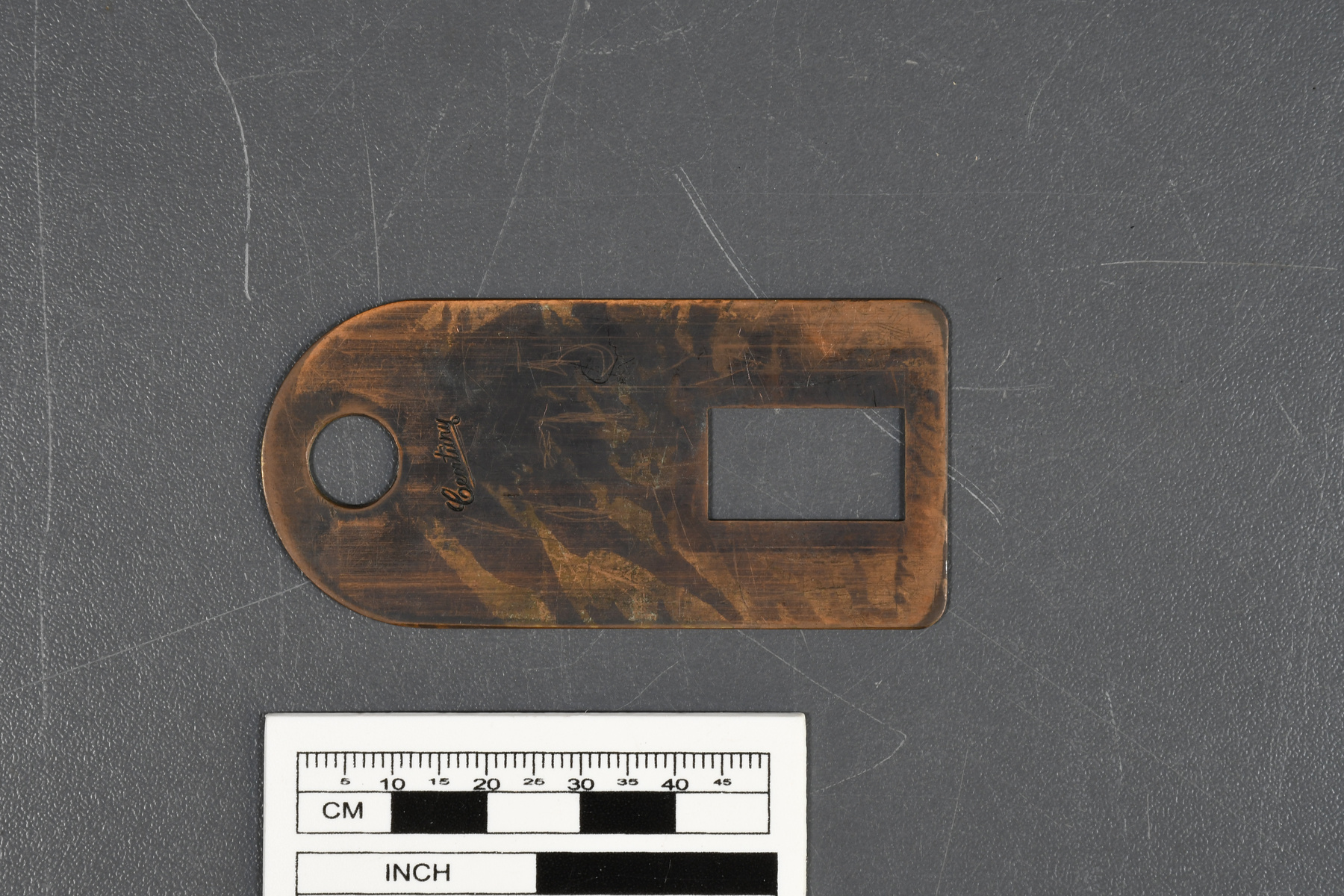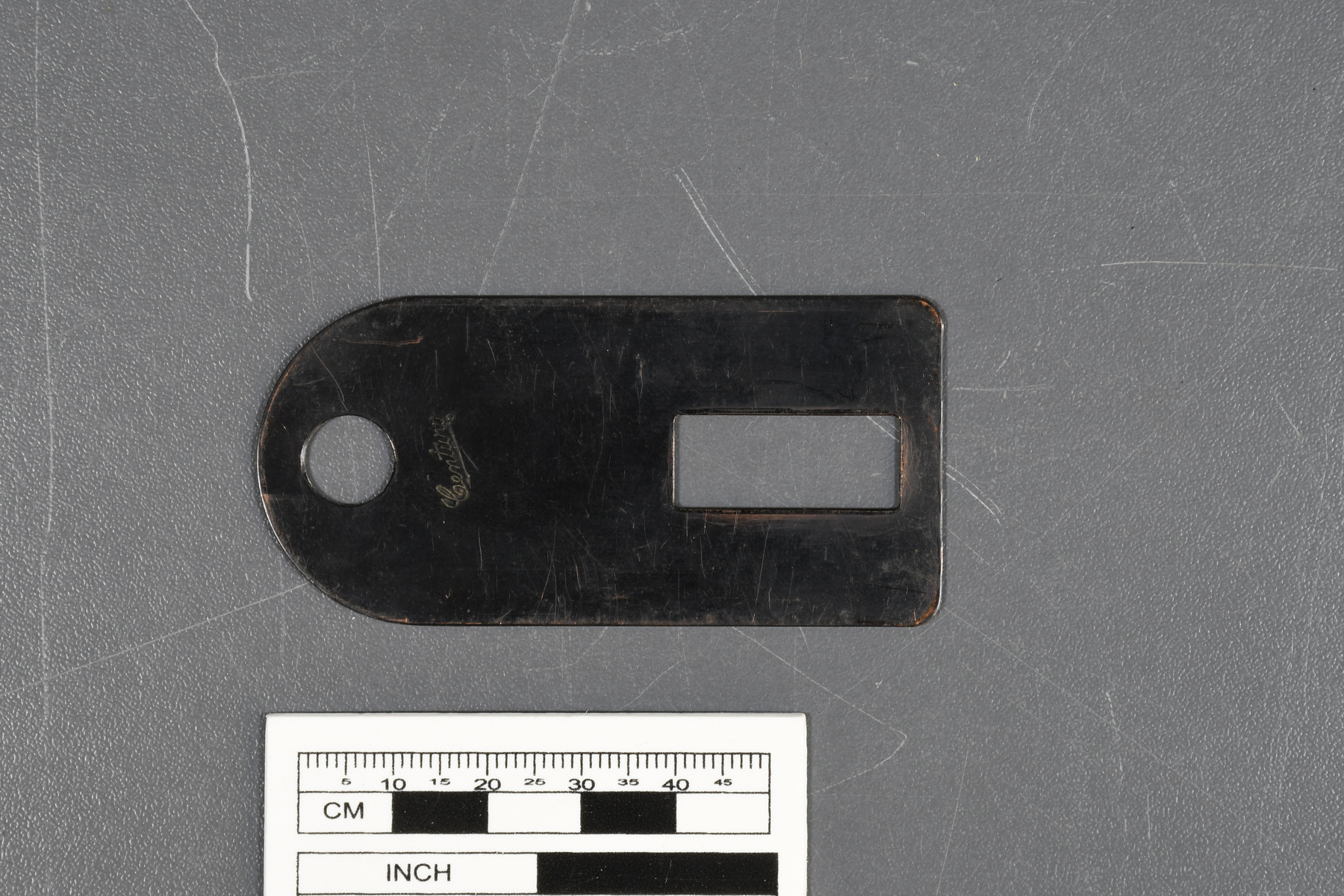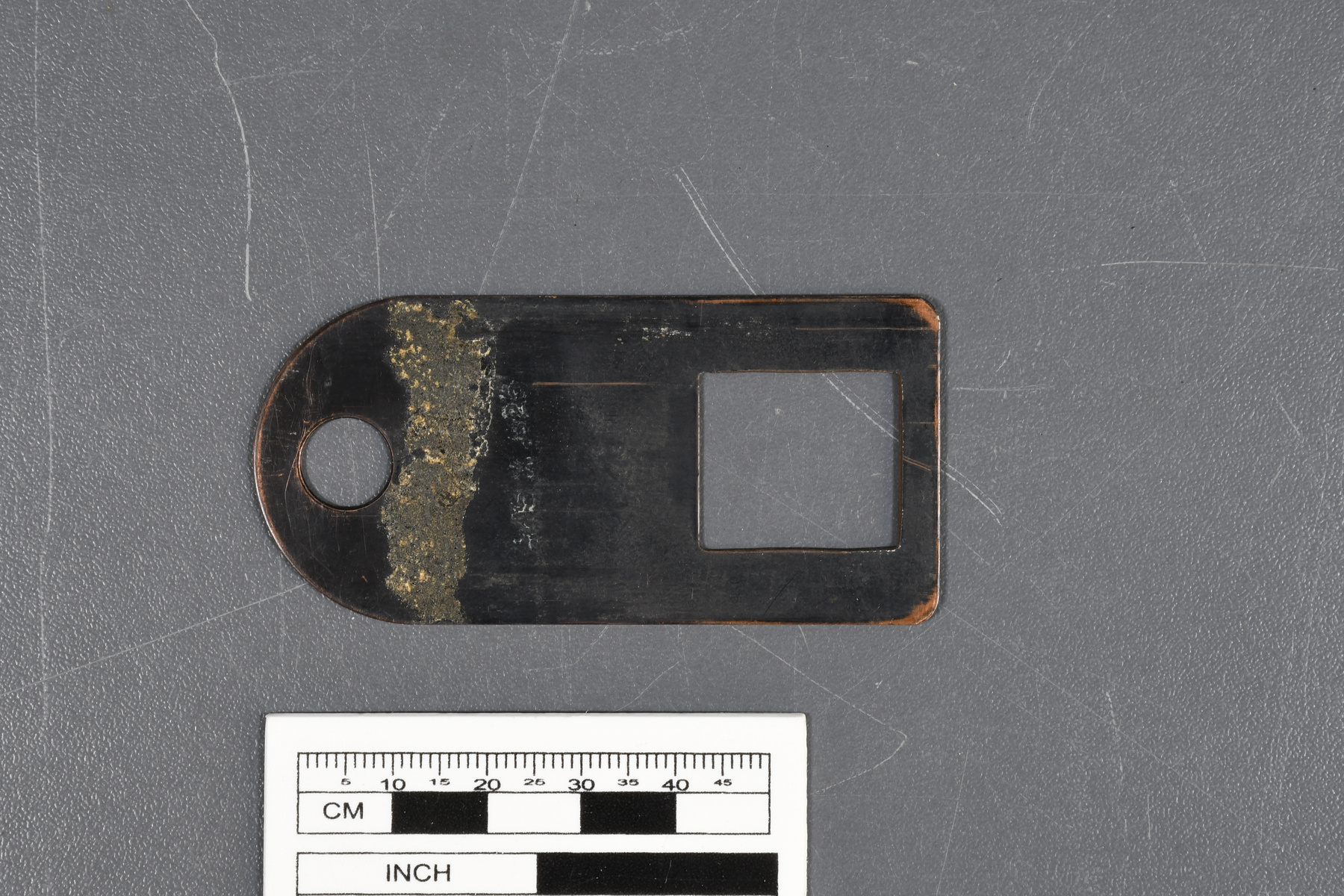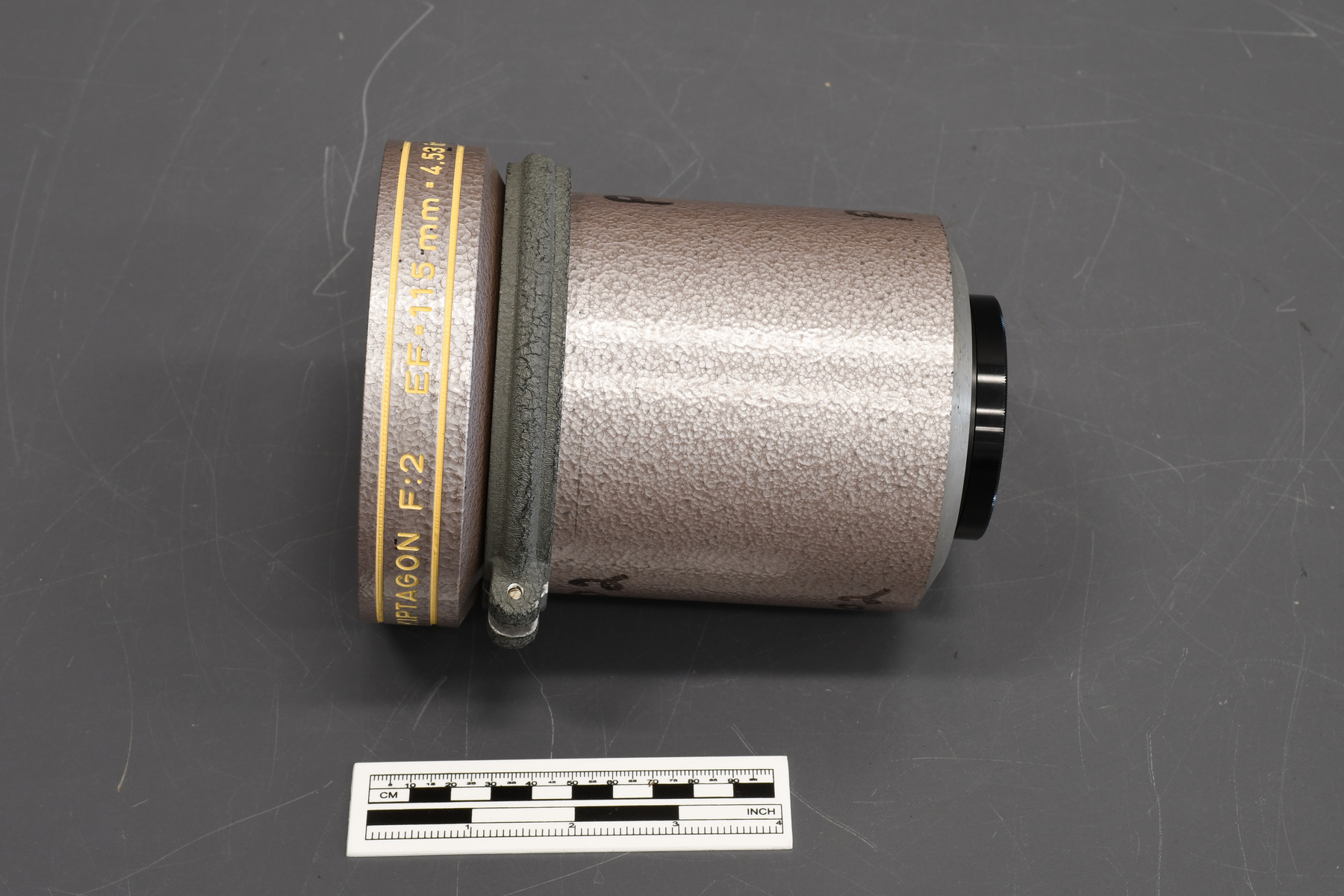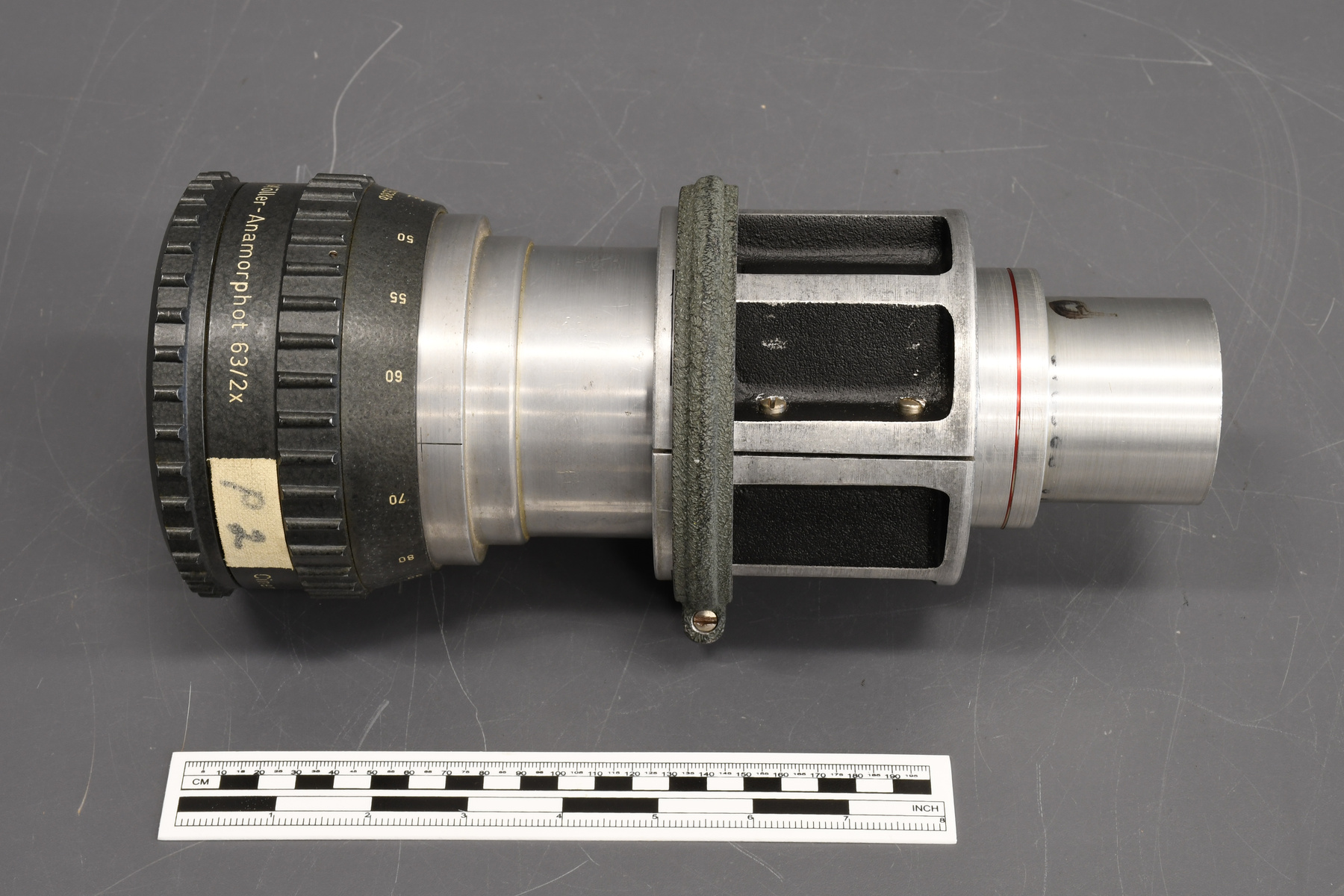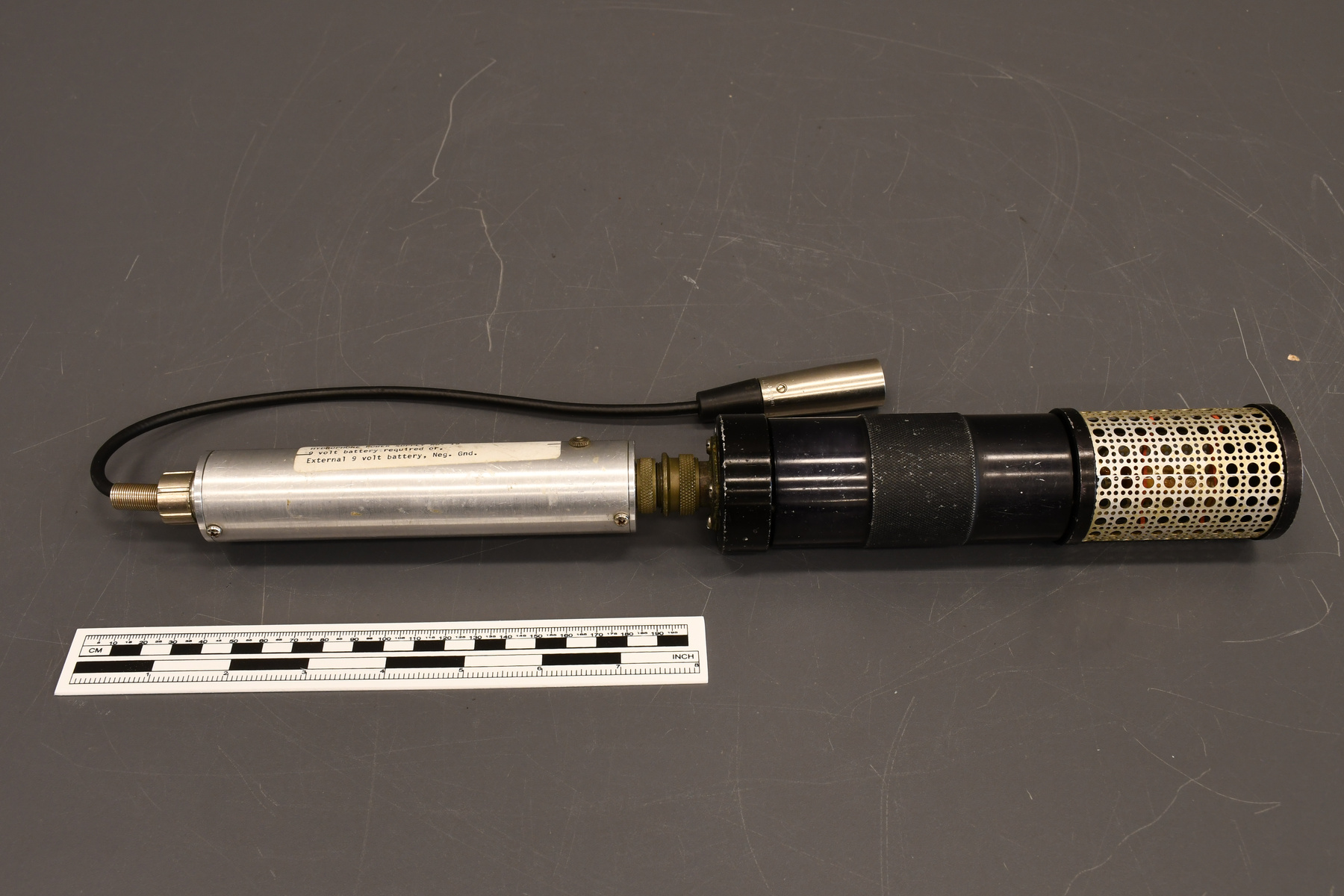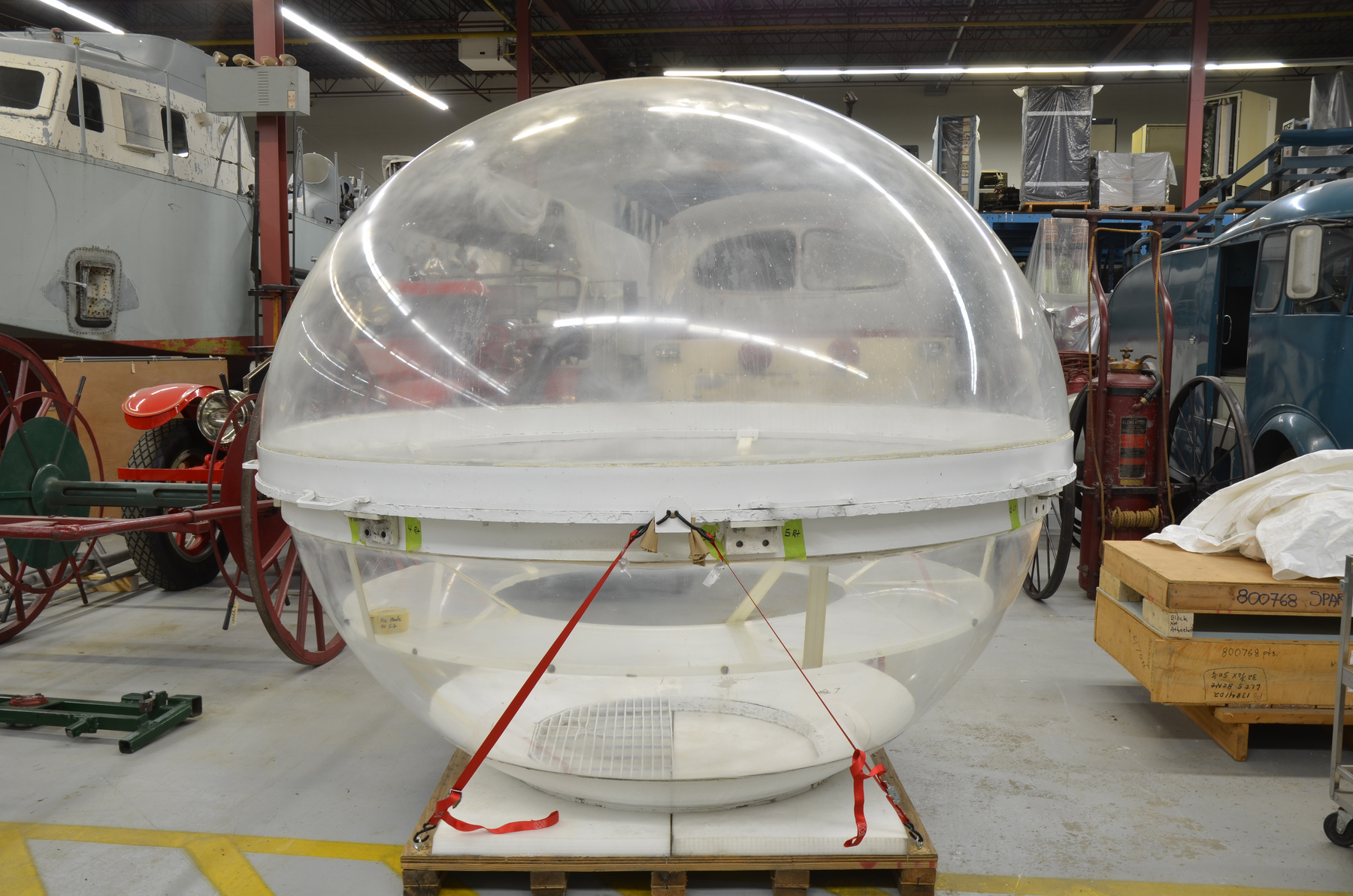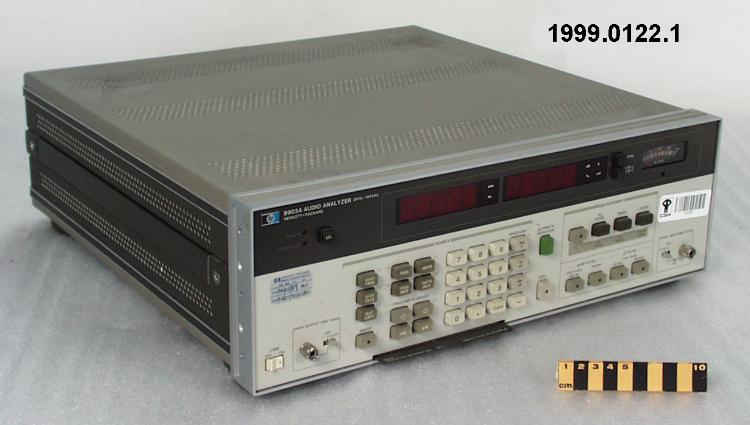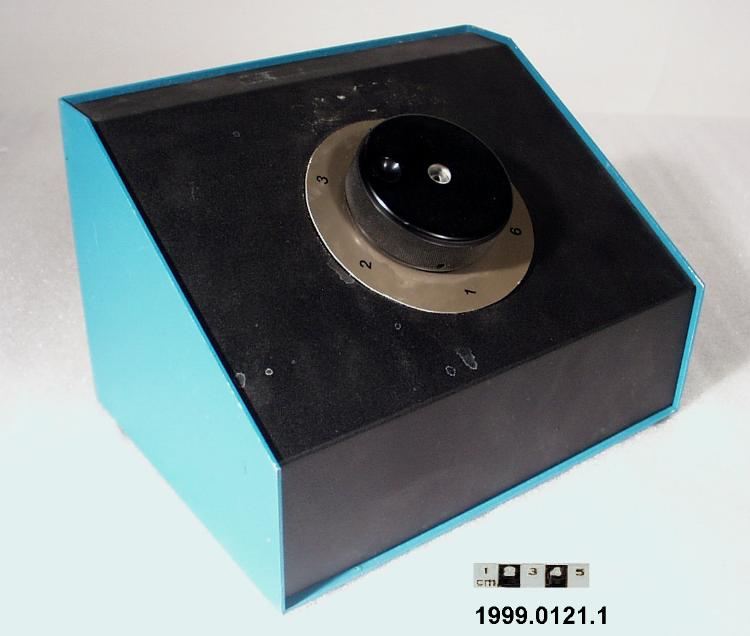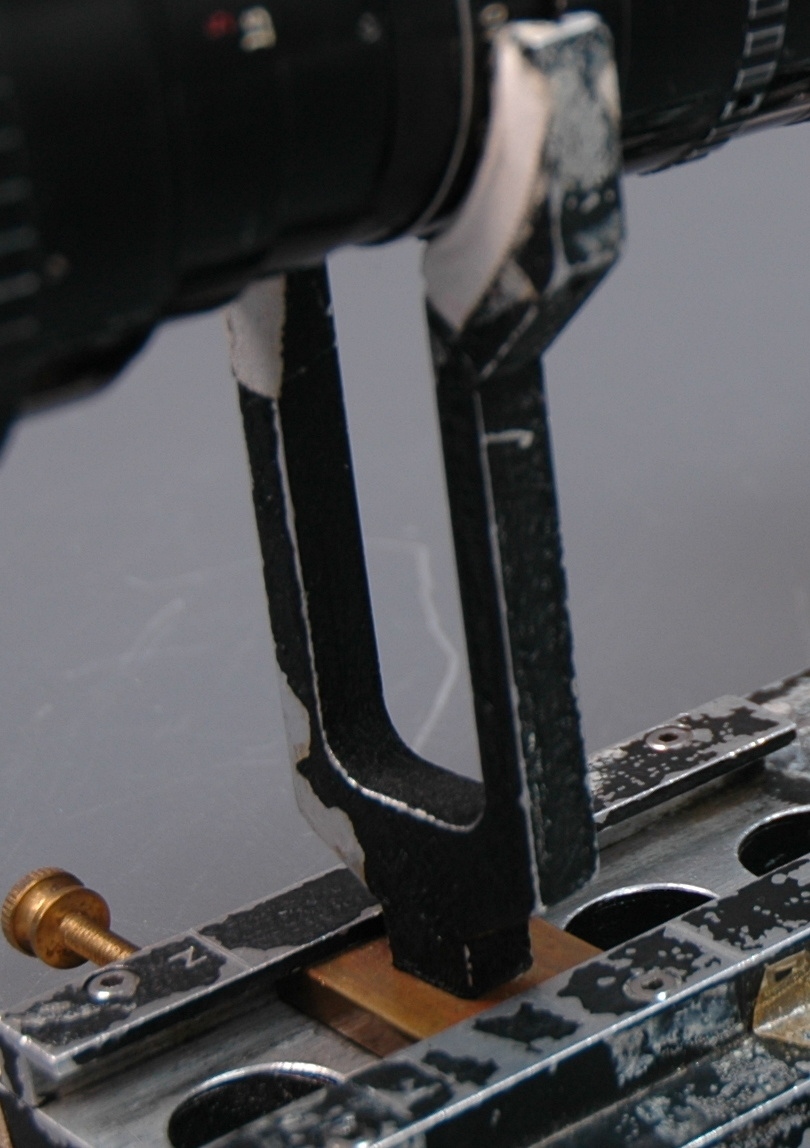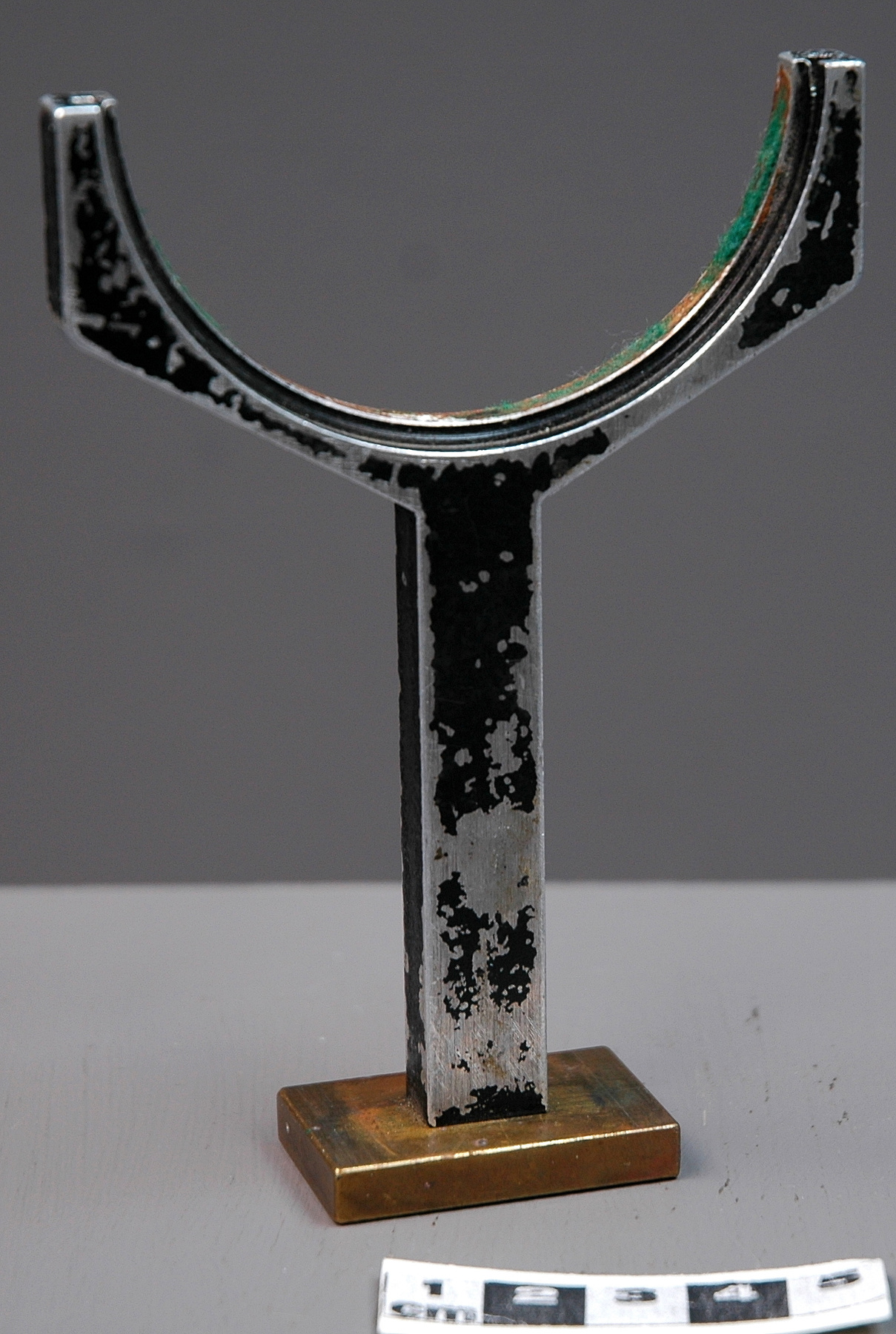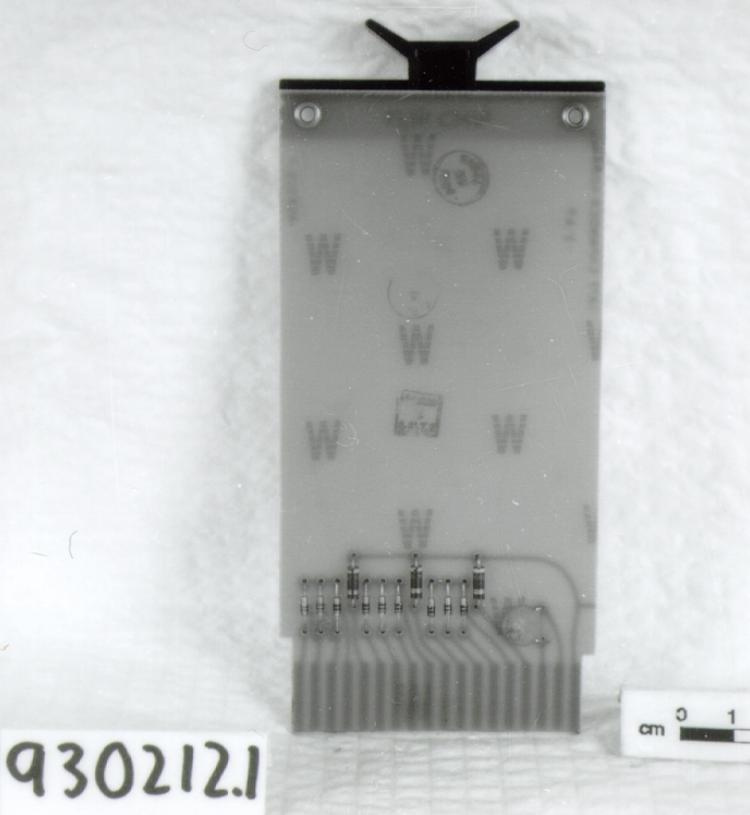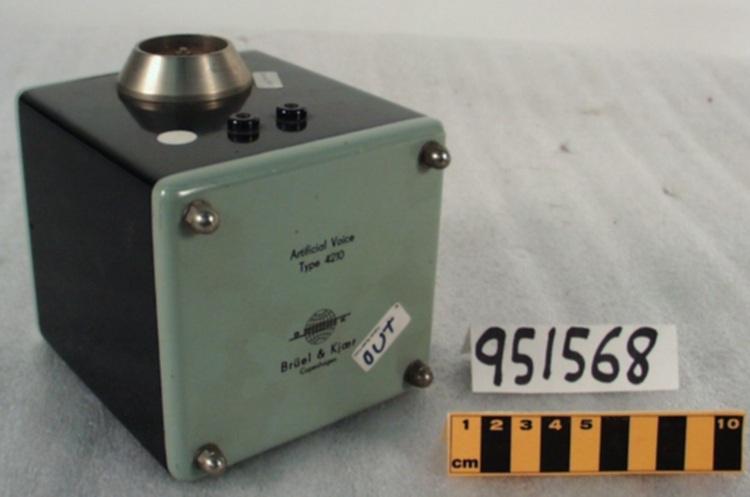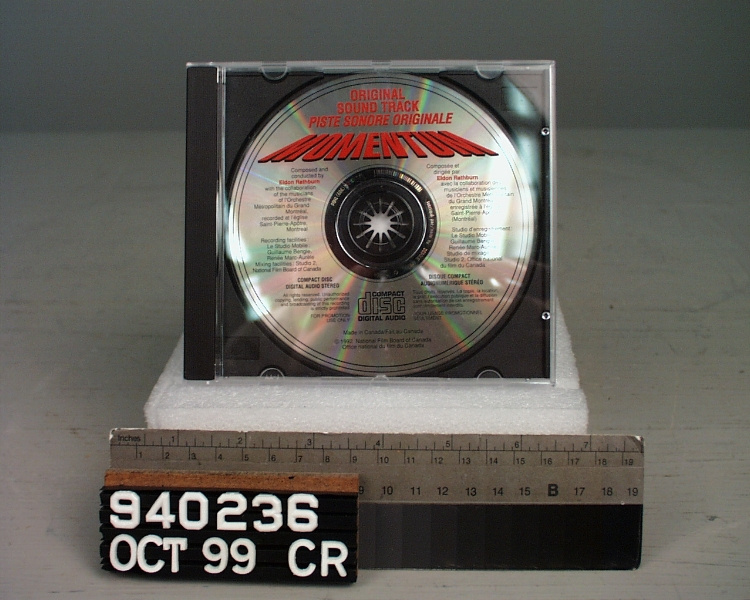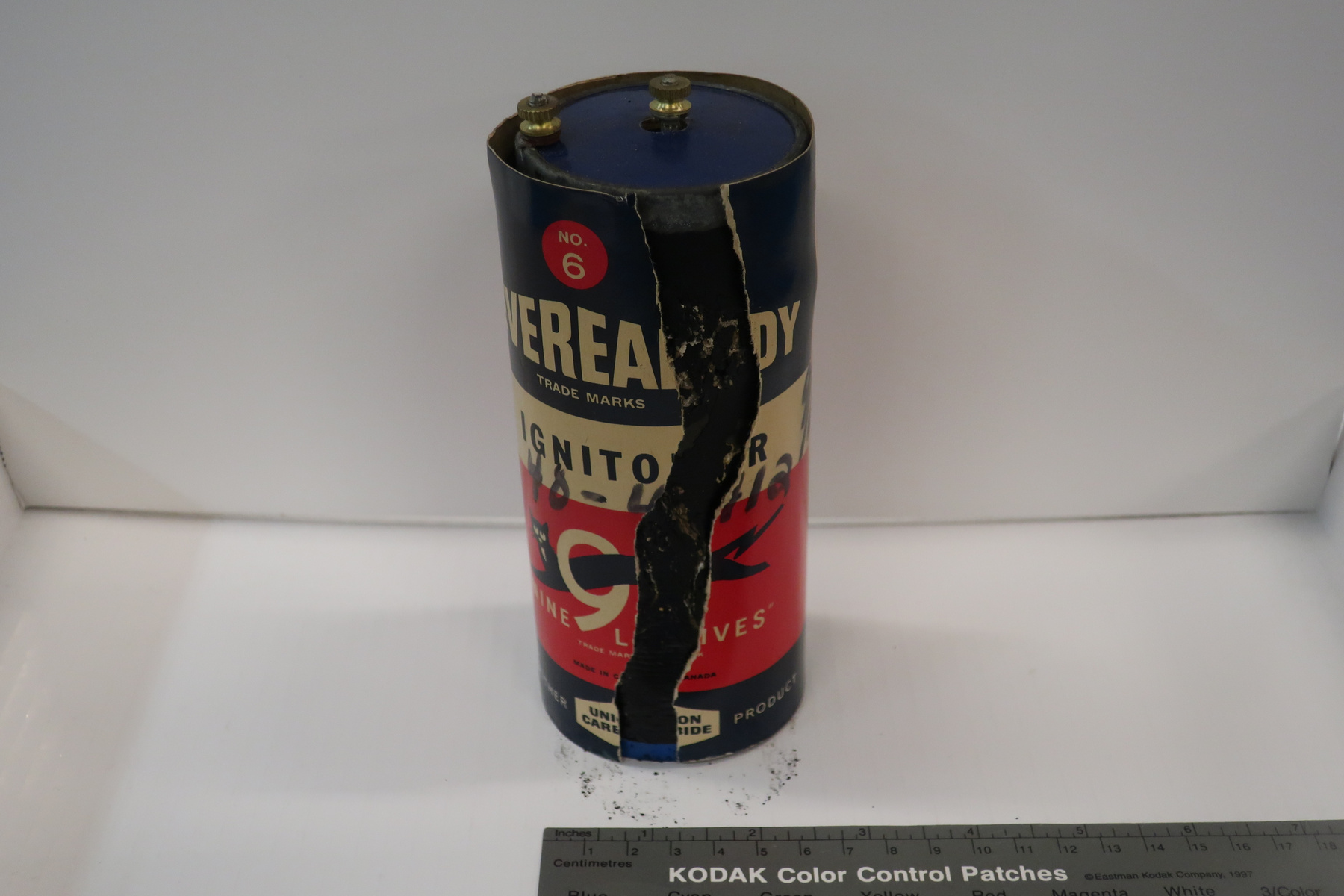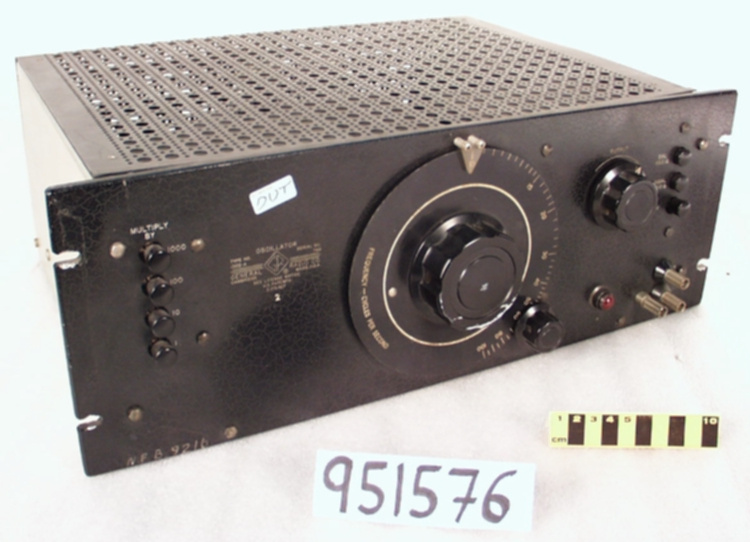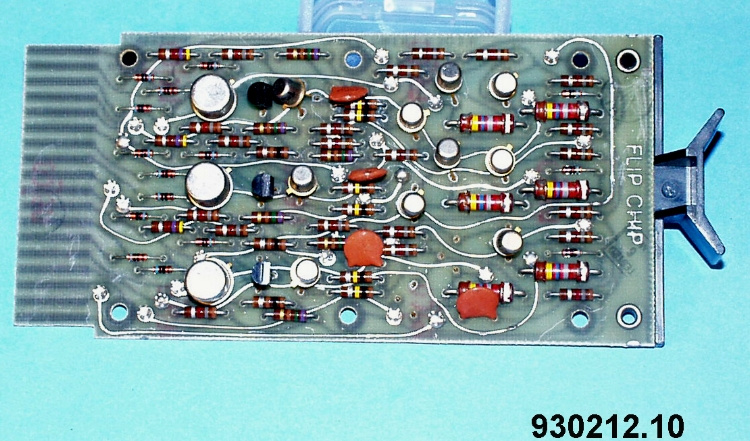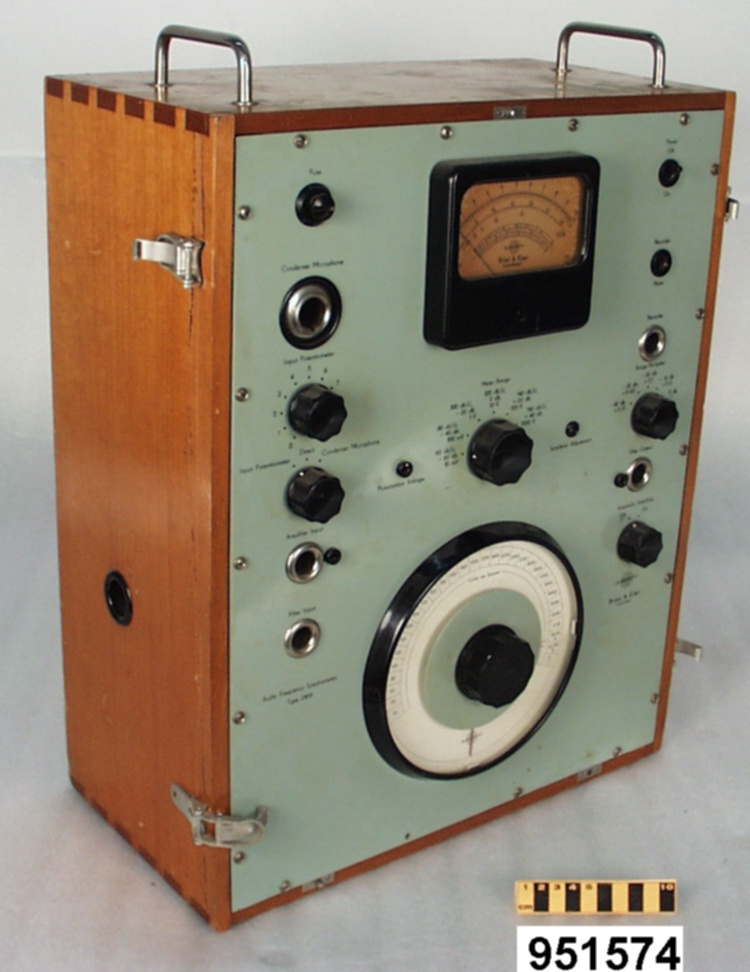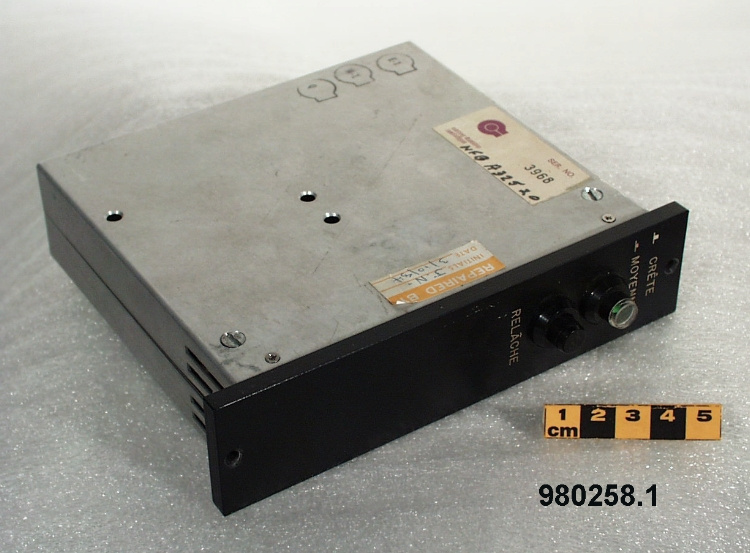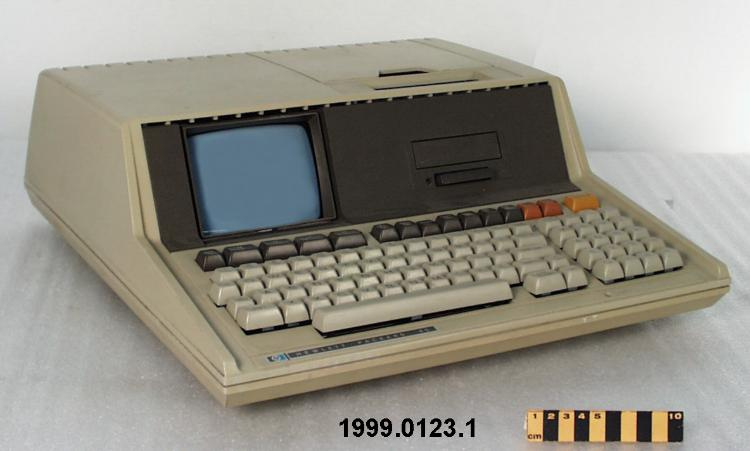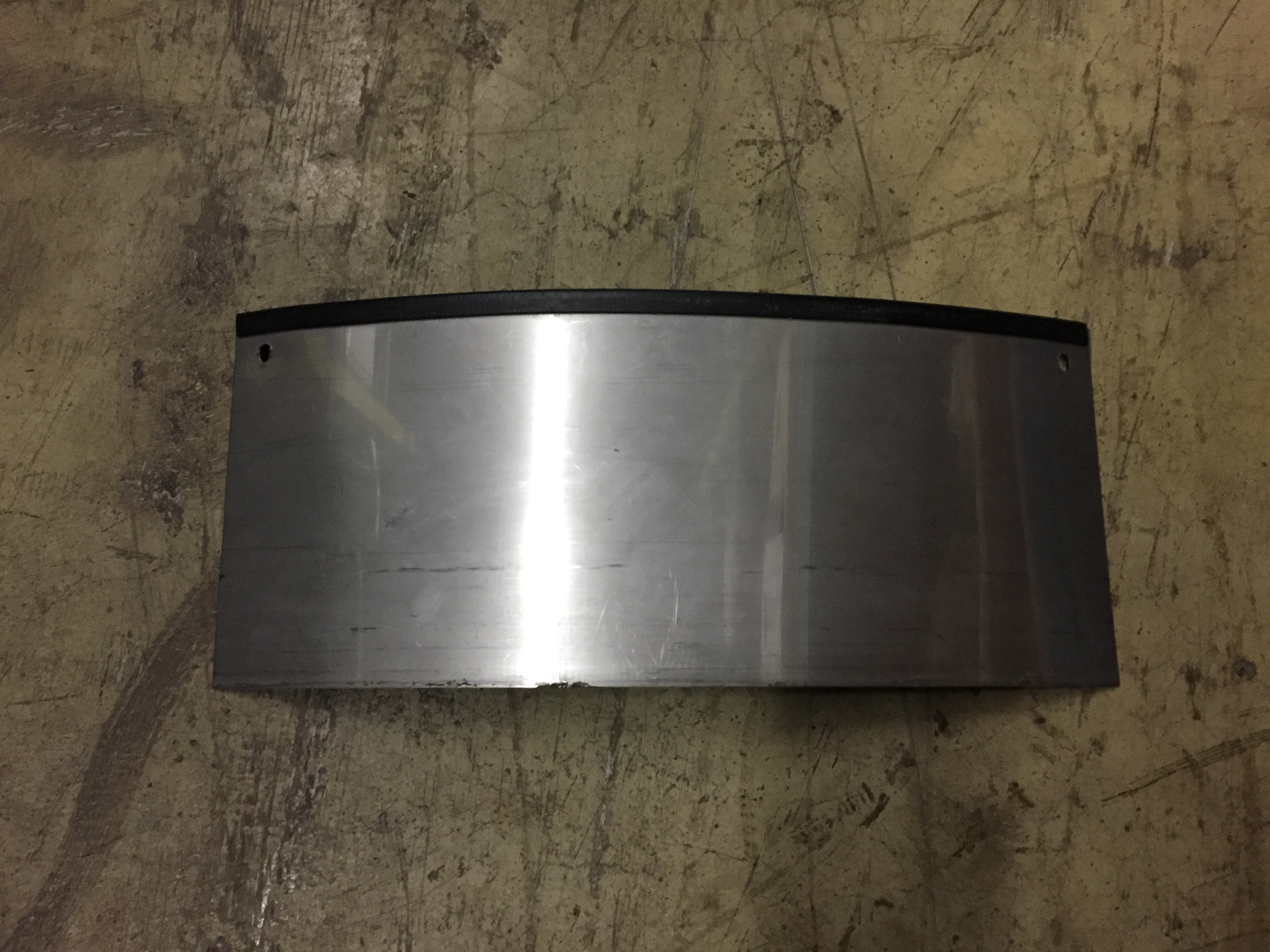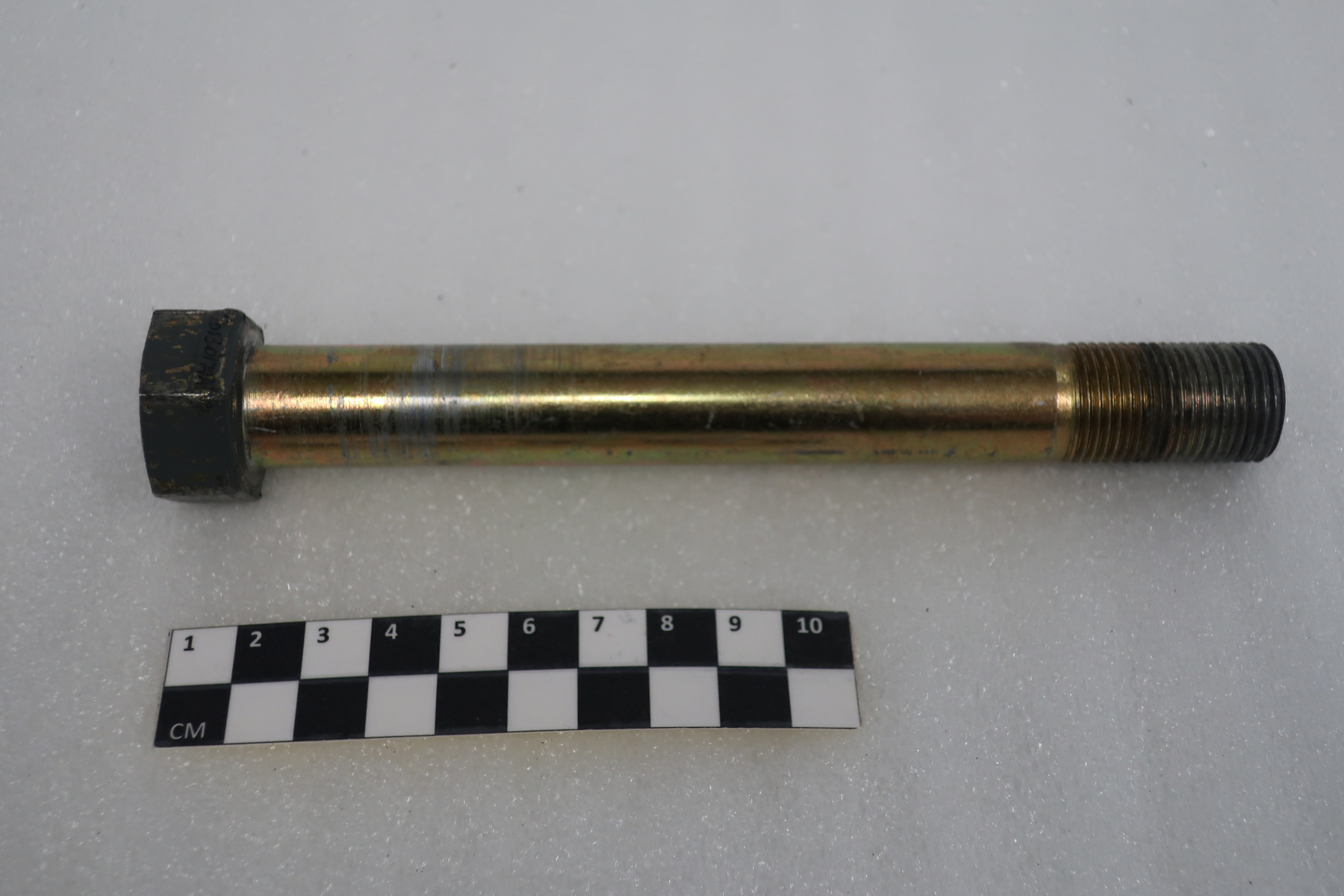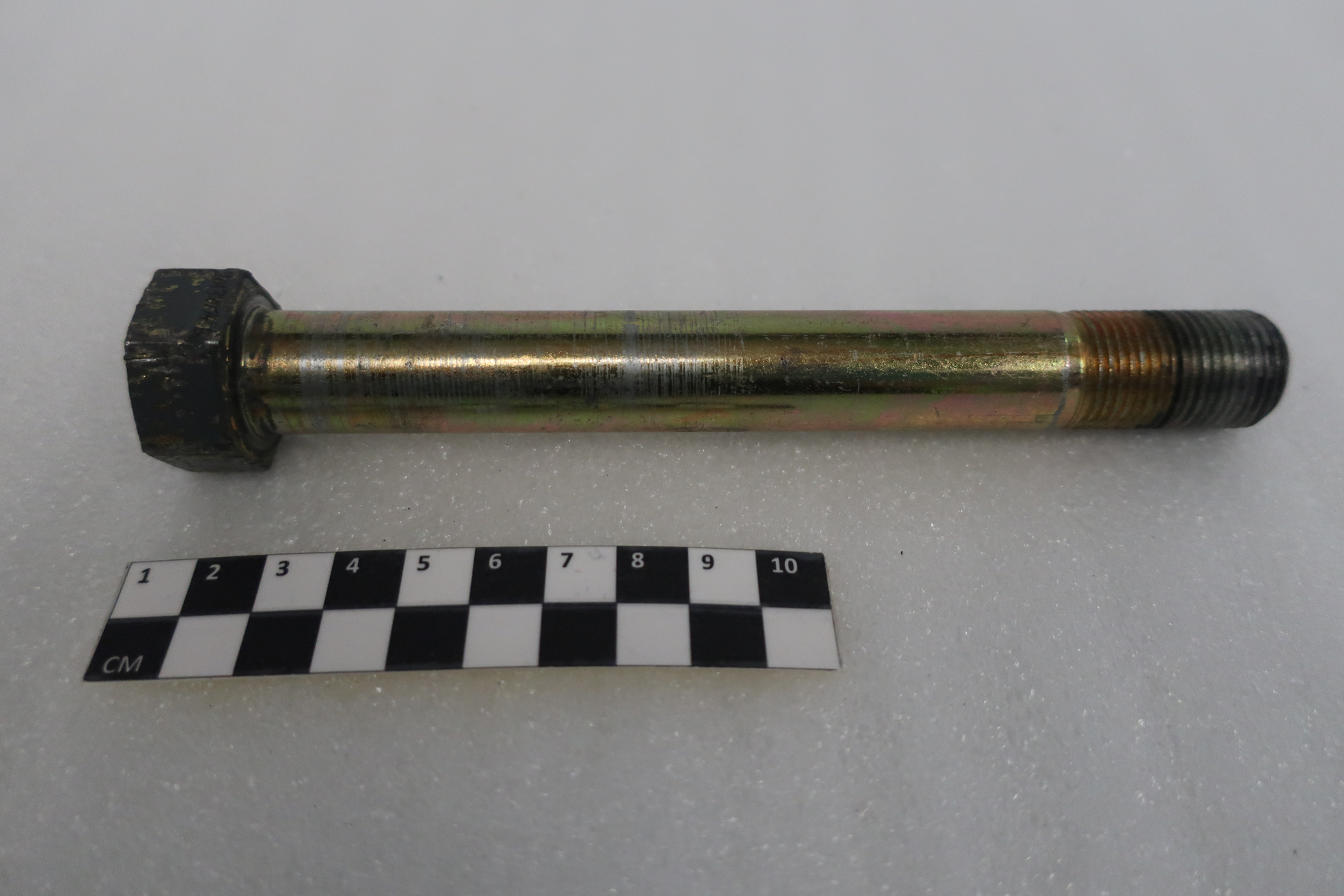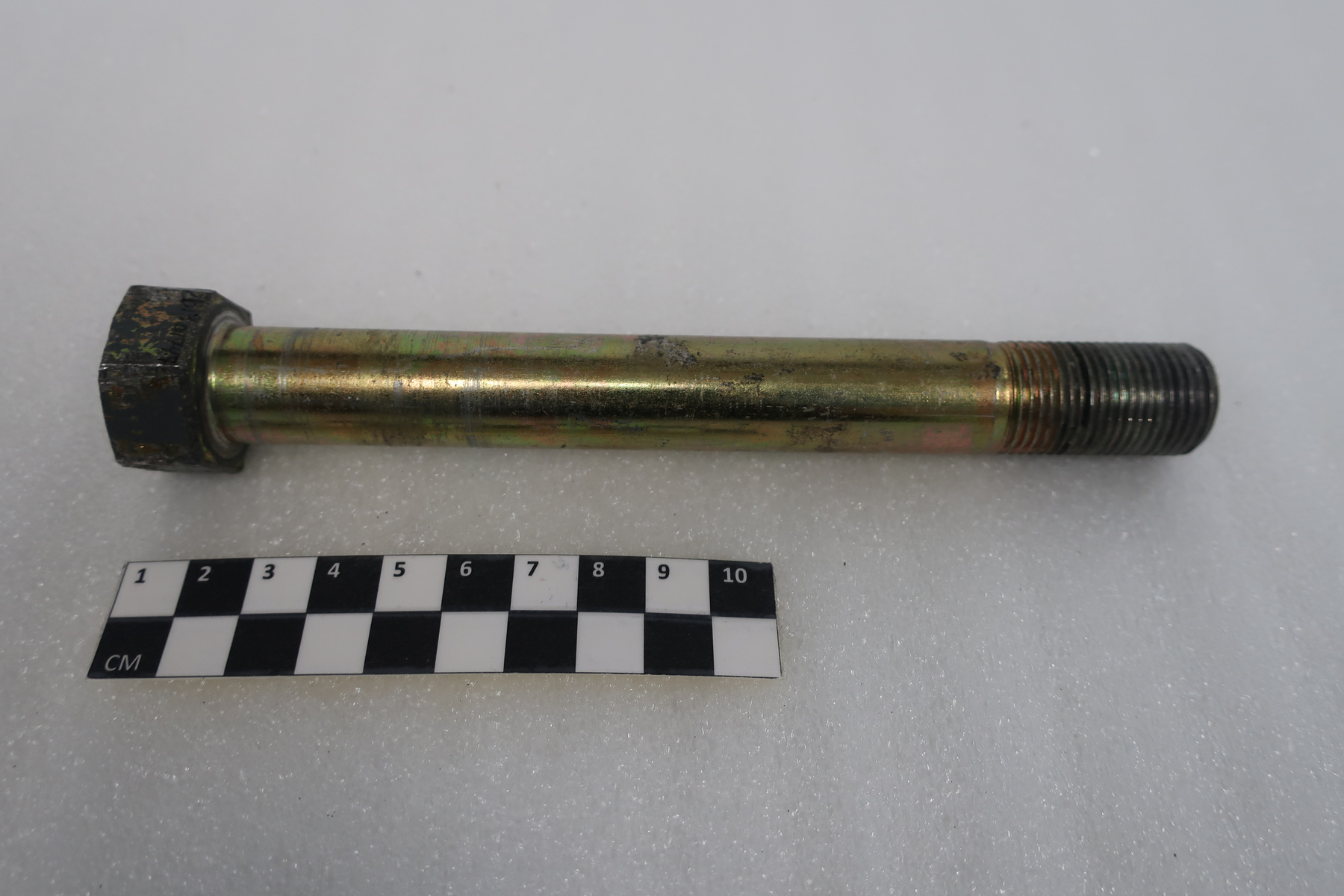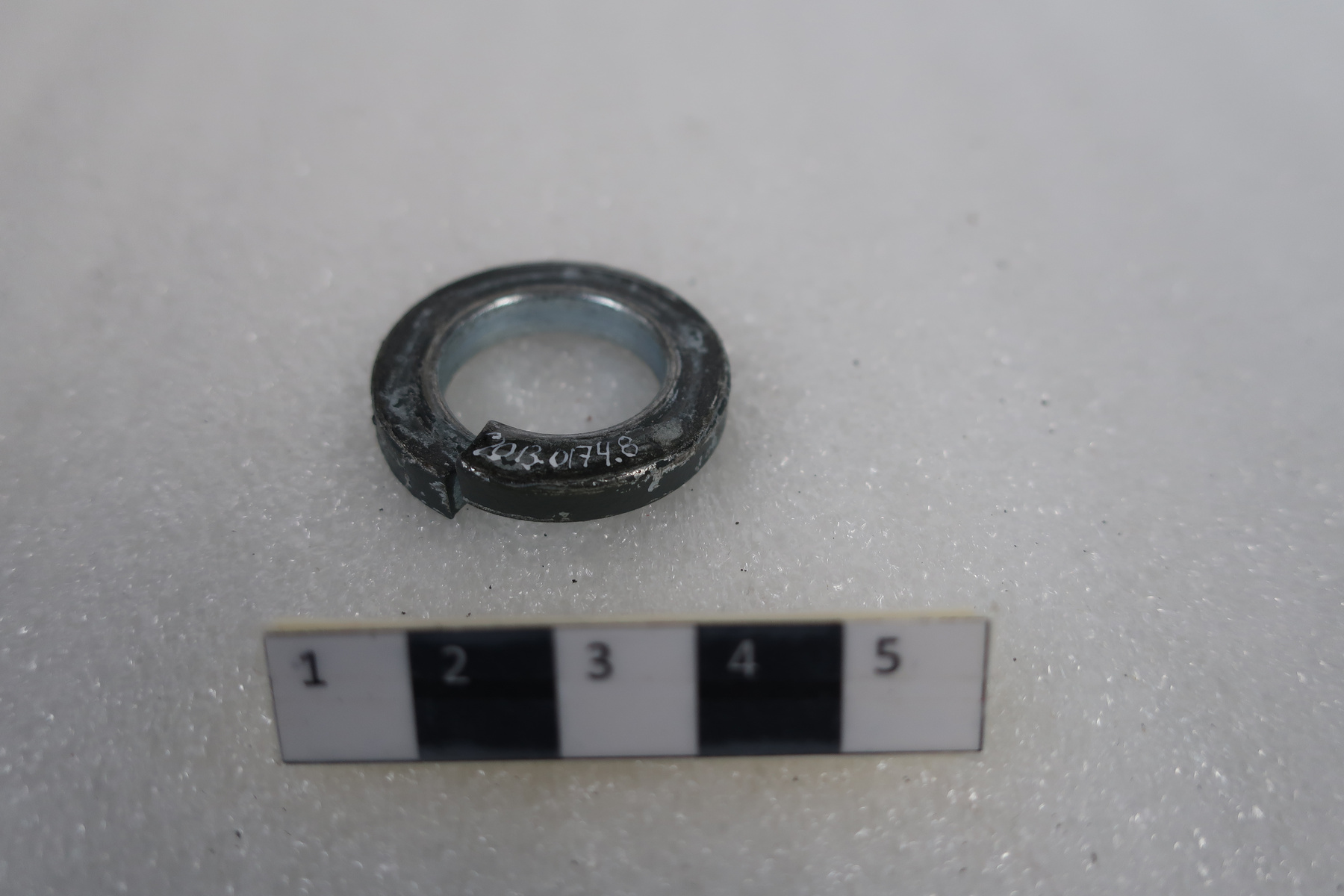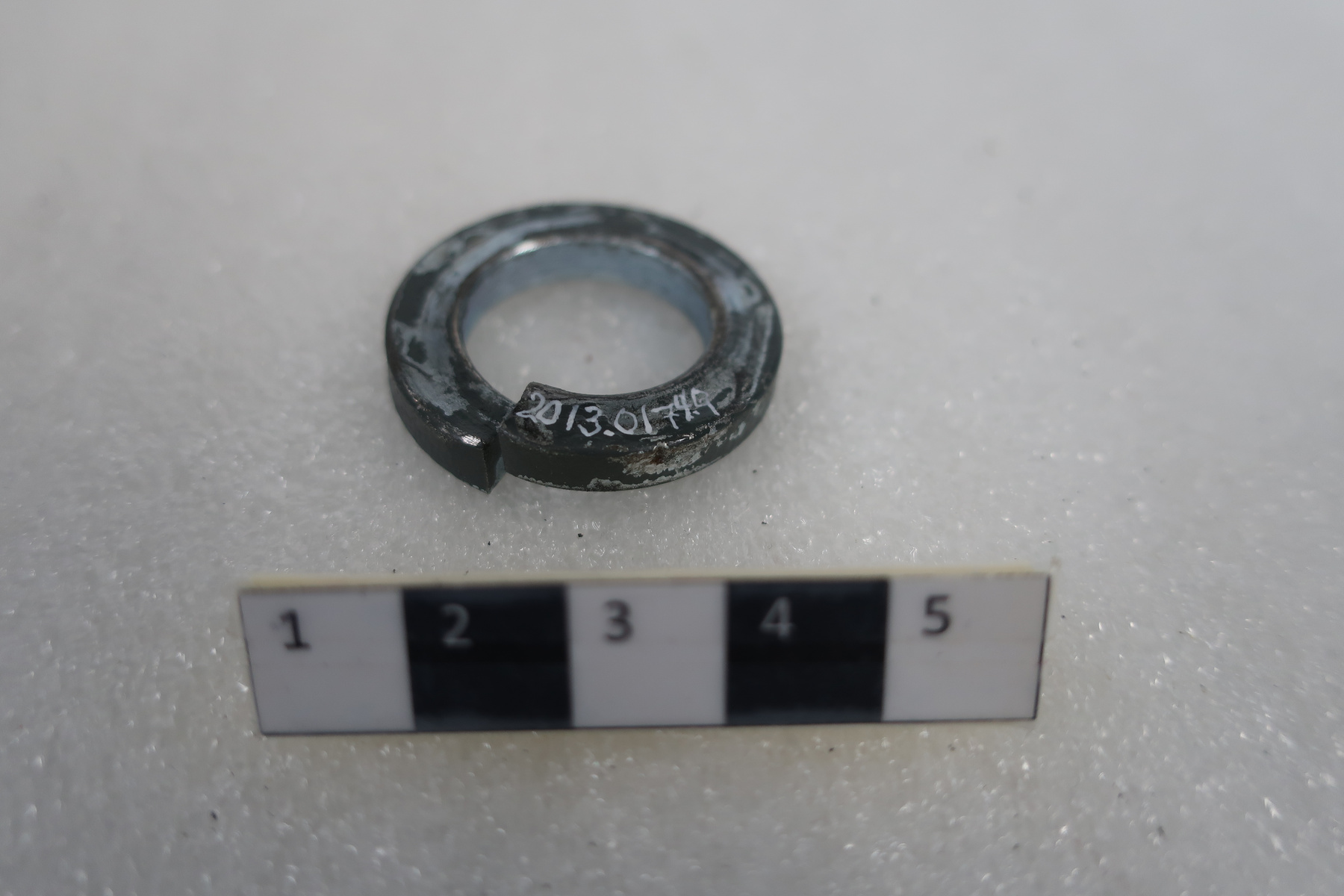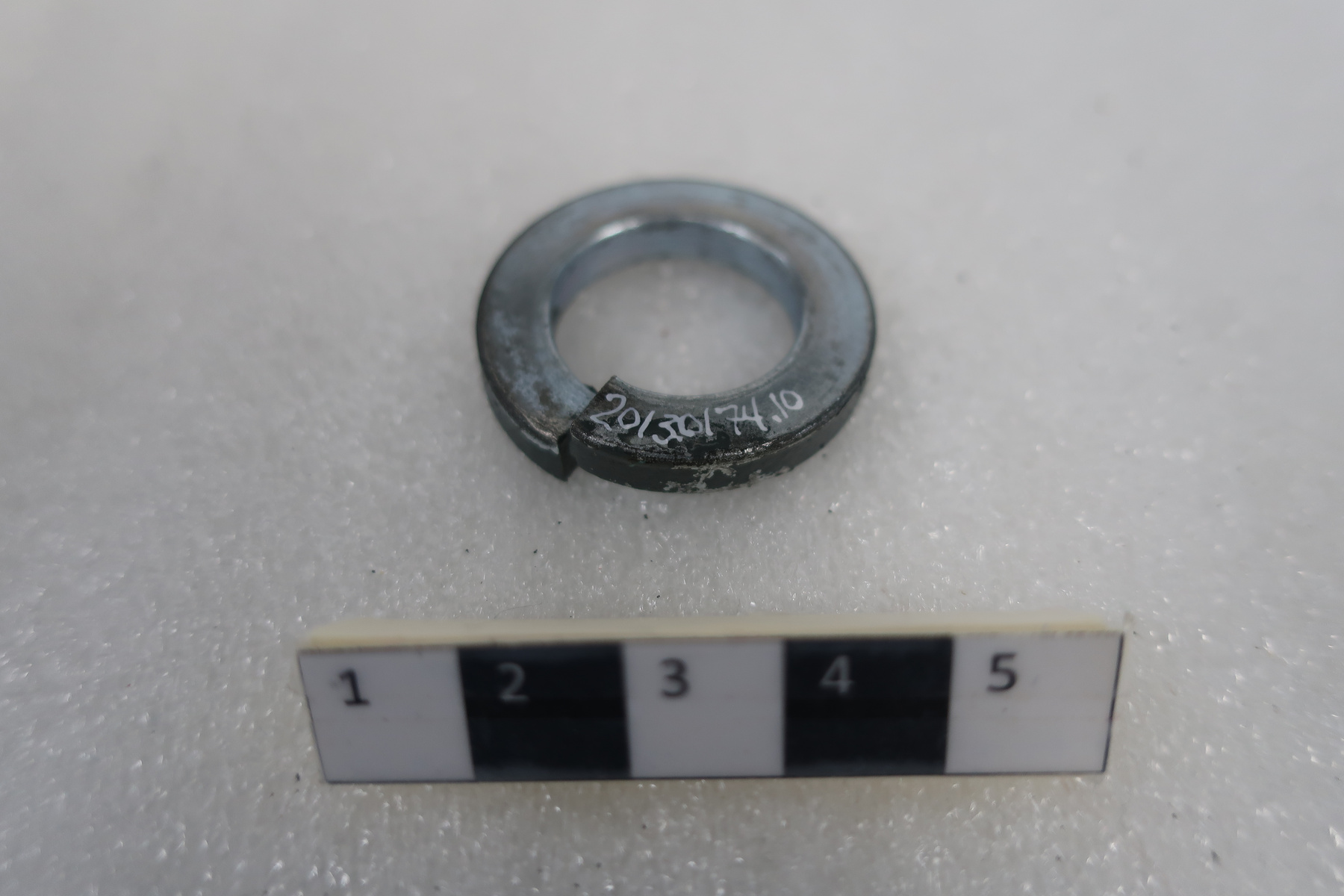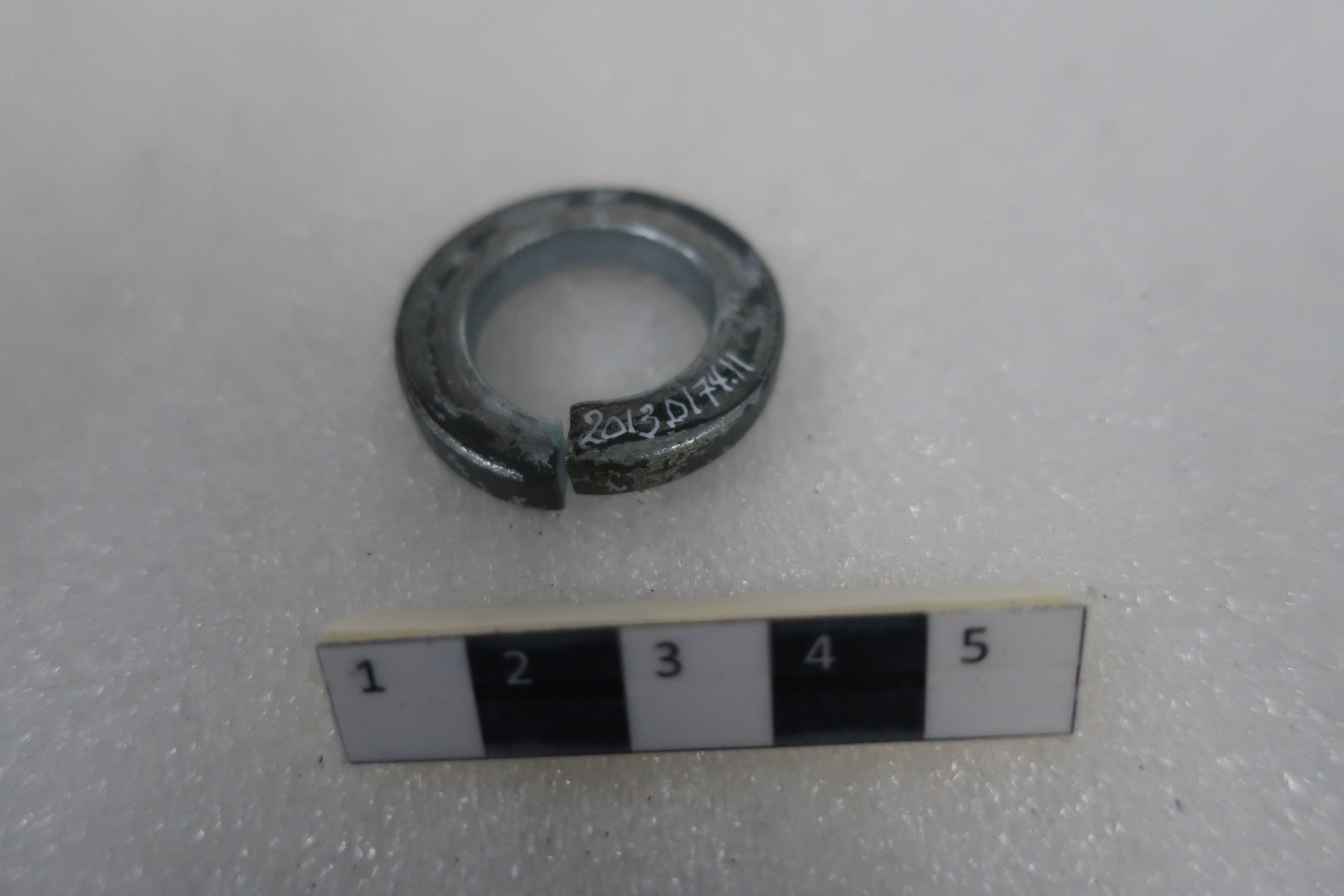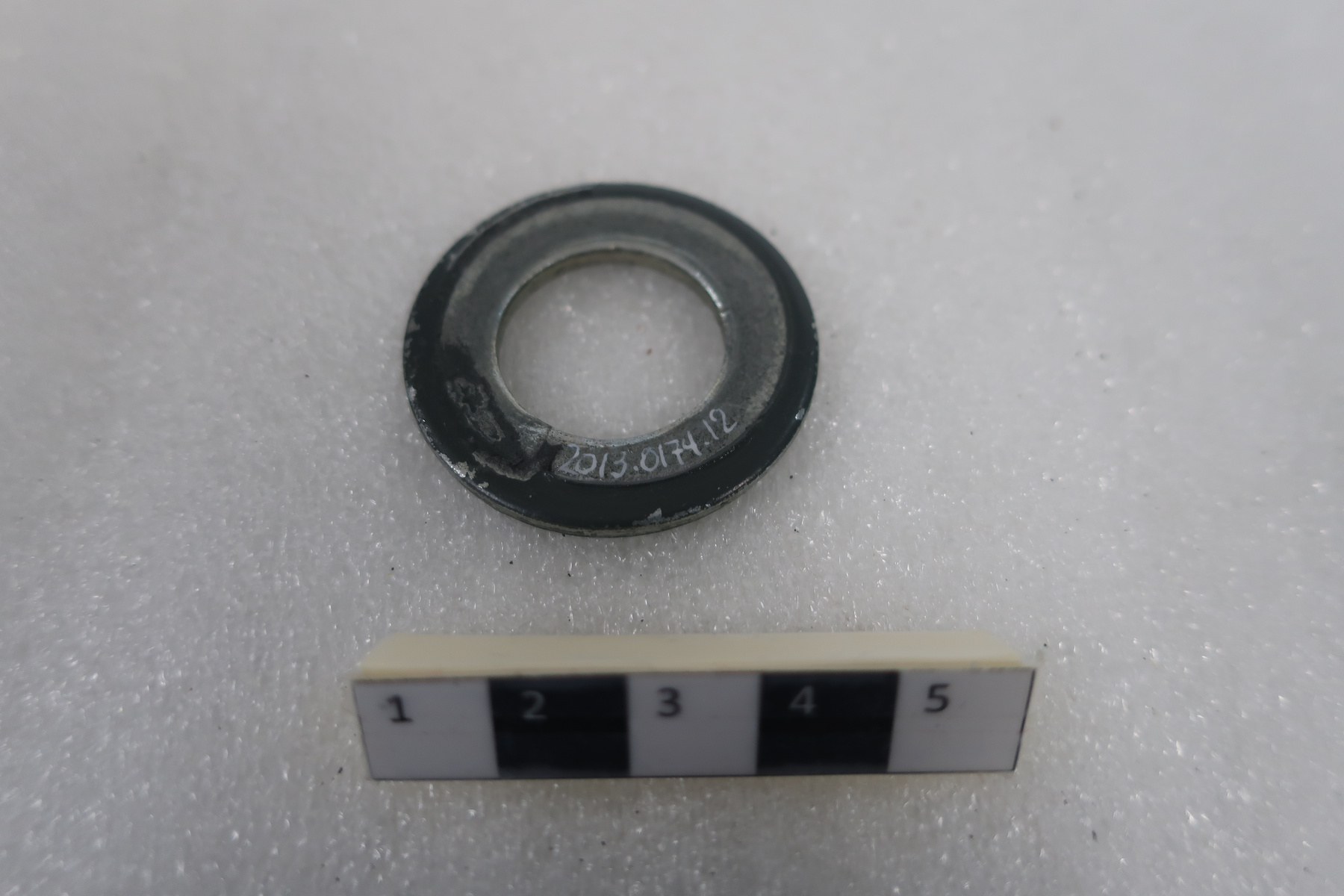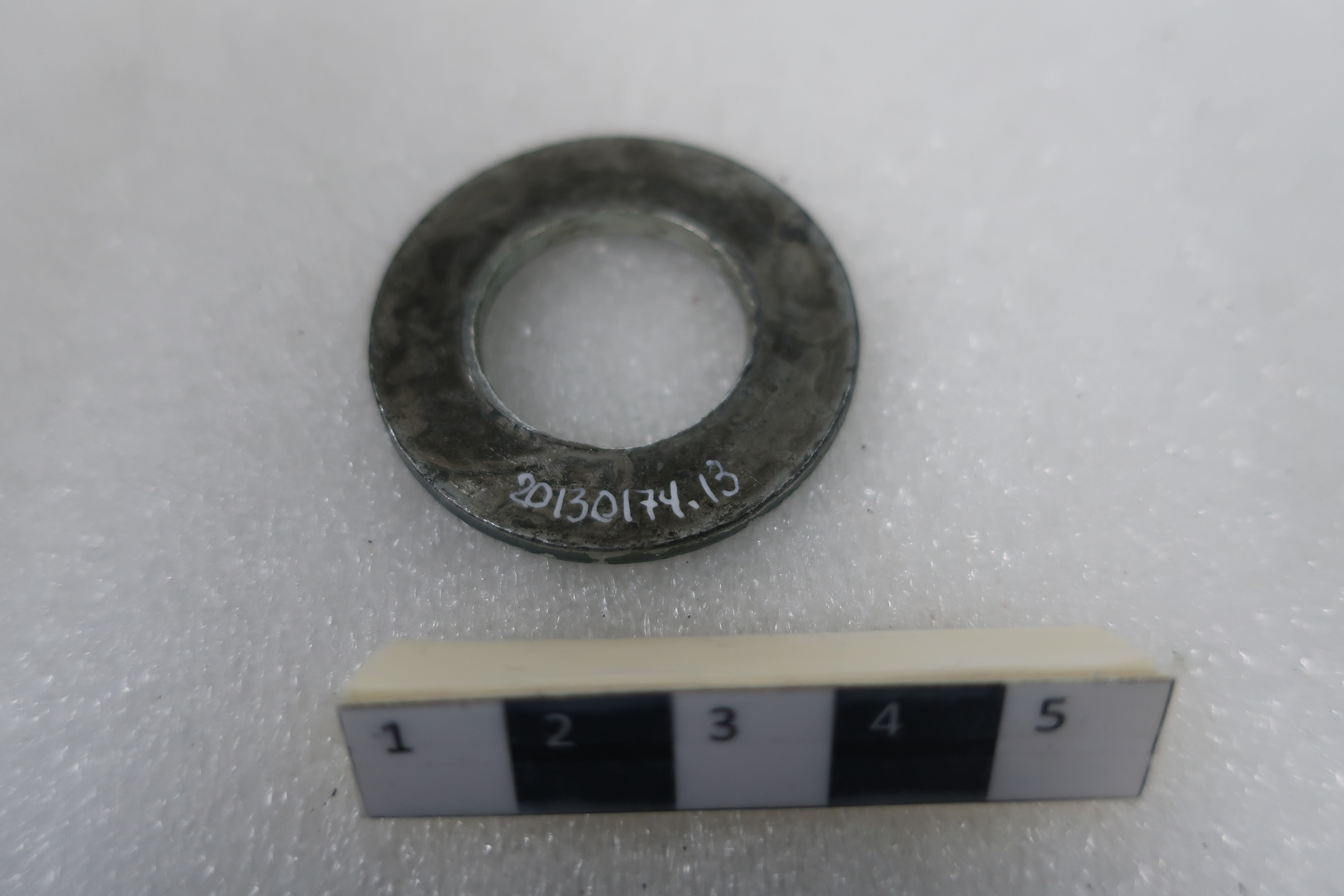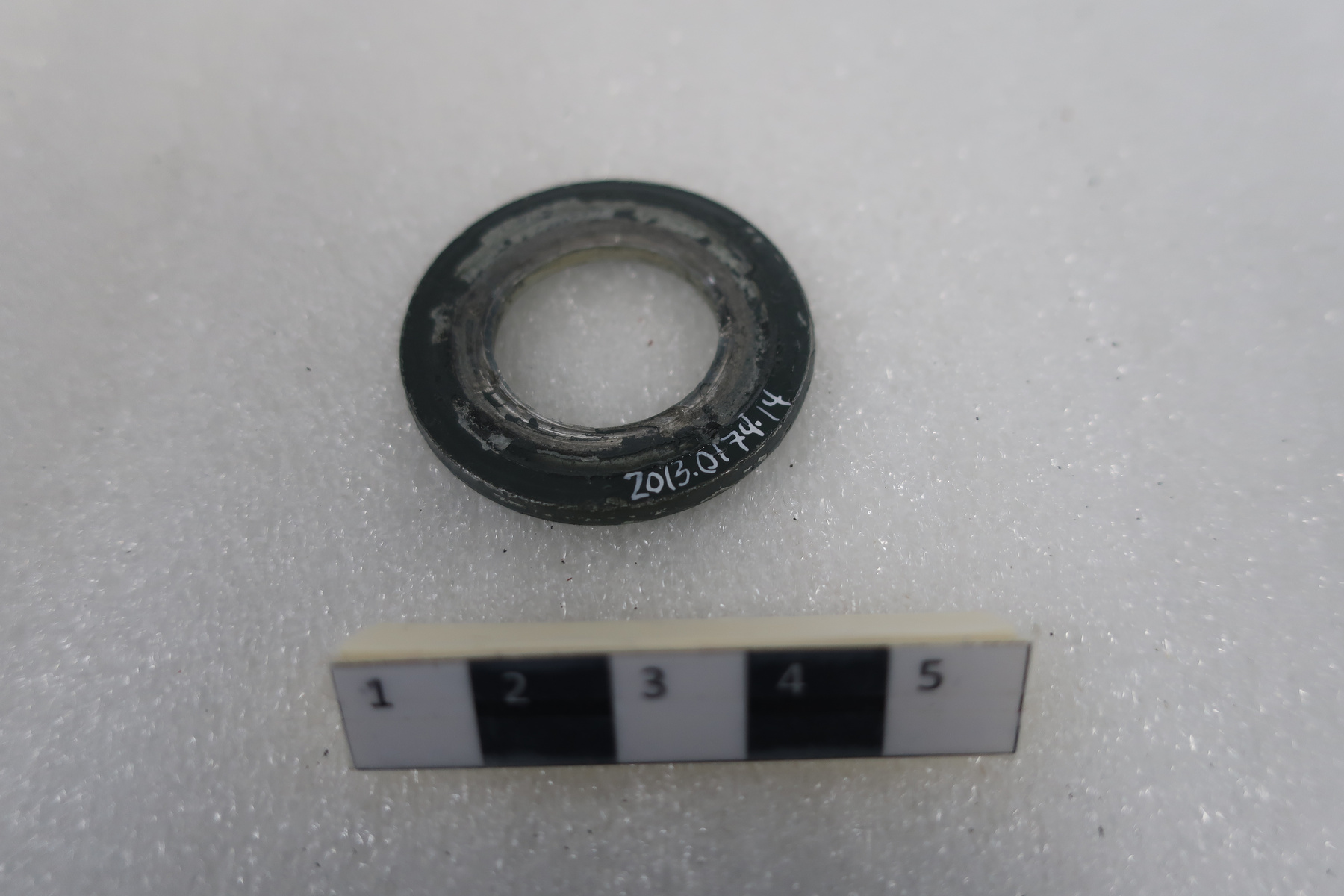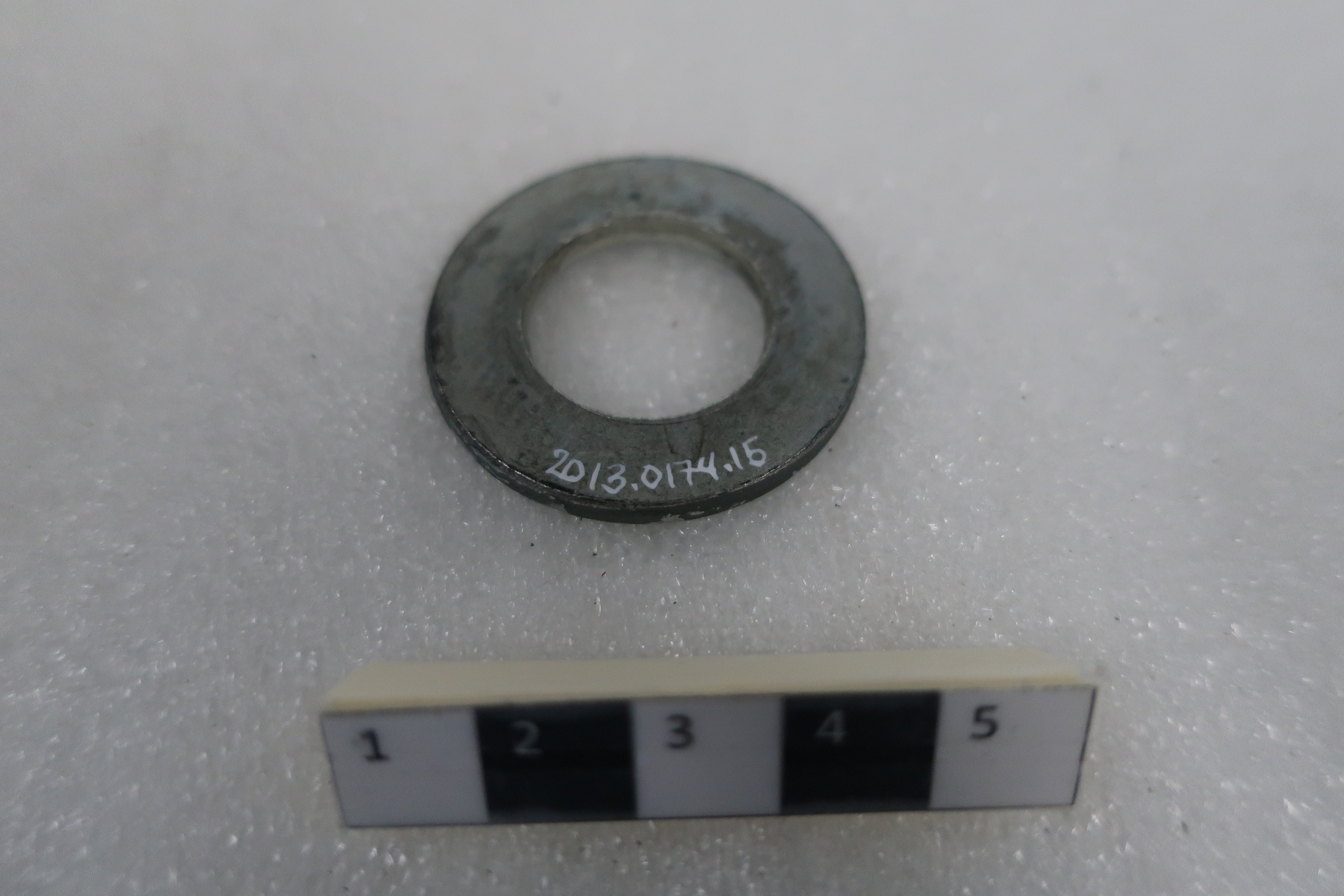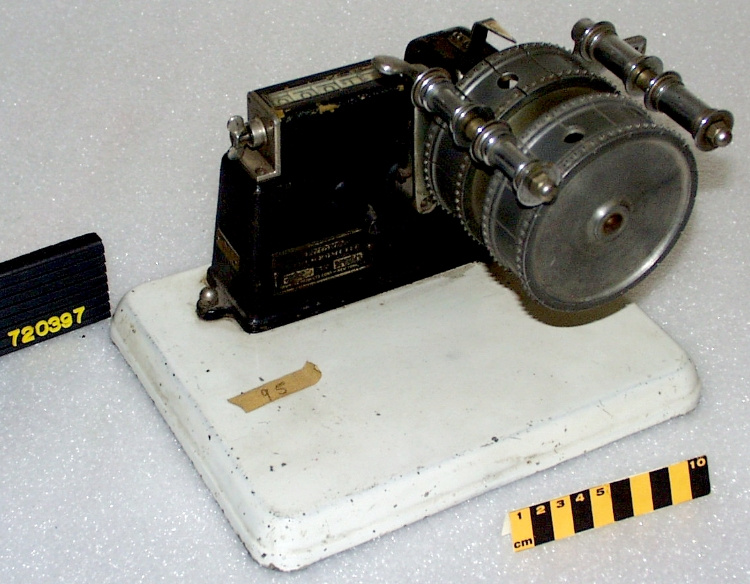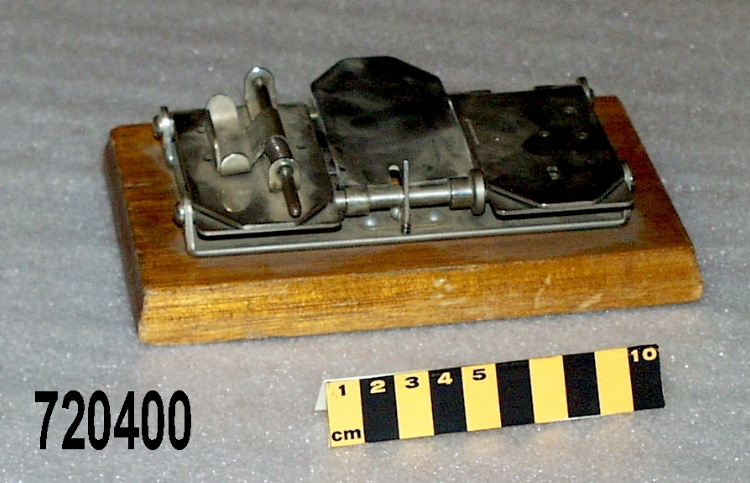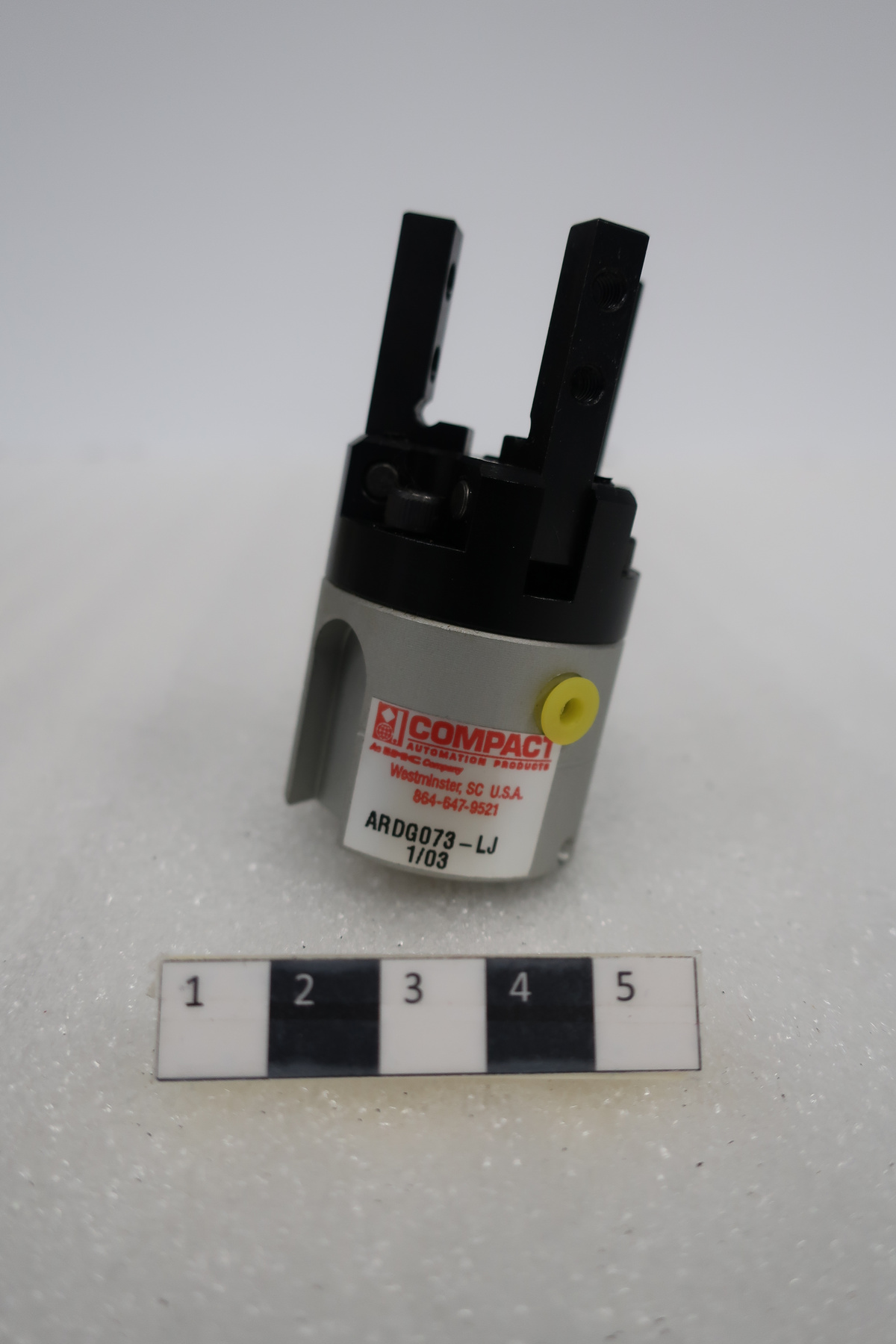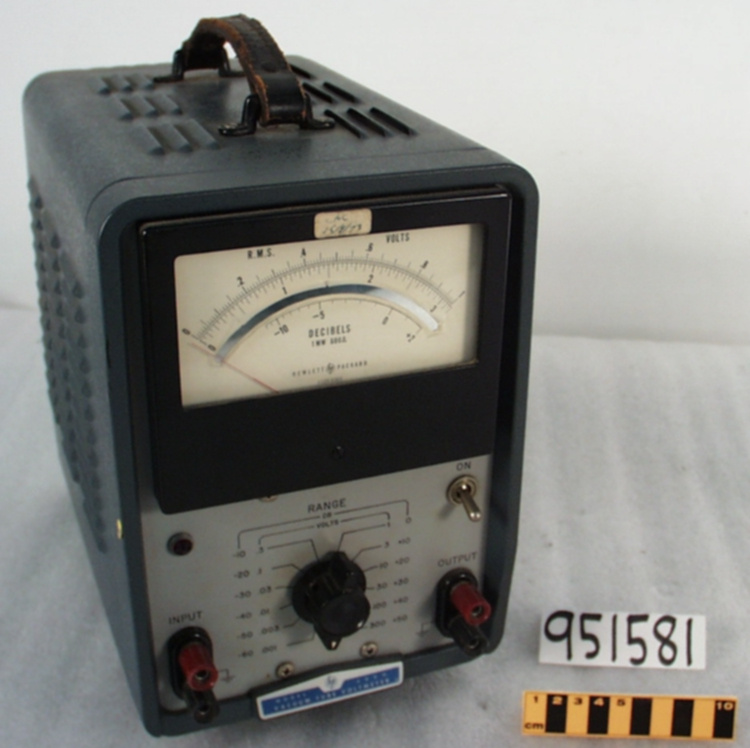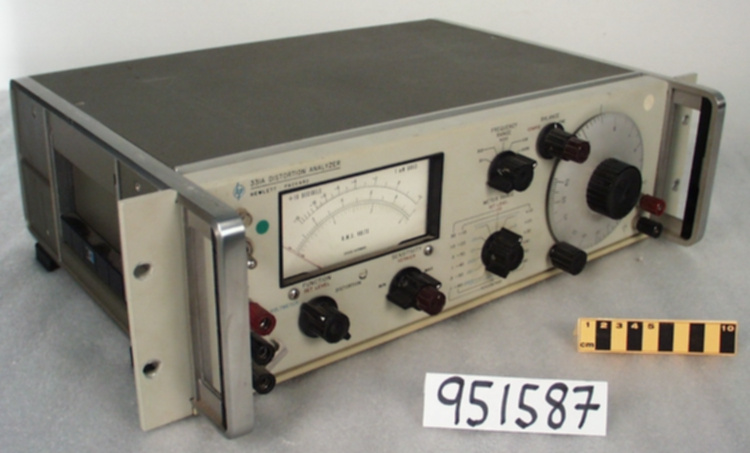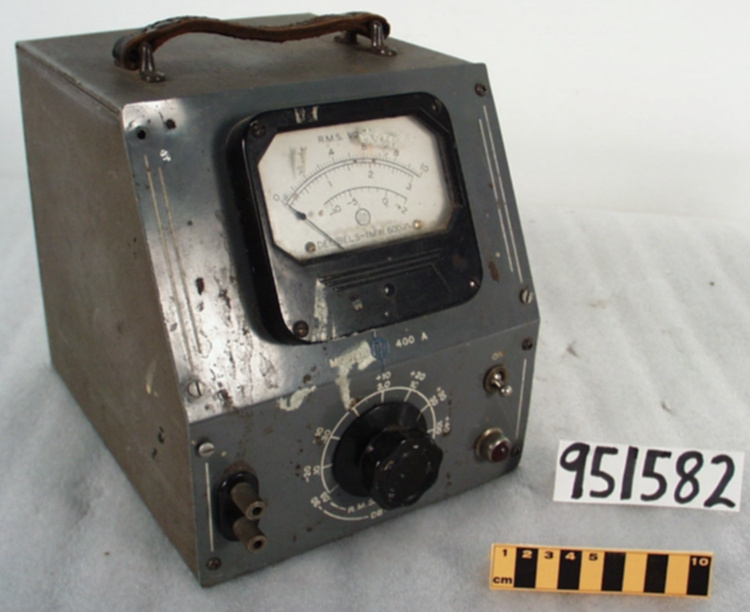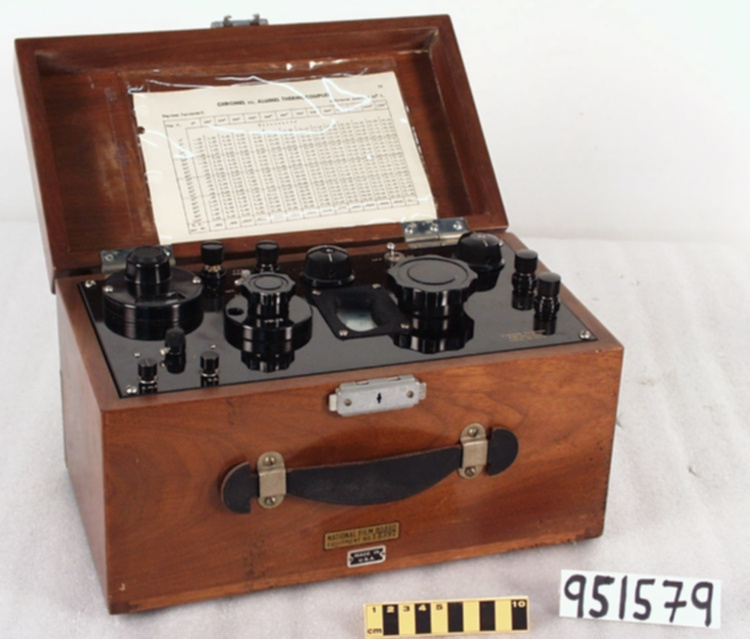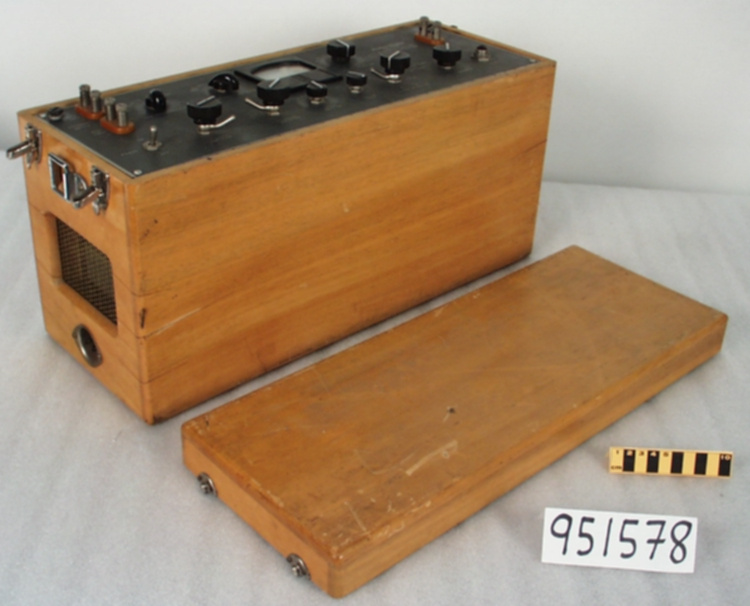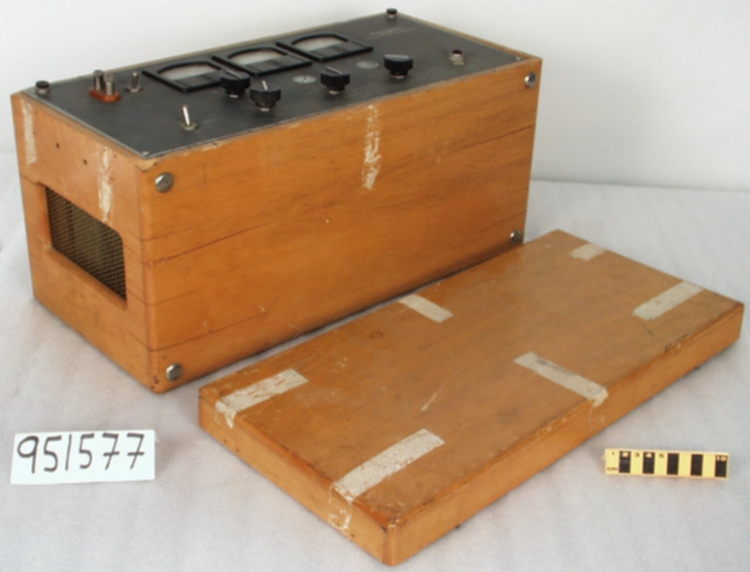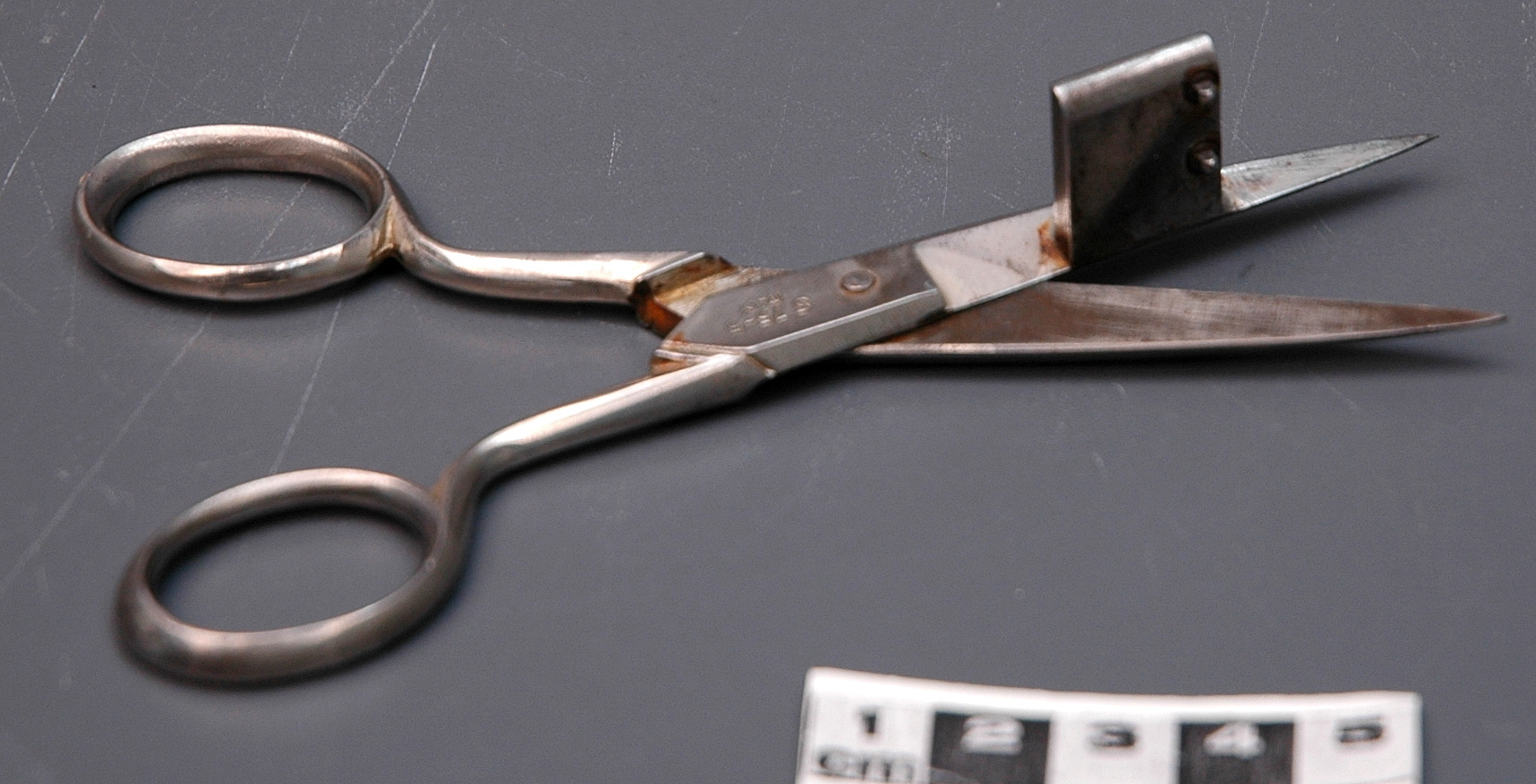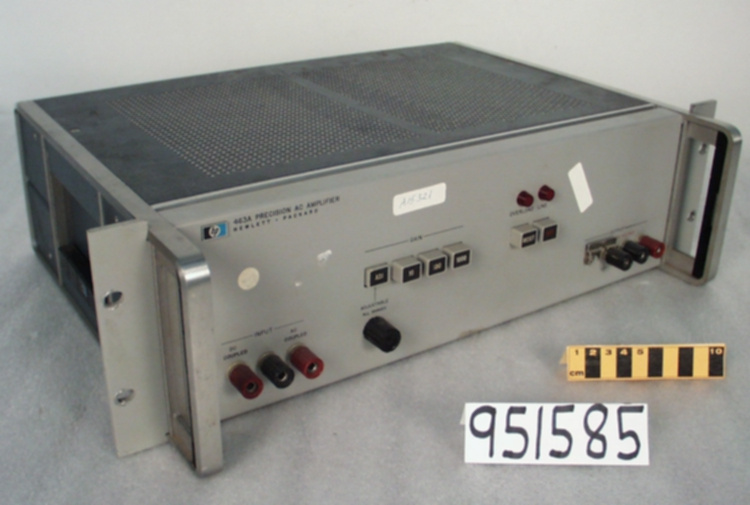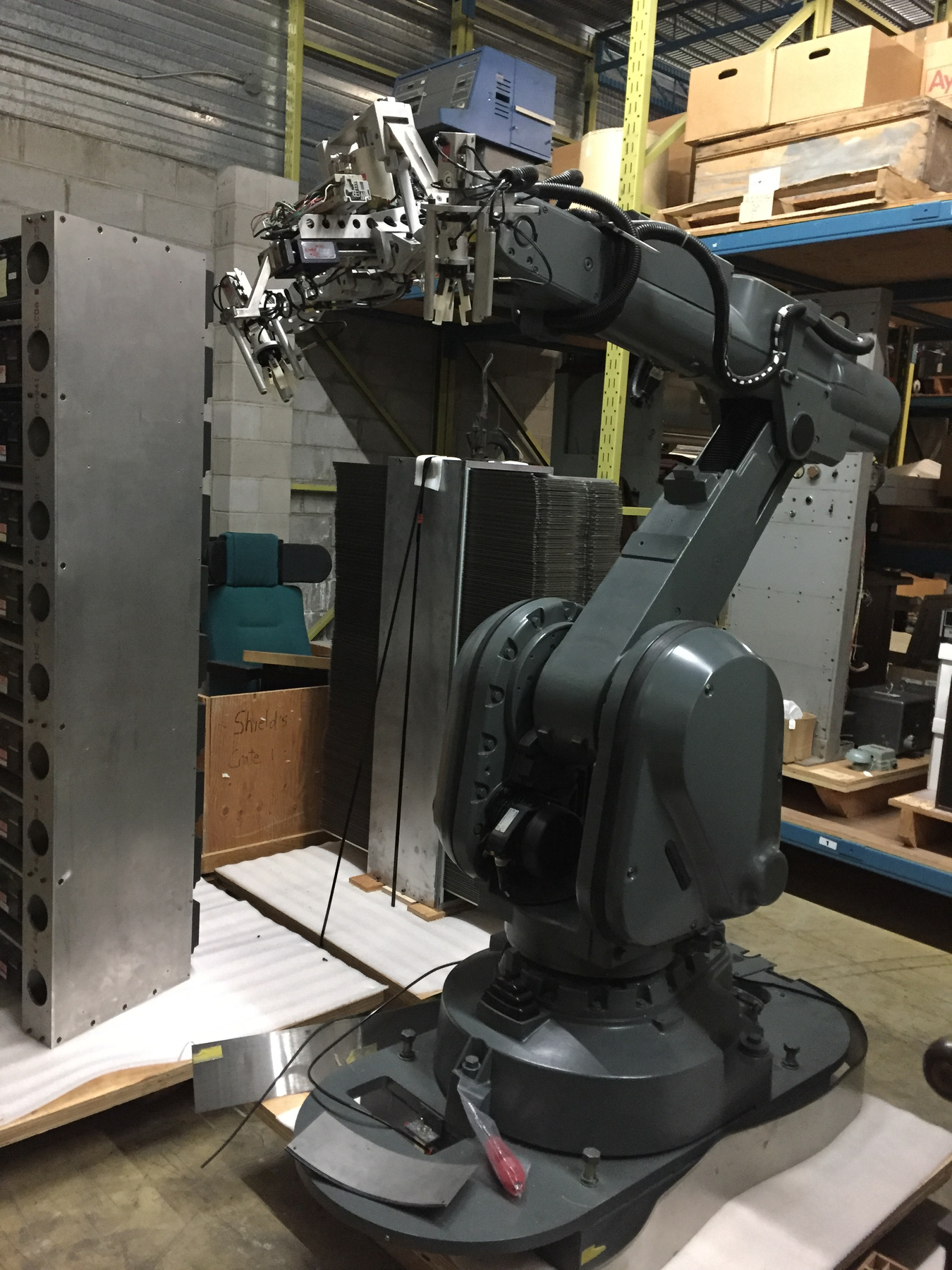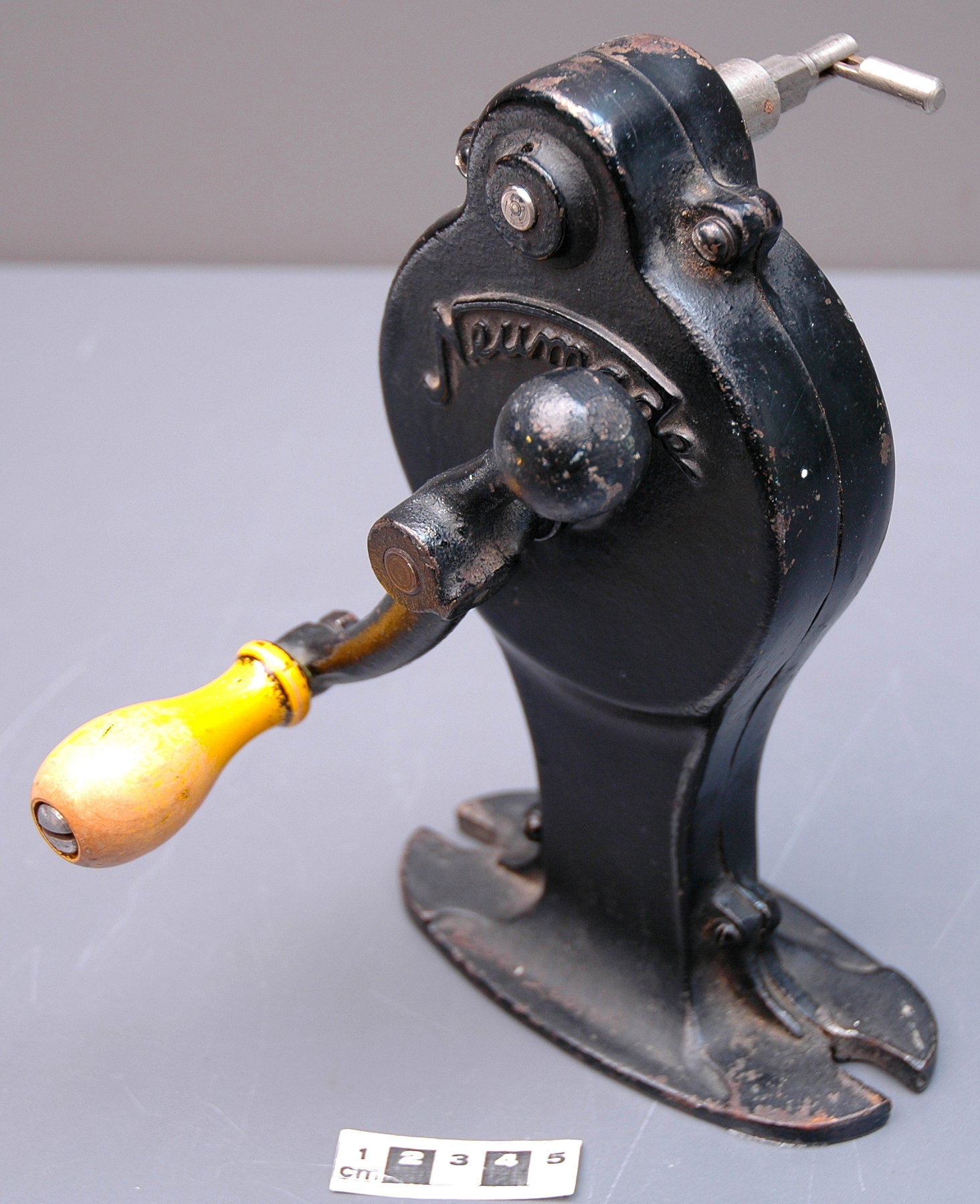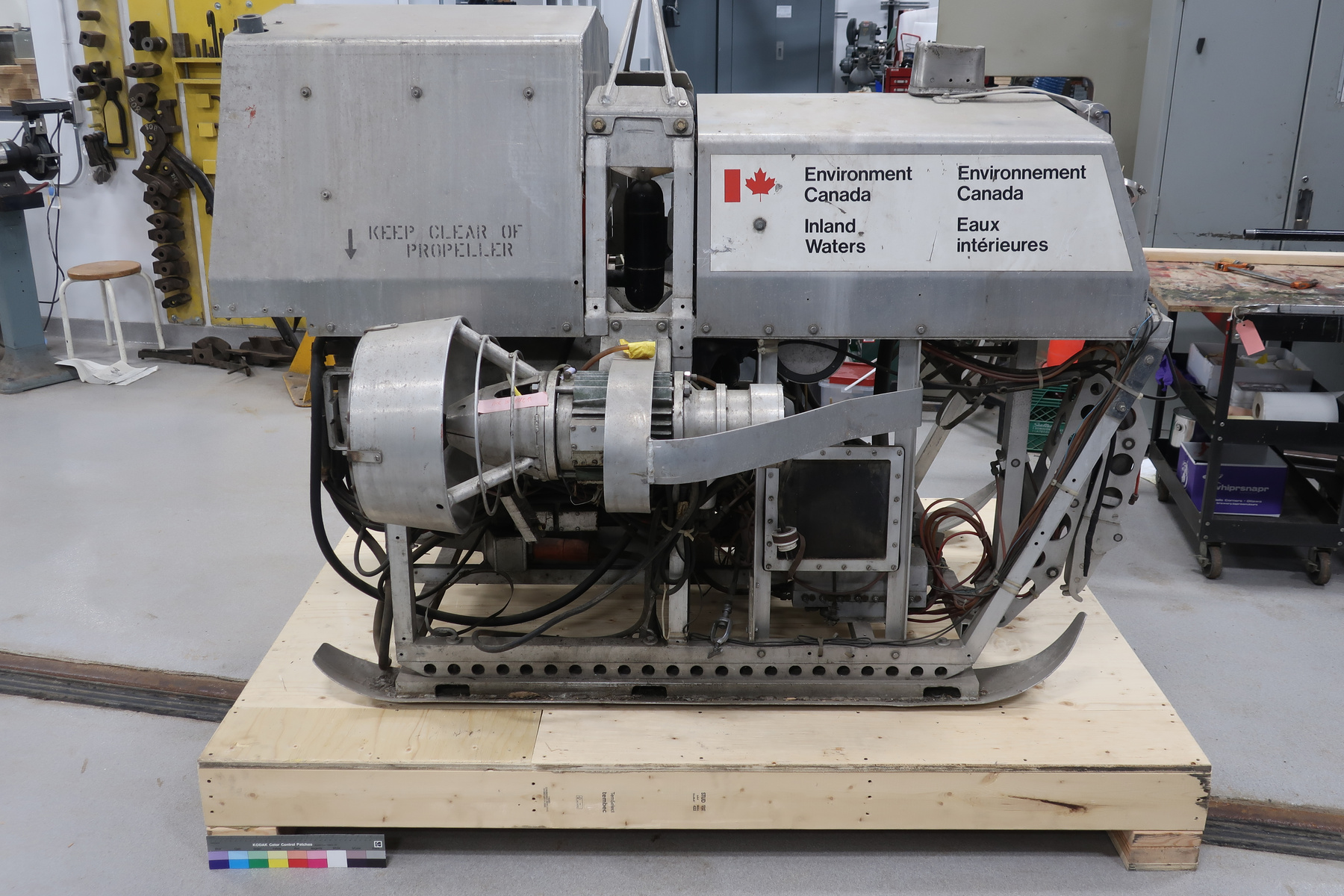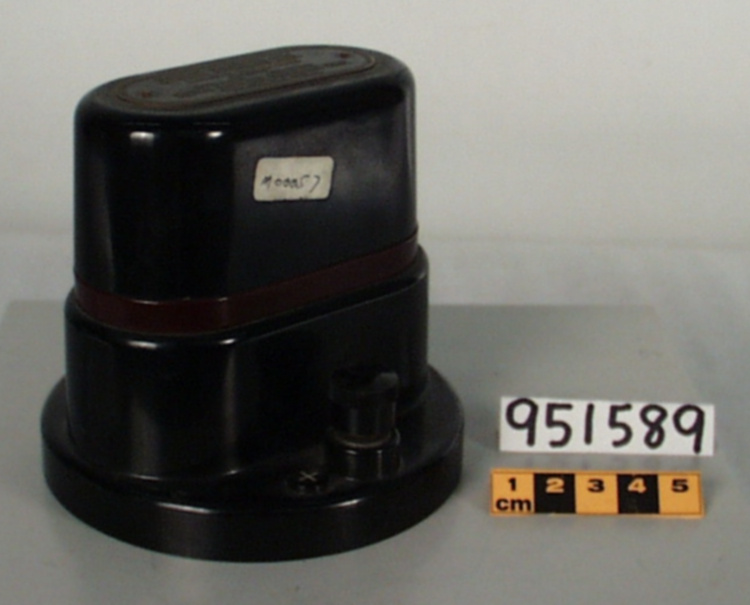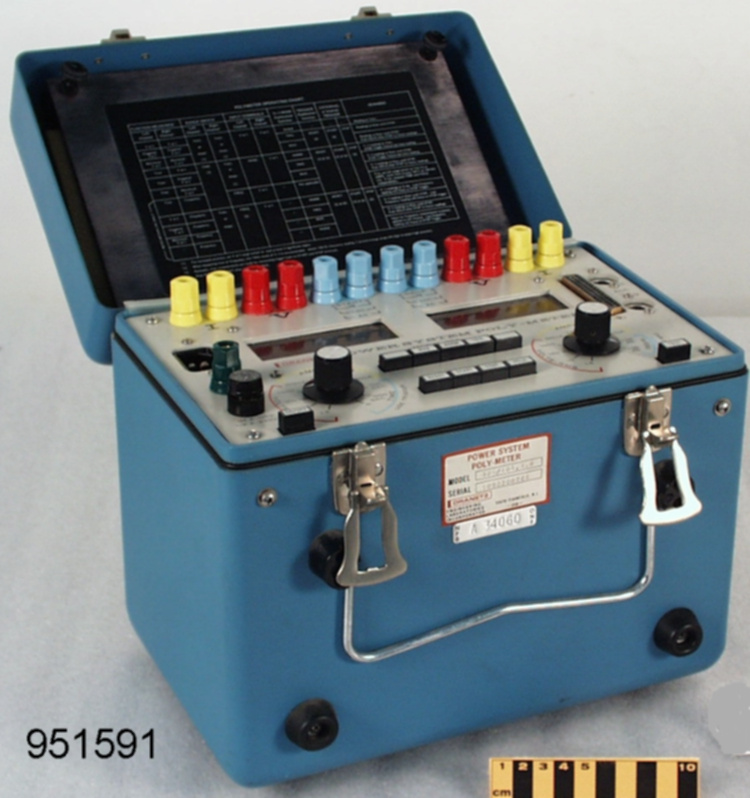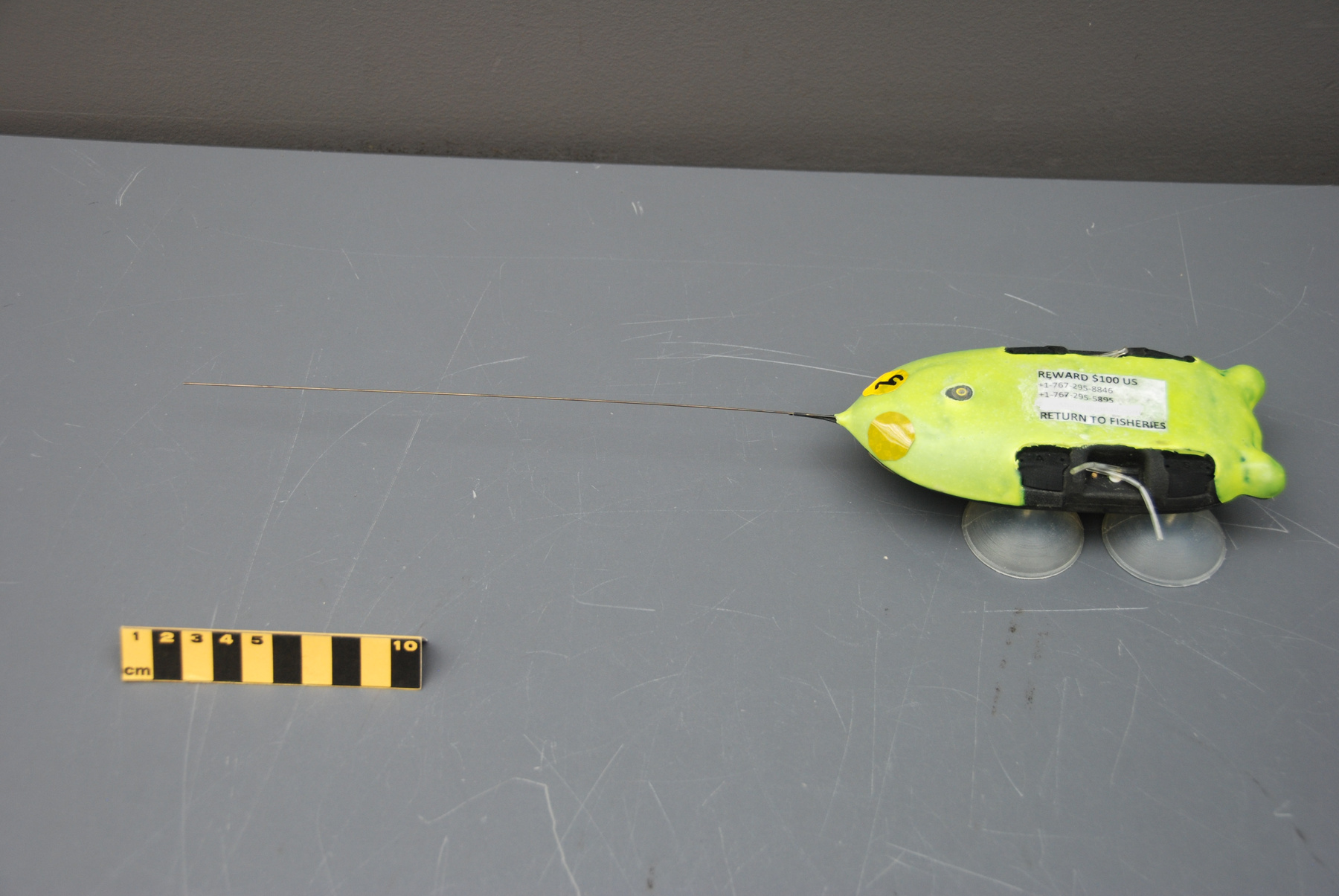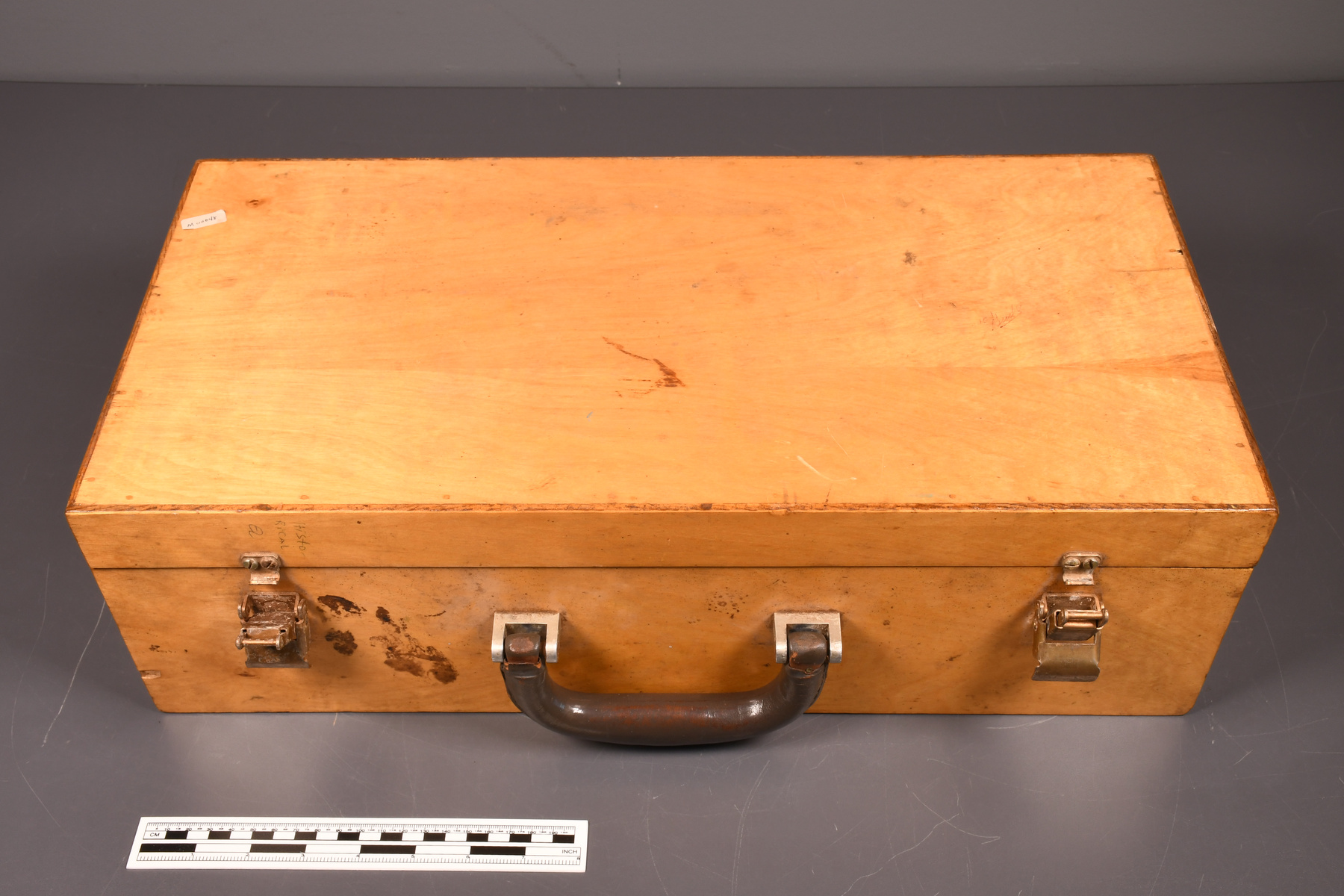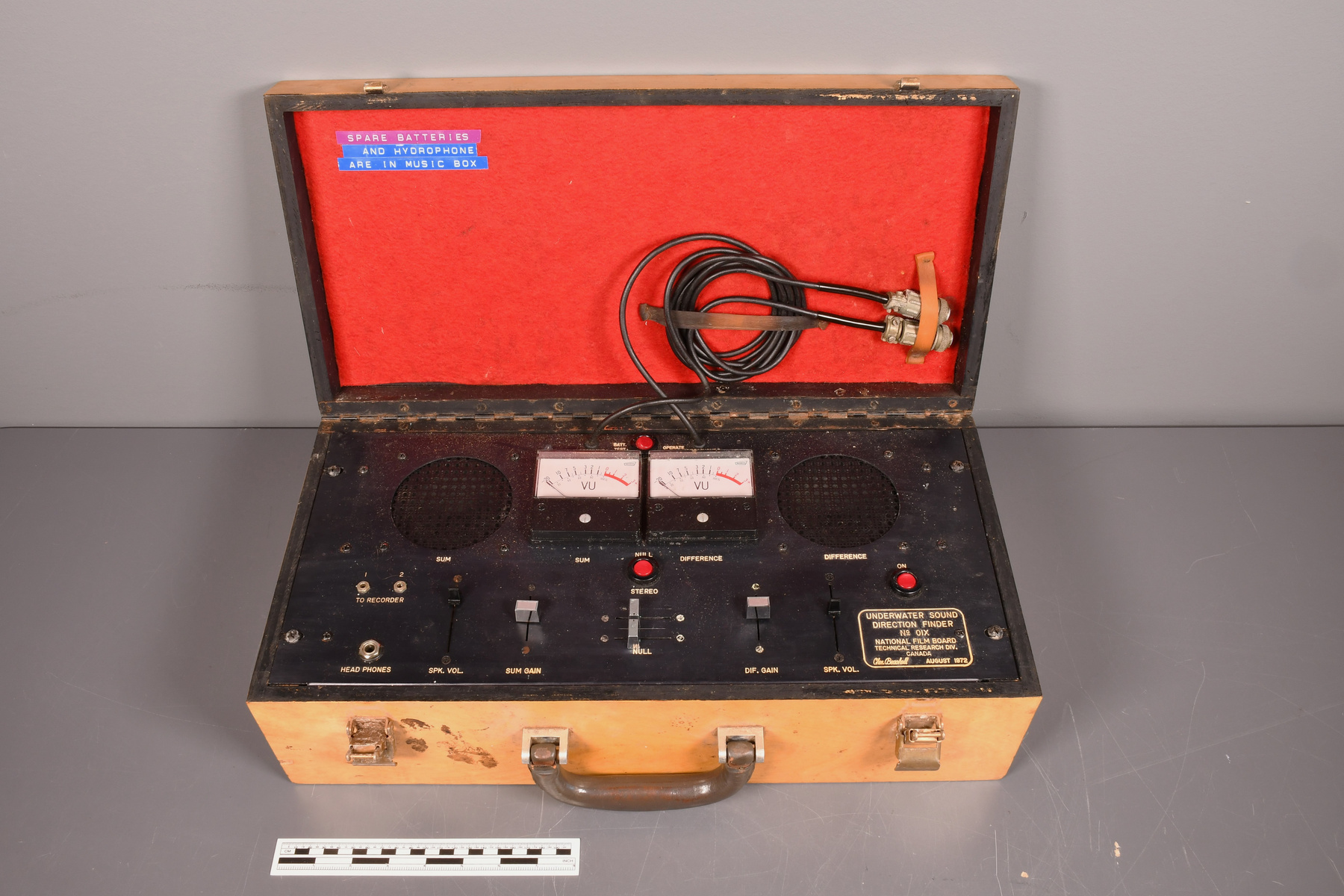Console, audio
Use this image
Can I reuse this image without permission? Yes
Object images on the Ingenium Collection’s portal have the following Creative Commons license:
Copyright Ingenium / CC BY-NC-ND (Attribution-NonCommercial 4.0 International (CC BY-NC 4.0)
ATTRIBUTE THIS IMAGE
Ingenium,
2011.0306.001
Permalink:
Ingenium is releasing this image under the Creative Commons licensing framework, and encourages downloading and reuse for non-commercial purposes. Please acknowledge Ingenium and cite the artifact number.
DOWNLOAD IMAGEPURCHASE THIS IMAGE
This image is free for non-commercial use.
For commercial use, please consult our Reproduction Fees and contact us to purchase the image.
- OBJECT TYPE
- hydrophone/2 input
- DATE
- 1972
- ARTIFACT NUMBER
- 2011.0306.001
- MANUFACTURER
- National Film Board of Canada
- MODEL
- OIX
- LOCATION
- Canada
More Information
General Information
- Serial #
- N/A
- Part Number
- 1
- Total Parts
- 1
- AKA
- N/A
- Patents
- N/A
- General Description
- Wood case with metal and synthetic parts.
Dimensions
Note: These reflect the general size for storage and are not necessarily representative of the object's true dimensions.
- Length
- 51.0 cm
- Width
- 25.0 cm
- Height
- 15.5 cm
- Thickness
- N/A
- Weight
- N/A
- Diameter
- N/A
- Volume
- N/A
Lexicon
- Group
- Communications
- Category
- Sound
- Sub-Category
- N/A
Manufacturer
- AKA
- NFB
- Country
- Canada
- State/Province
- Unknown
- City
- Unknown
Context
- Country
- Canada
- State/Province
- Unknown
- Period
- ca. 1972-1979
- Canada
-
For decades after its founding in 1941 the National Film Board was Canada’s largest centre for the production of films, the training of filmmakers, and the development of new film technology. Unlike the CBC, much of whose production was broadcast live, recorded on video tape, purchased from other sources, or limited to ephemeral news films, the NFB was dedicated to the production of original films for exhibition largely in the film medium. Due to its freedom from commercial pressures, its large permanent staff and its possession of its own studios and laboratories, the NFB was able to maintain high technical standards and encourage technical and stylistic innovation by its staff. From the early 1950s through the early 1960s, the National Film Board enjoyed a "golden age" with a string of award-winning documentaries and innovative animated films. Expo 67 and the NFB's showcase Labyrinth pavilion marked the apogee of the institution's political and financial fortunes. By the end of the 1960s, however, there was growing public and political disenchantment with the NFB over unsuccessful forays into feature films, a number of controversial documentaries and a decline in its output of educational and sponsored factual films. Over the next two decades, the federal government promoted the development of a commercial film industry by taking away the NFB's lucrative sponsored work (done for government departments) and providing grants and tax incentives for privately produced feature films. Henceforth the Board would increasingly limit itself to research and experimentation, the training of young filmmakers, and provision of technical and distribution services for independent producers. Board staff produced a steady supply of award-winning documentaries, dramas and animated films through the 1970s and 1980s, yet its role within the Canadian film landscape was steadily diminishing. In the last two decades, it has sharpened its focus on “social issue documentaries, auteur animation and alternative dramas” and has brought its distribution system into the digital age. Increasingly, its films are realized through a diverse range of community-based projects, programs for emerging filmmakers, and joint productions with independent producers and directors. - Function
-
Used to determine the direction of an audio source underwater by measuring the sum and difference of inputs from two hydrophones. - Technical
-
During the 1970s the National Film Board made several underwater films in the arctic, including Sub-Igloo and Arctic IV, for which its technical staff developed wide-range hydrophones (20 Hz to 150 kHz) to pick up sound beneath the ocean surface. This unit was designed by Chester Beachell of the Technical Research Division in 1972. It employed VU meters and audio monitors to determine the sum and difference of two hydrophone inputs to pinpoint the direction of an audio source. More research will be required to fully document its mode of operation. - Area Notes
-
Unknown
Details
- Markings
- On the labels under the lid: "SPARE BATTERIES/ AND HYDROPHONE/ ARE IN MUSIC BOX"/ Labels on the panel read: "BATT./ TEST./ OPERATE/ HYDROPHONE 1/ HYDROPHONE 2/ SUM/ SUM/ NULL/ STEREO/ DIFFERENCE/ DIFFERENCE/ 1/ 2/ TO RECORDER/ HEADPHONES/ SPK. VOLUME/ SUM GAIN/ NULL/ DIFF. GAIN/ SPK. VOLUME/ ON/ UNDERWATER SOUND/ DIRECTION FINDER/ No OIX/ NATIONAL FILM BOARD/ TECHNICAL RESEARCH DIV./ CANADA/ Ches. Beachell August 1972"
- Missing
- Appears complete
- Finish
- Light brown wooden case with a brown handle, and dull grey and brass-coloured hardware. The inside has a red felt lining with some blue and white labels under the lid, and a black panel with off-white markings and two white meters with black and red readings.
- Decoration
- N/A
CITE THIS OBJECT
If you choose to share our information about this collection object, please cite:
National Film Board of Canada, Console, audio, 1972, Artifact no. 2011.0306, Ingenium – Canada’s Museums of Science and Innovation, http://collection.ingeniumcanada.org/en/id/2011.0306.001/
FEEDBACK
Submit a question or comment about this artifact.
More Like This
